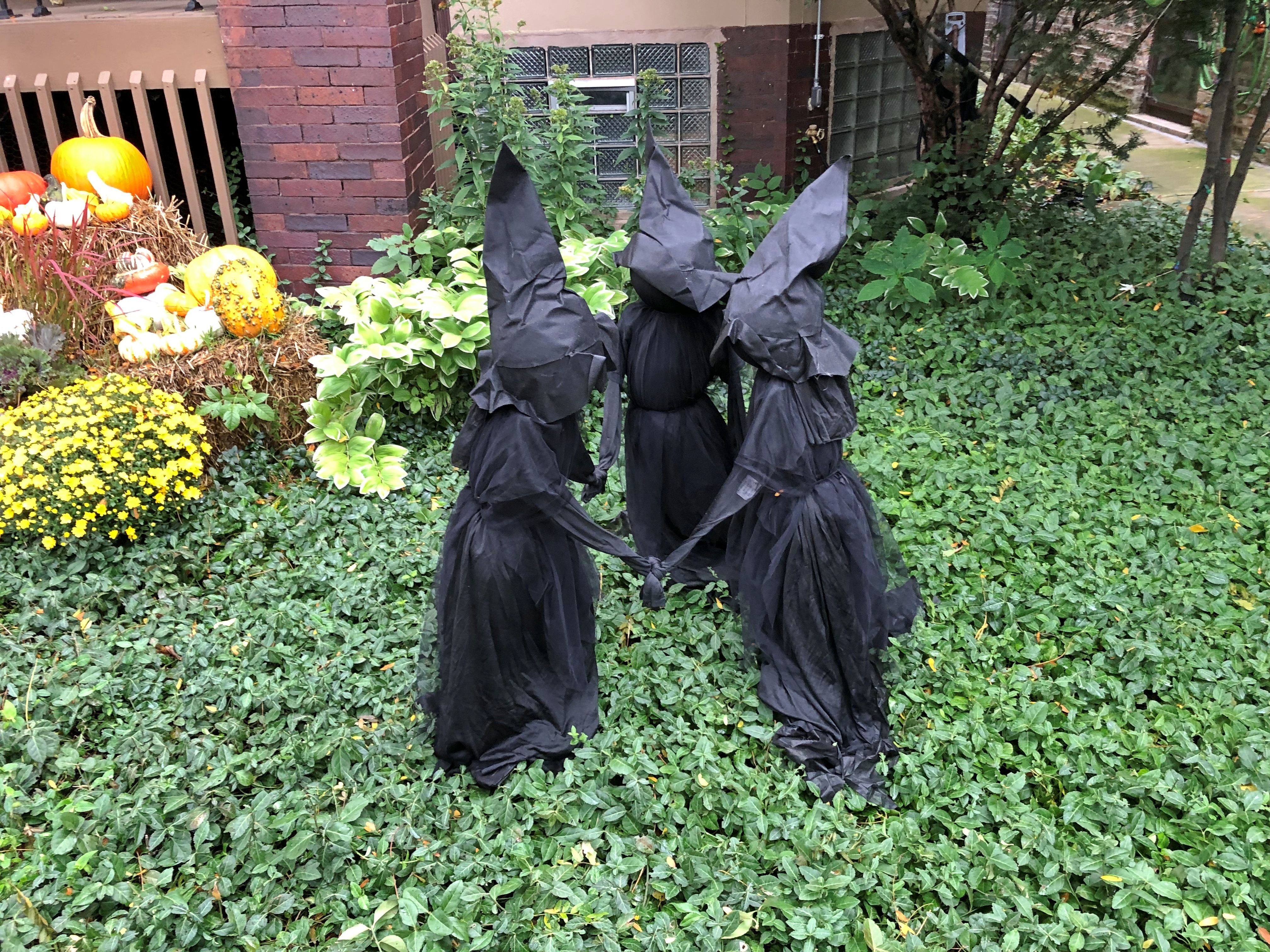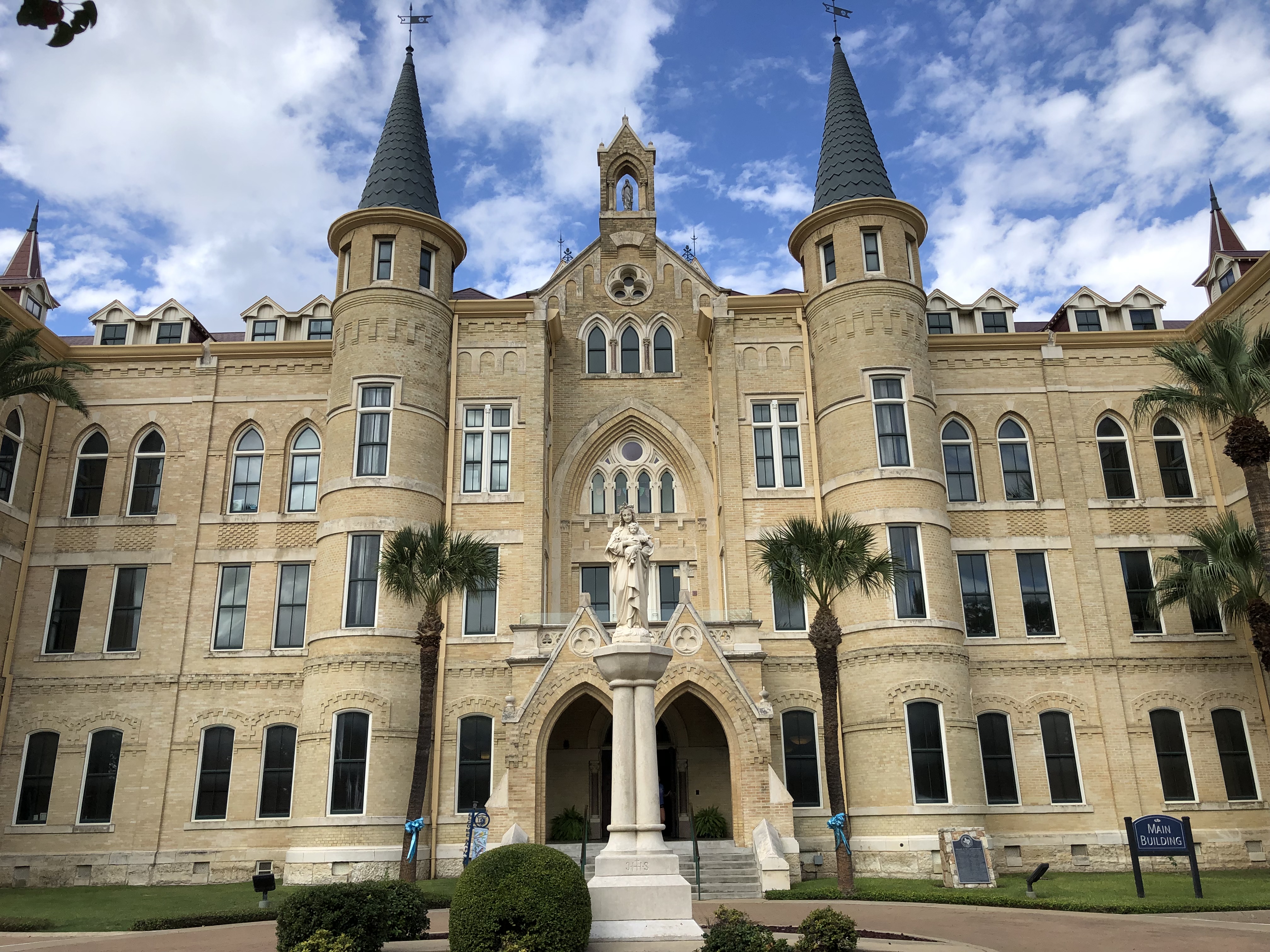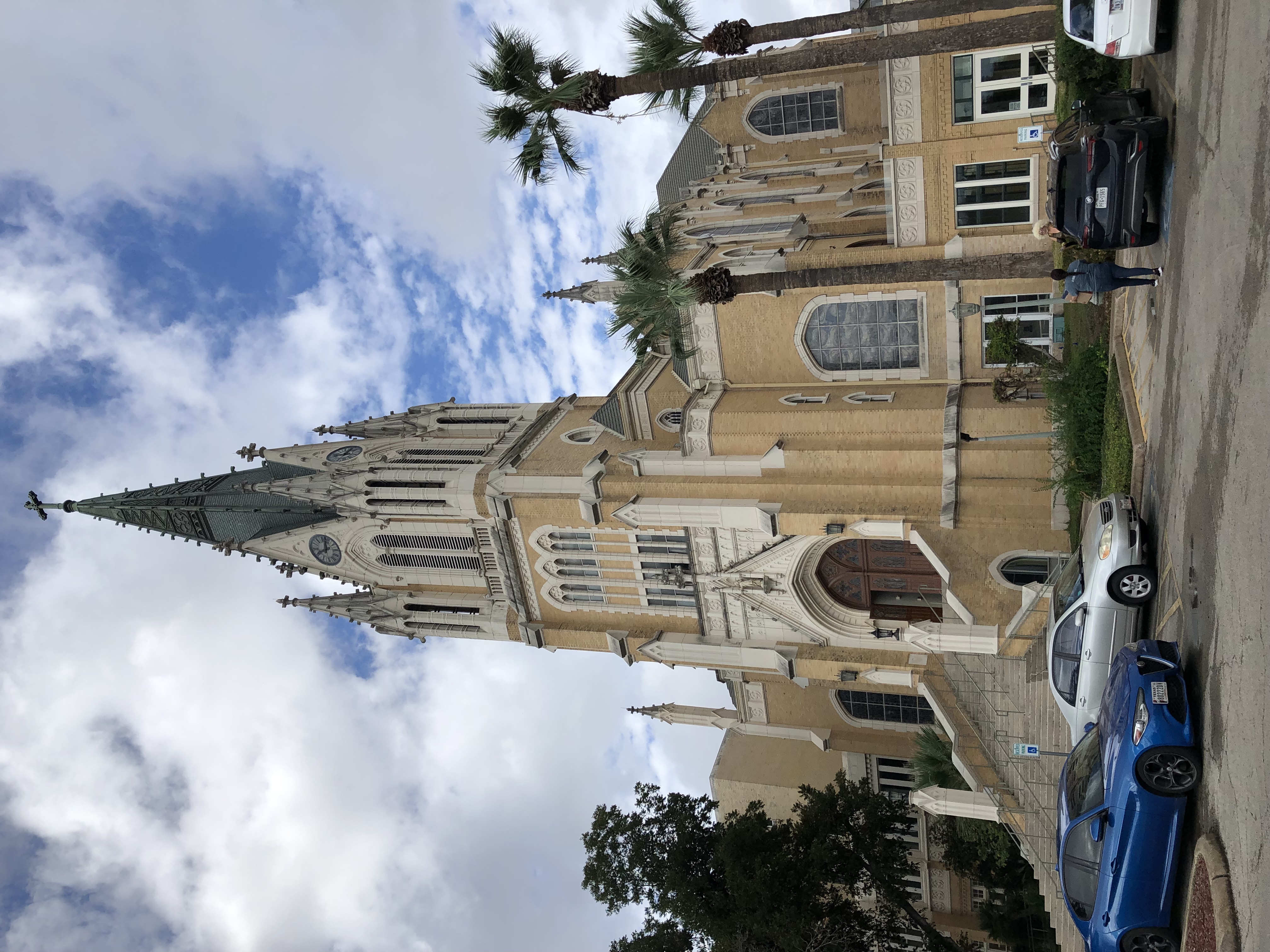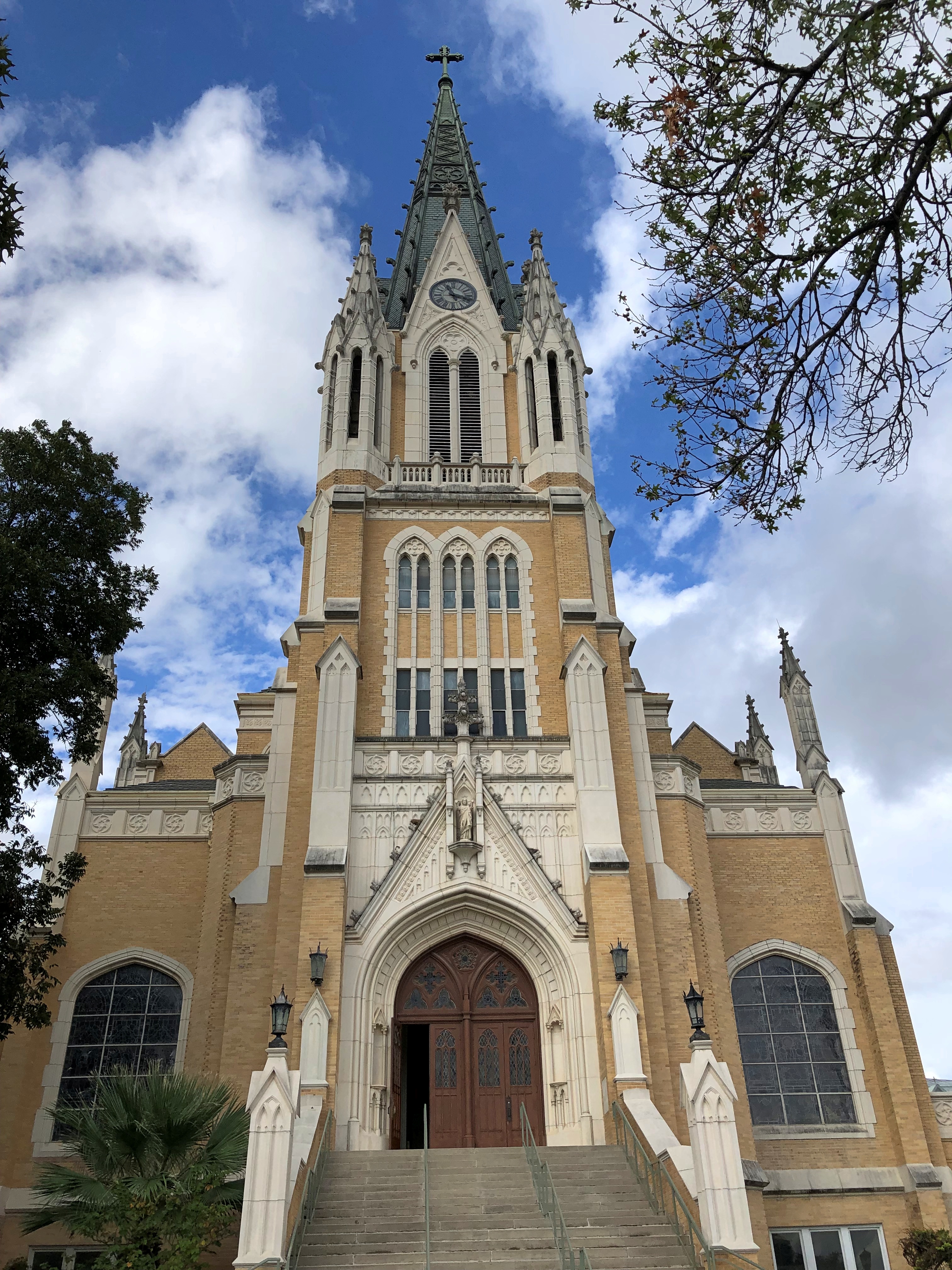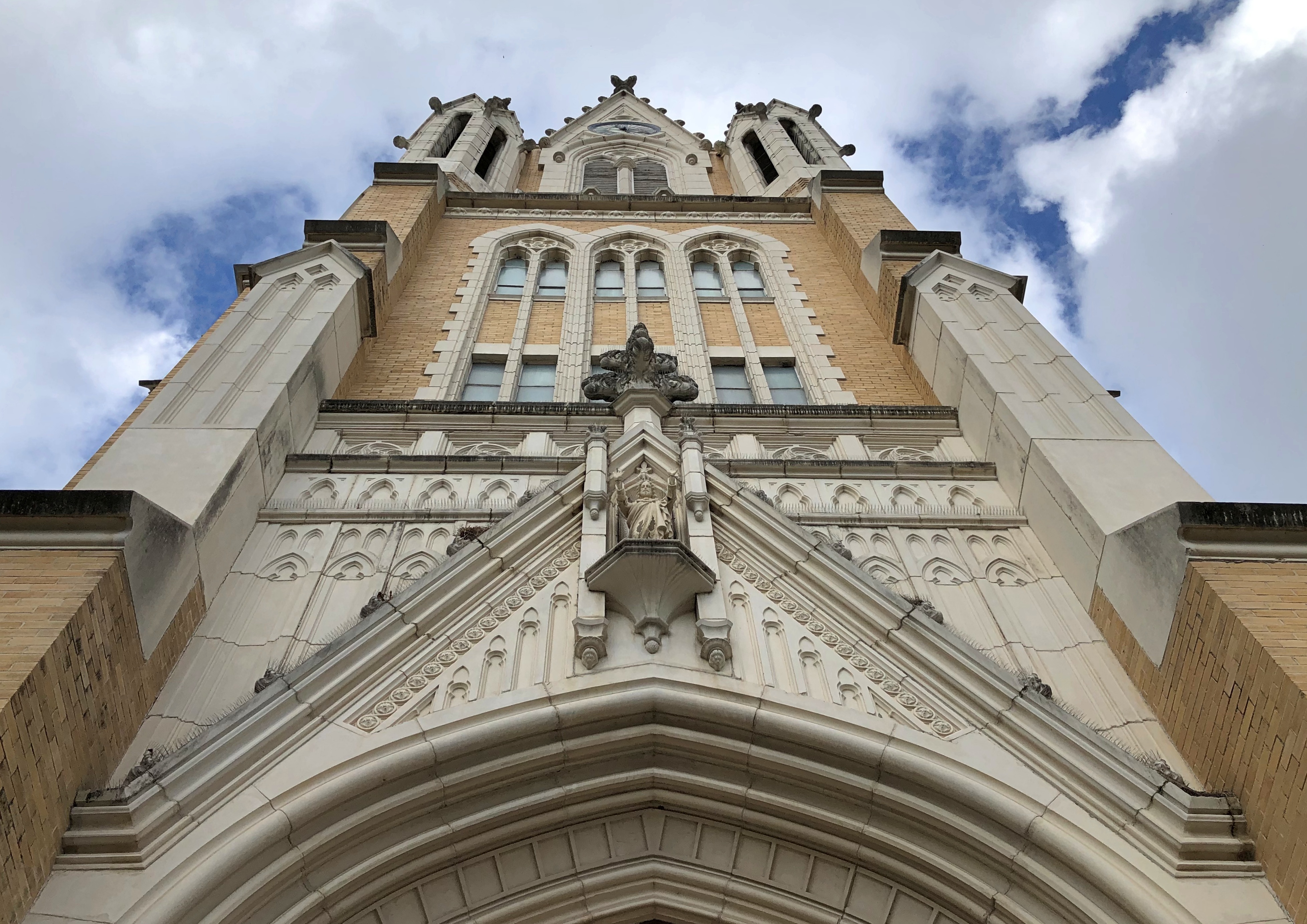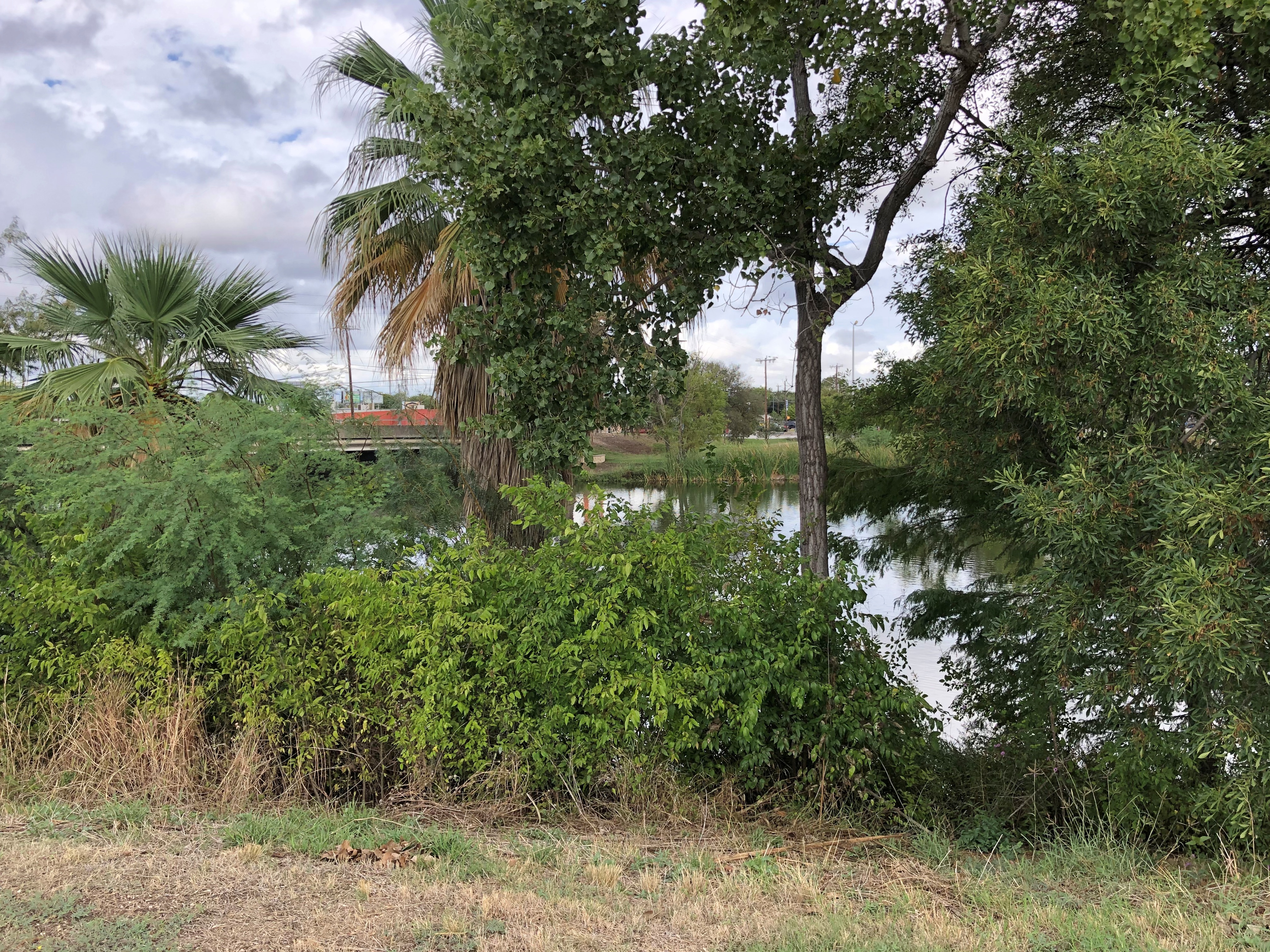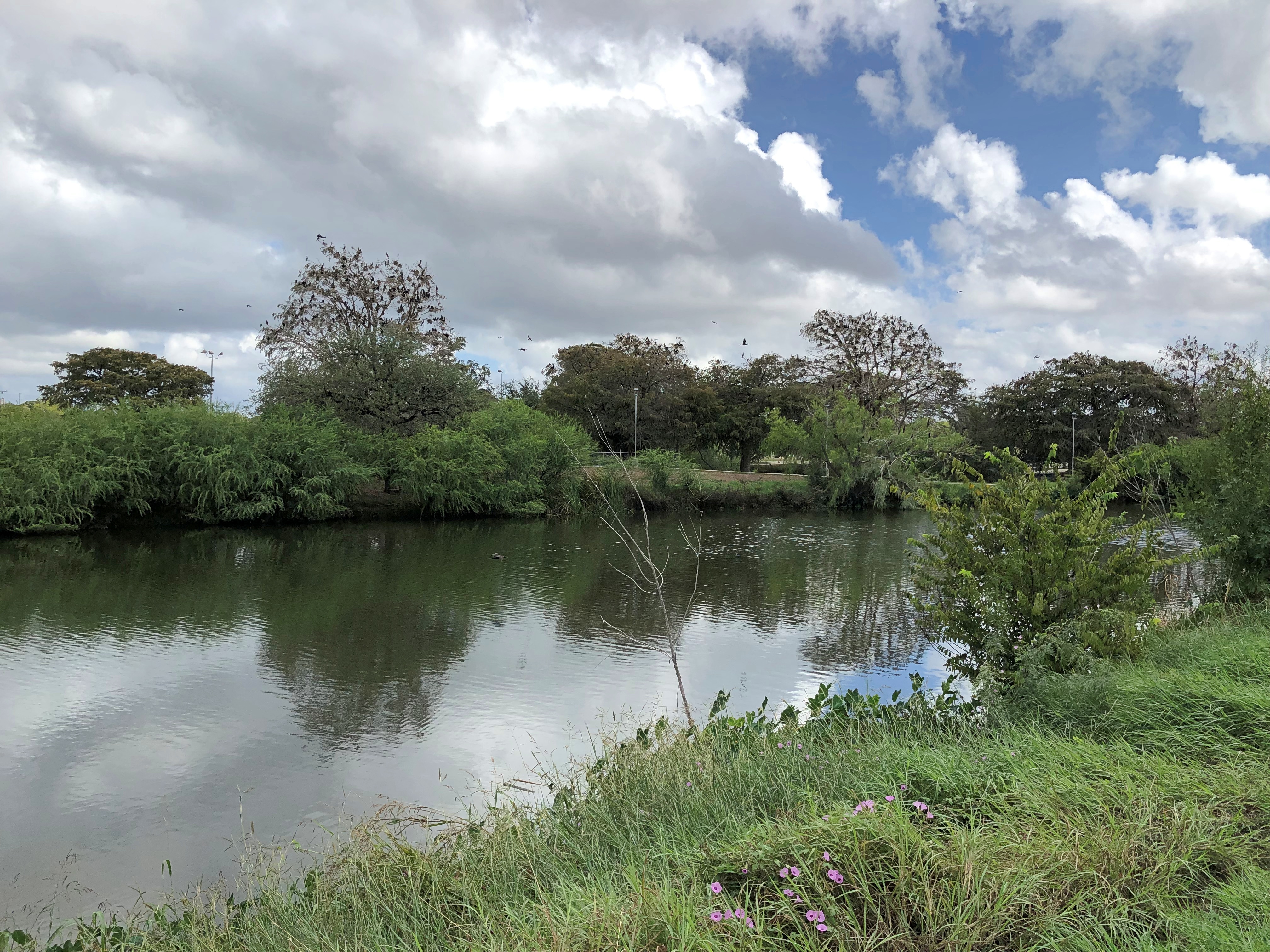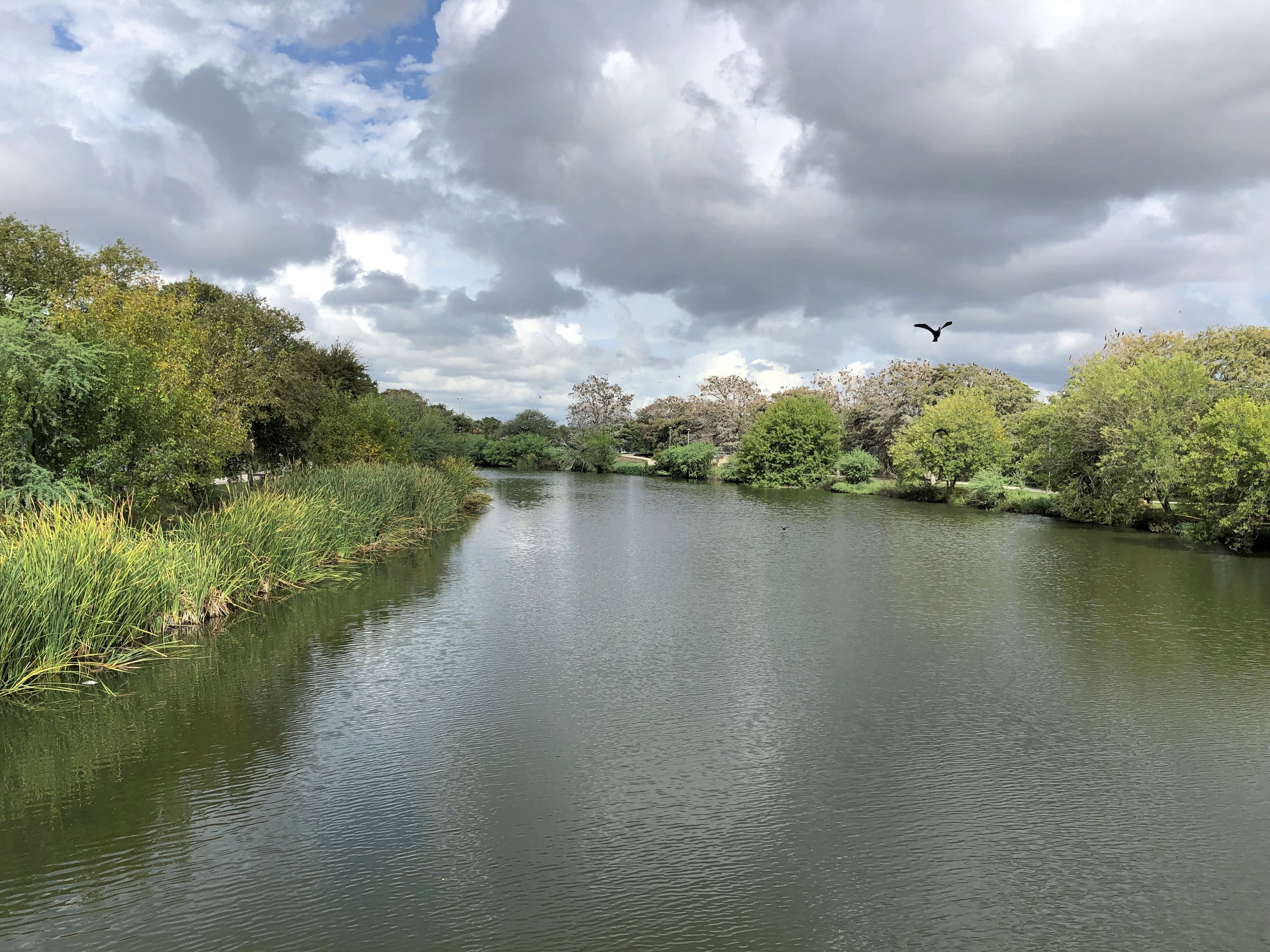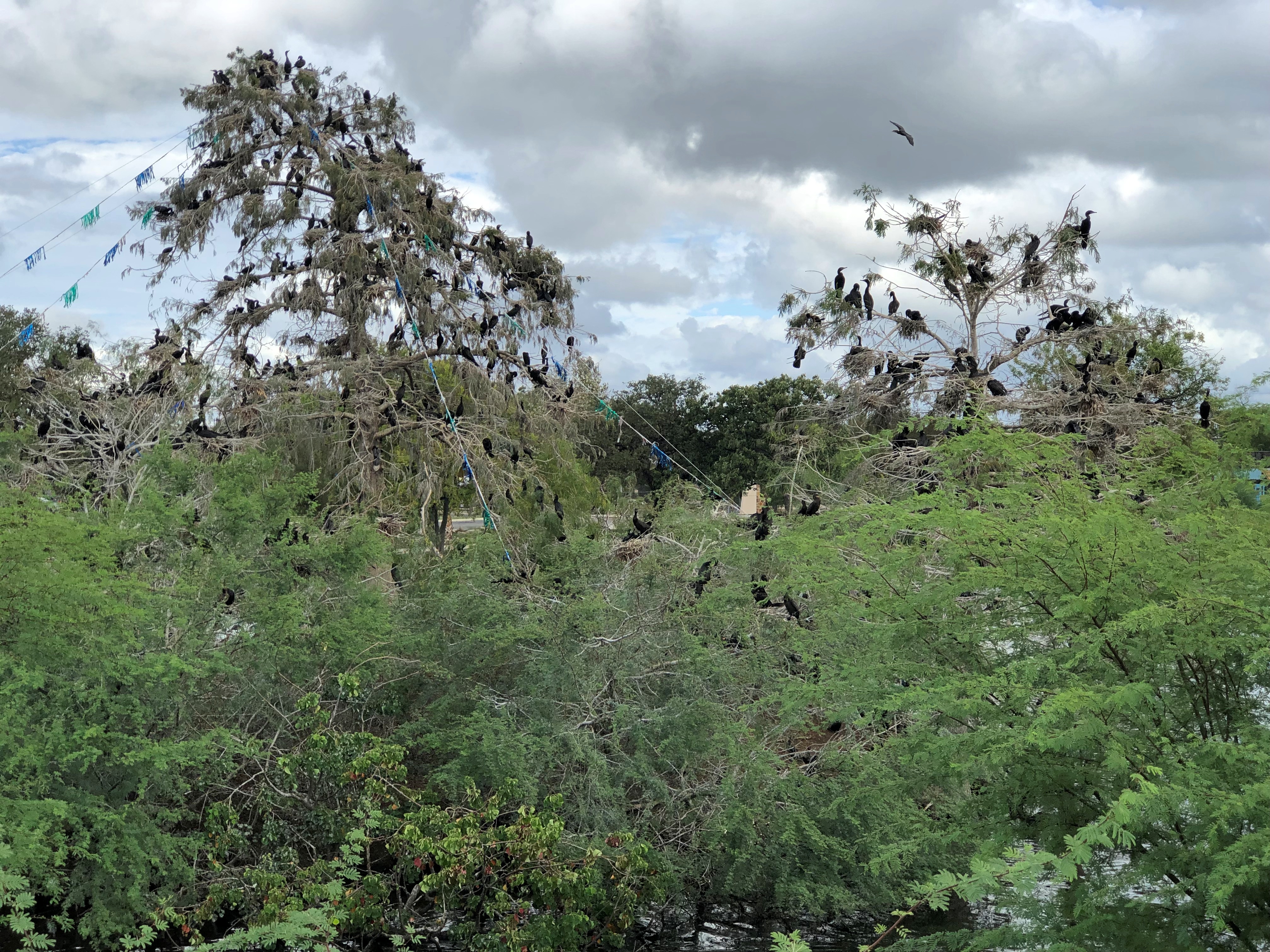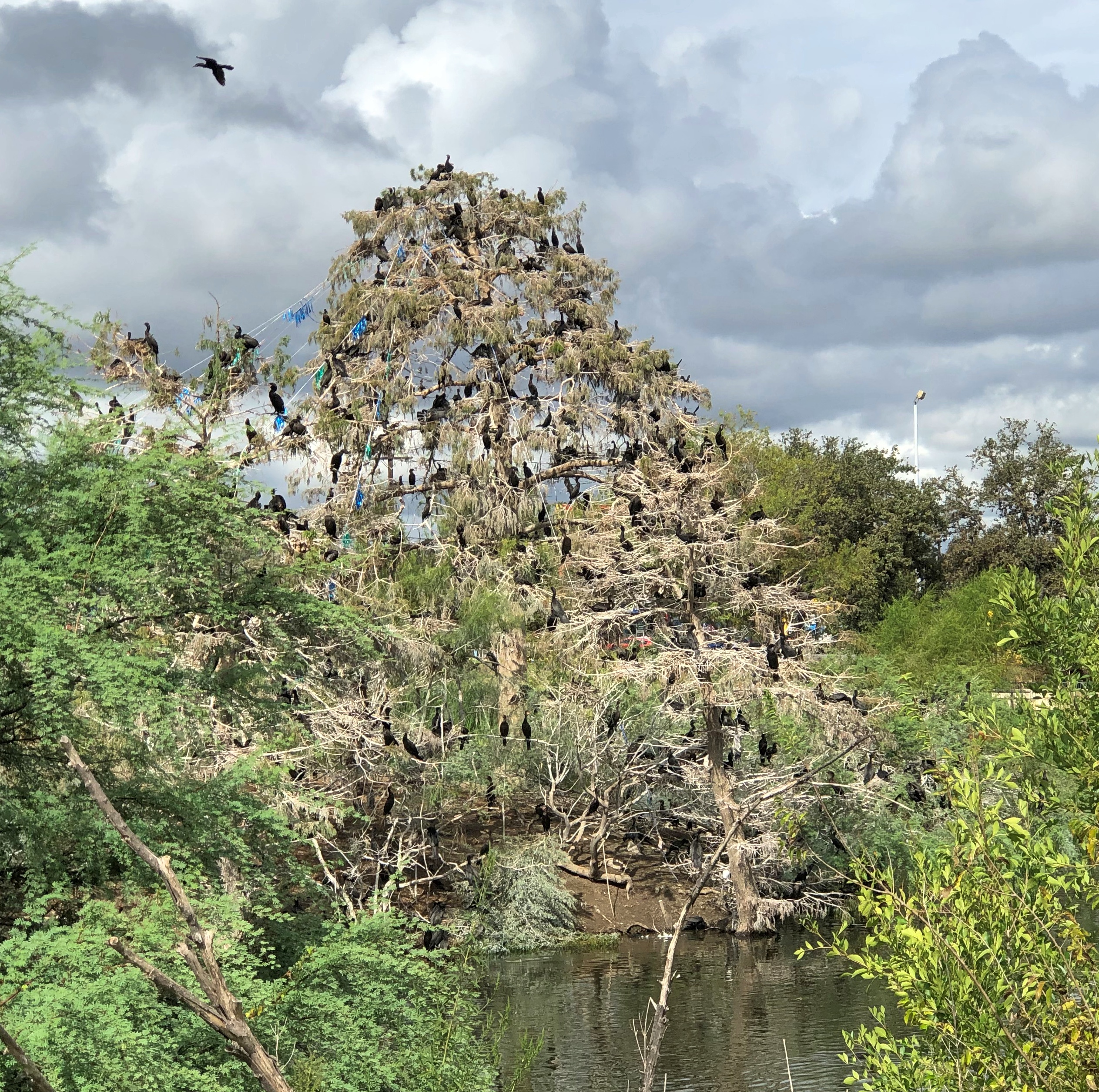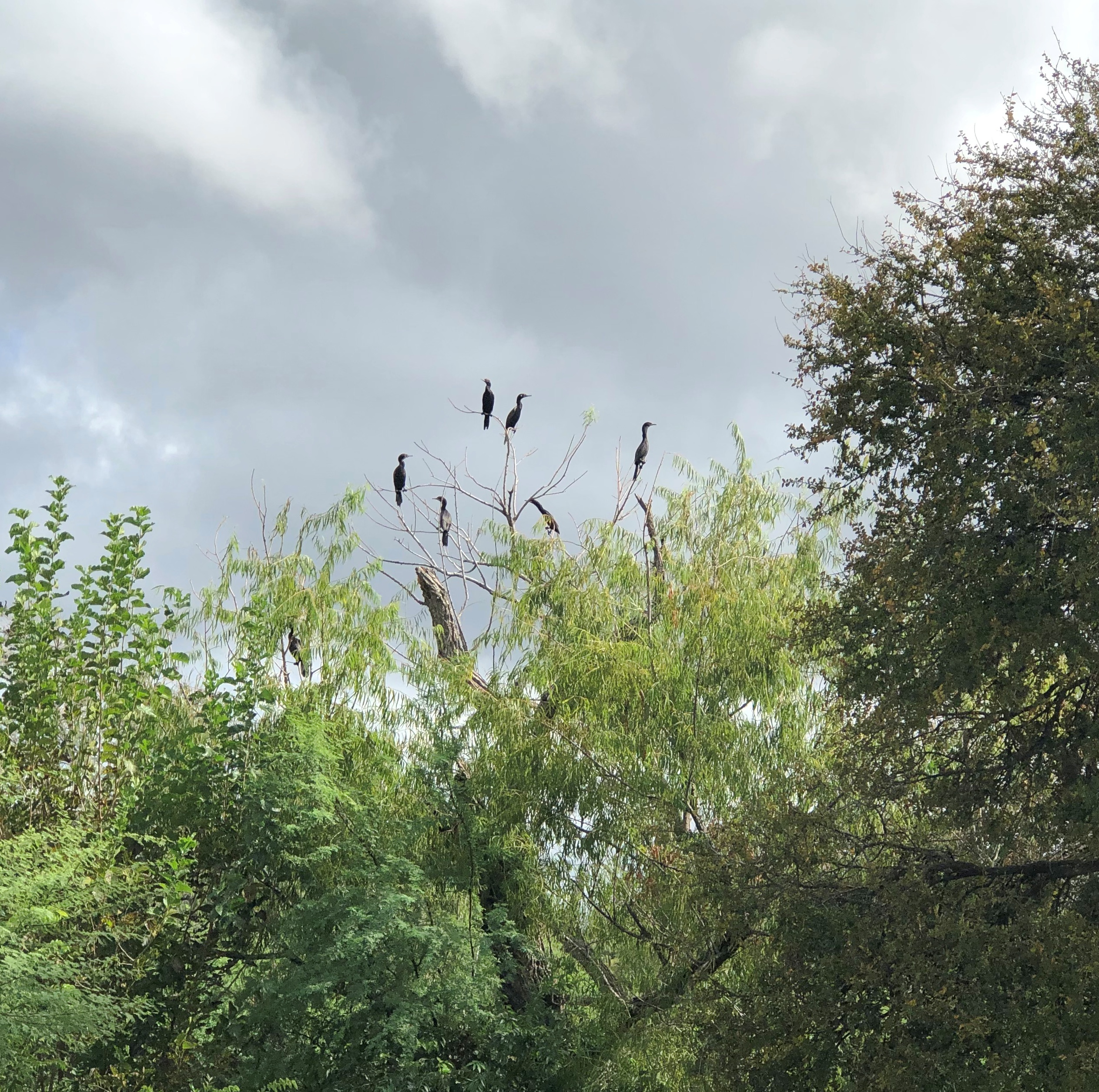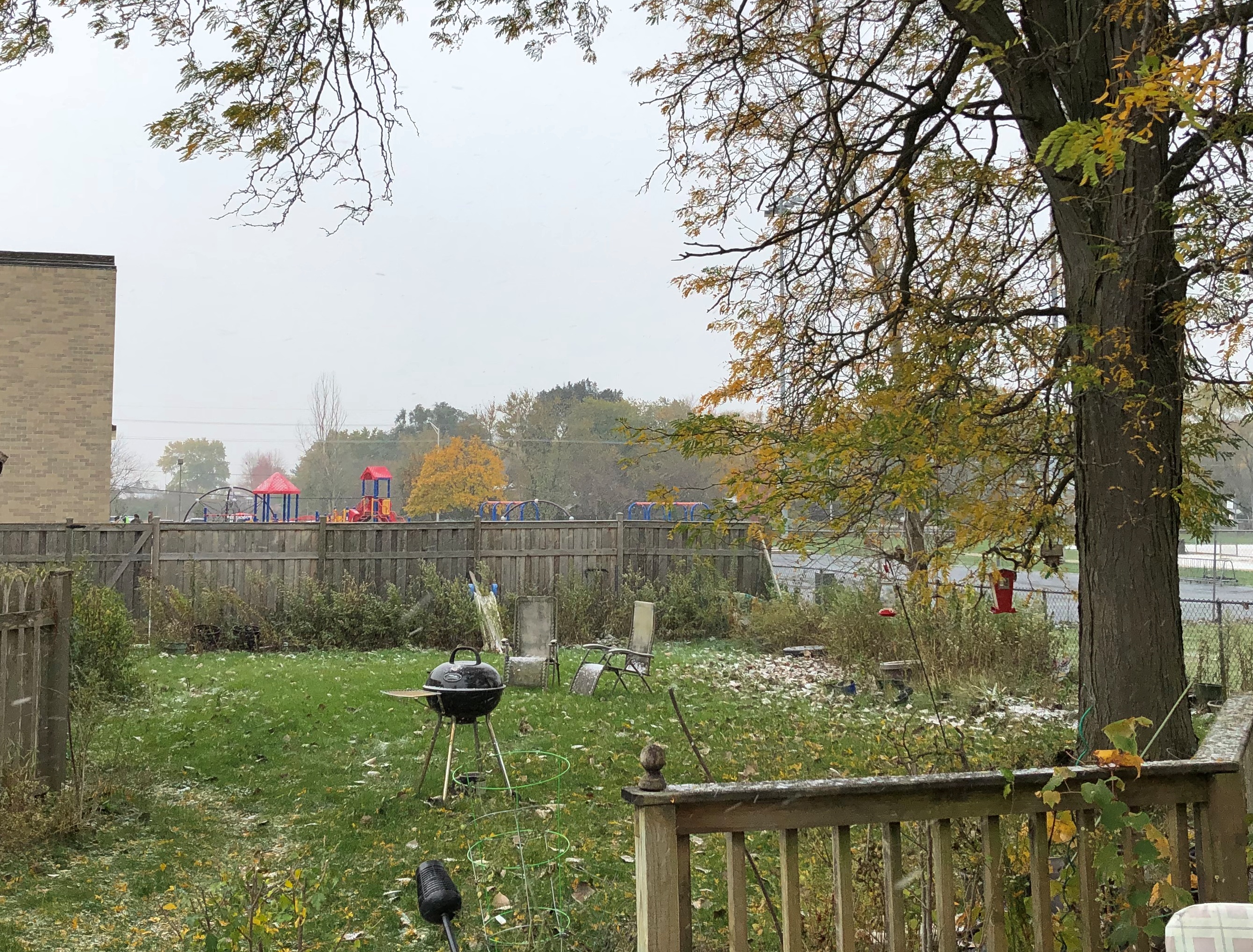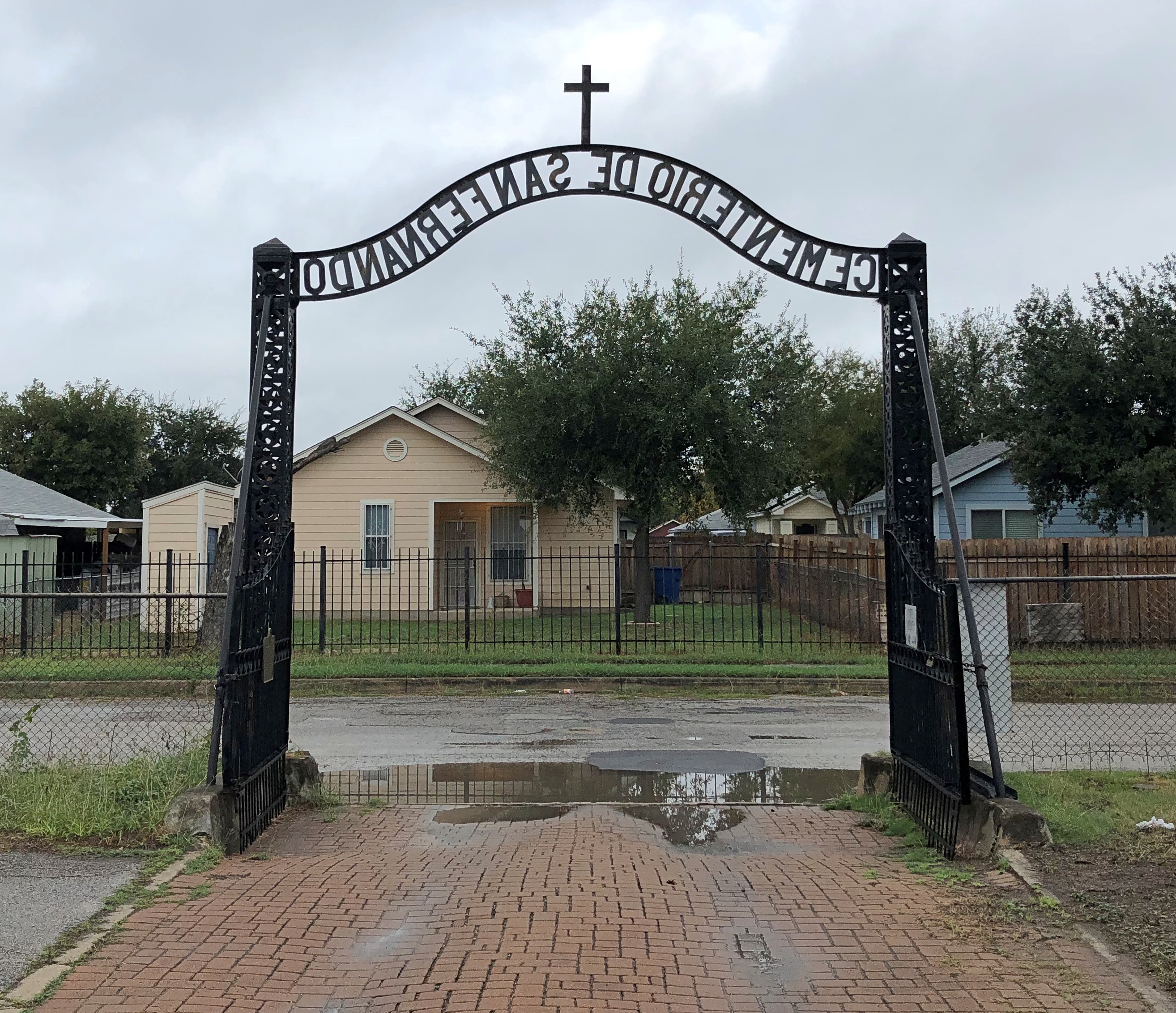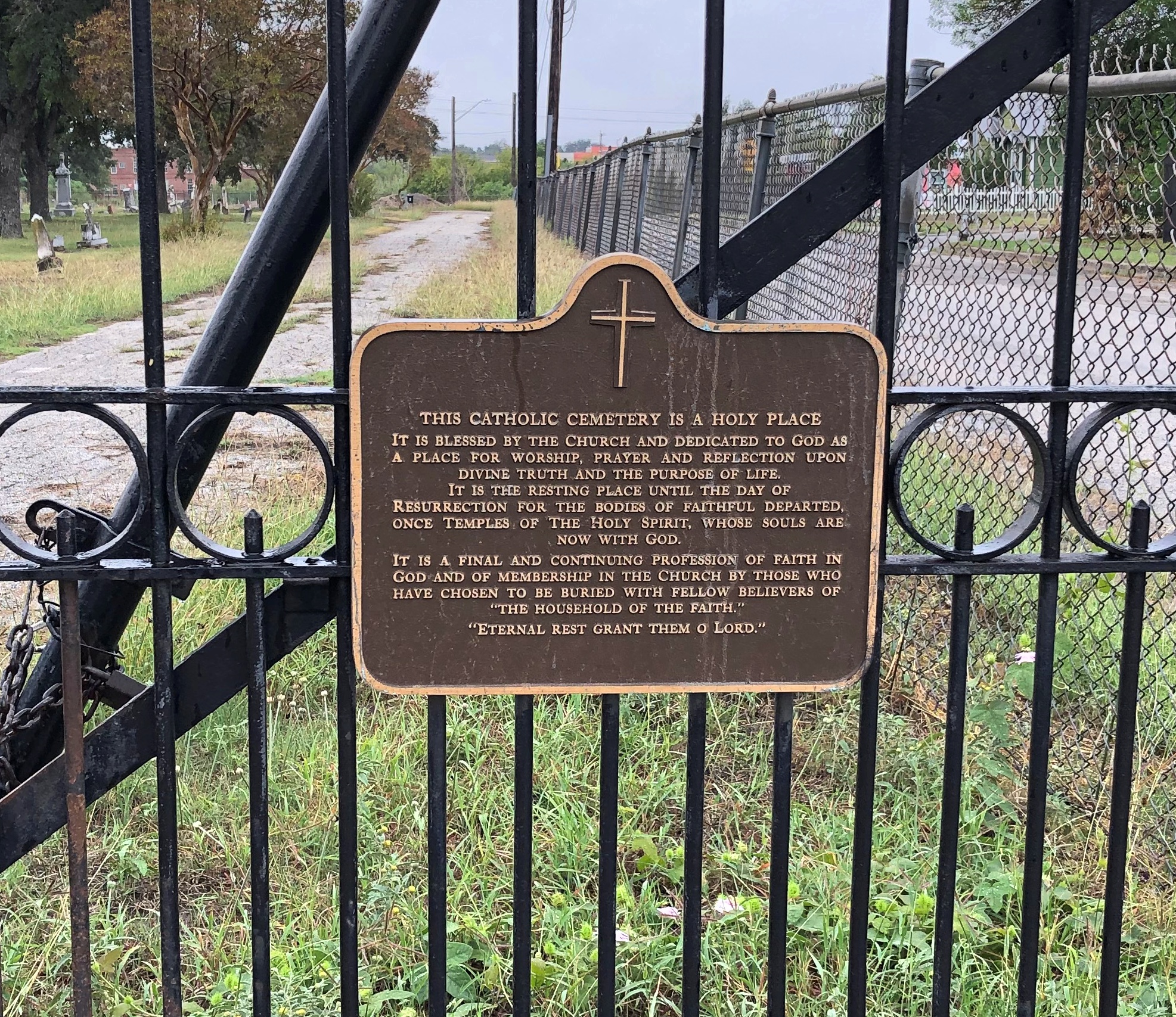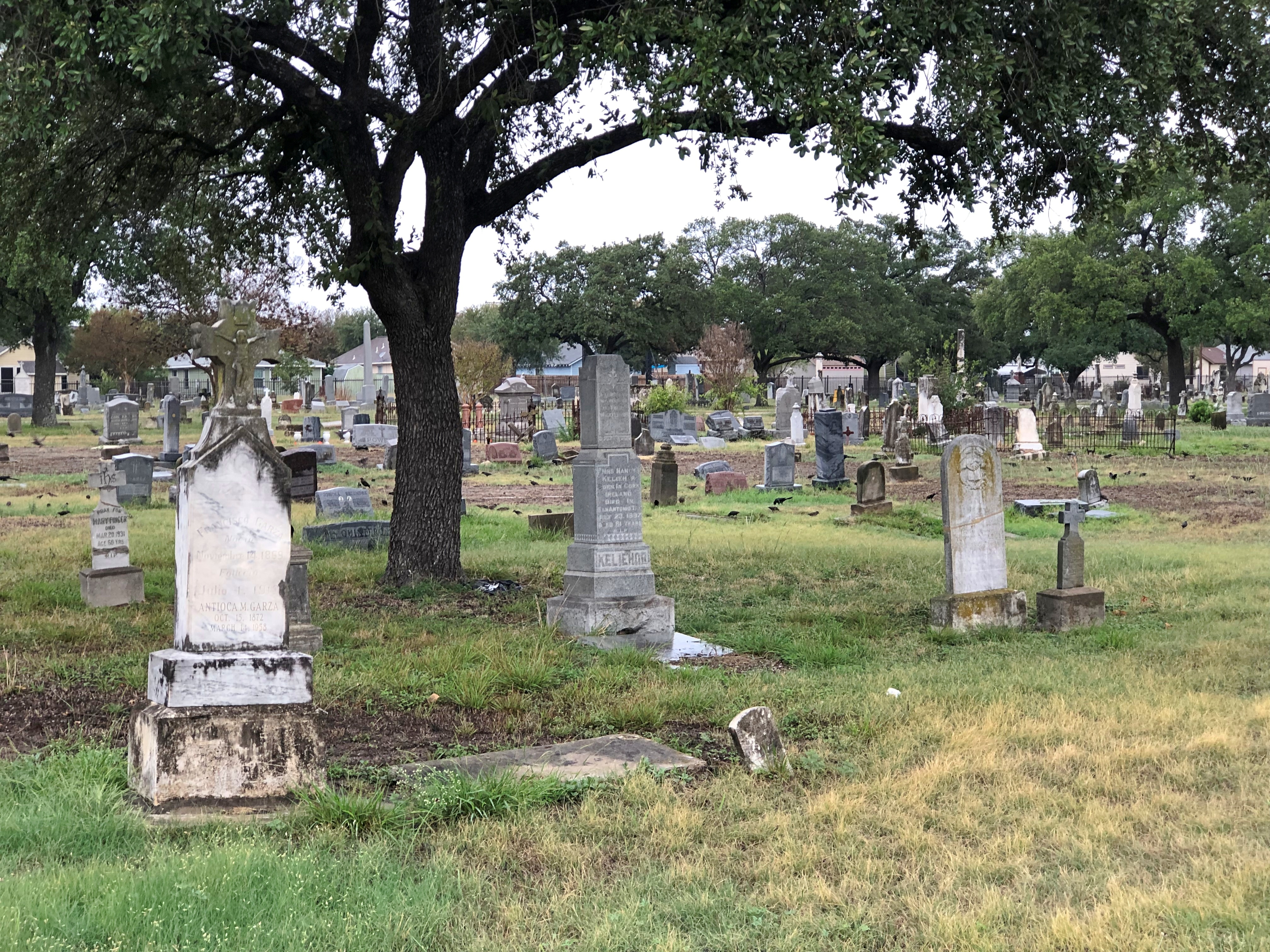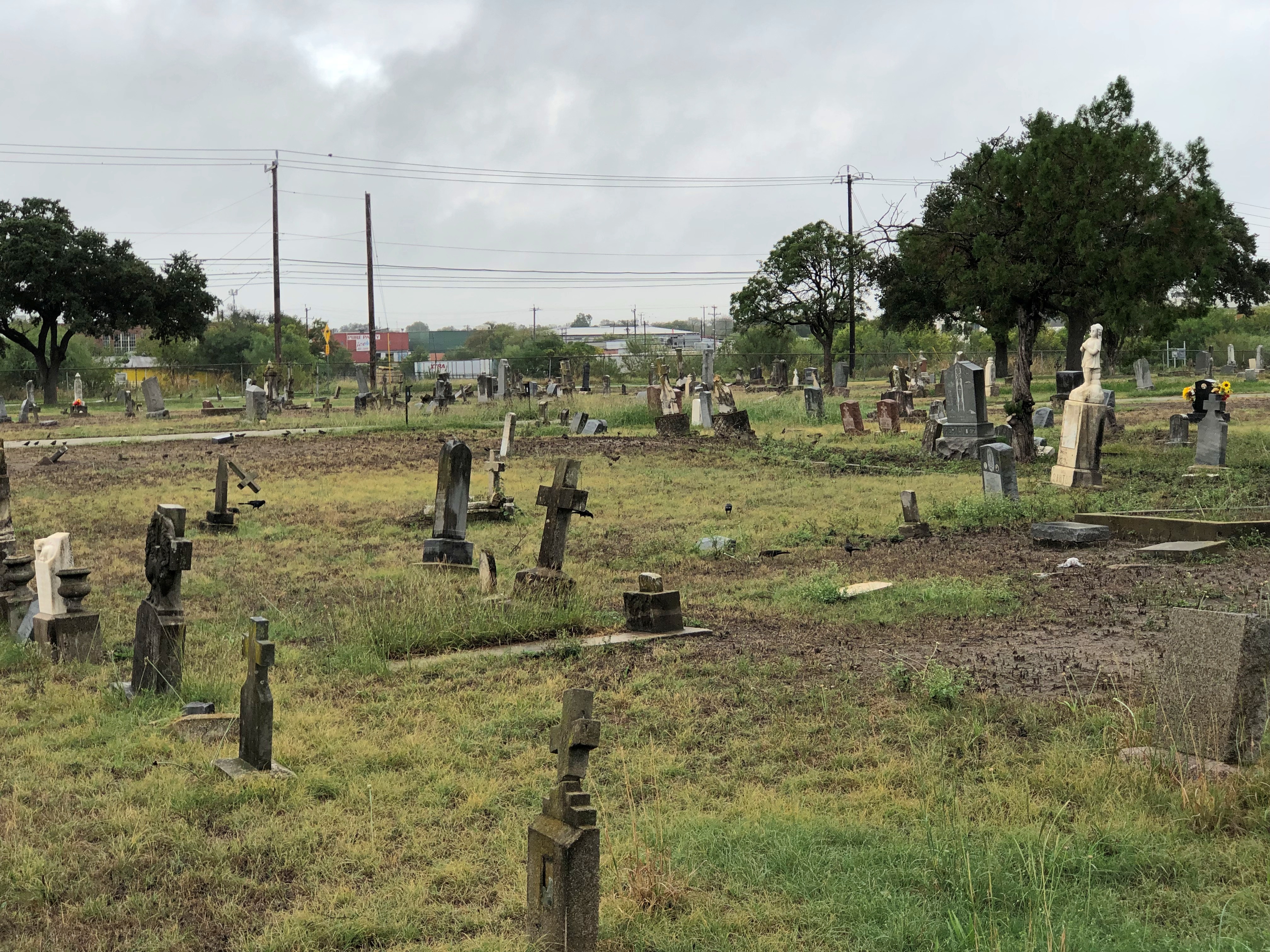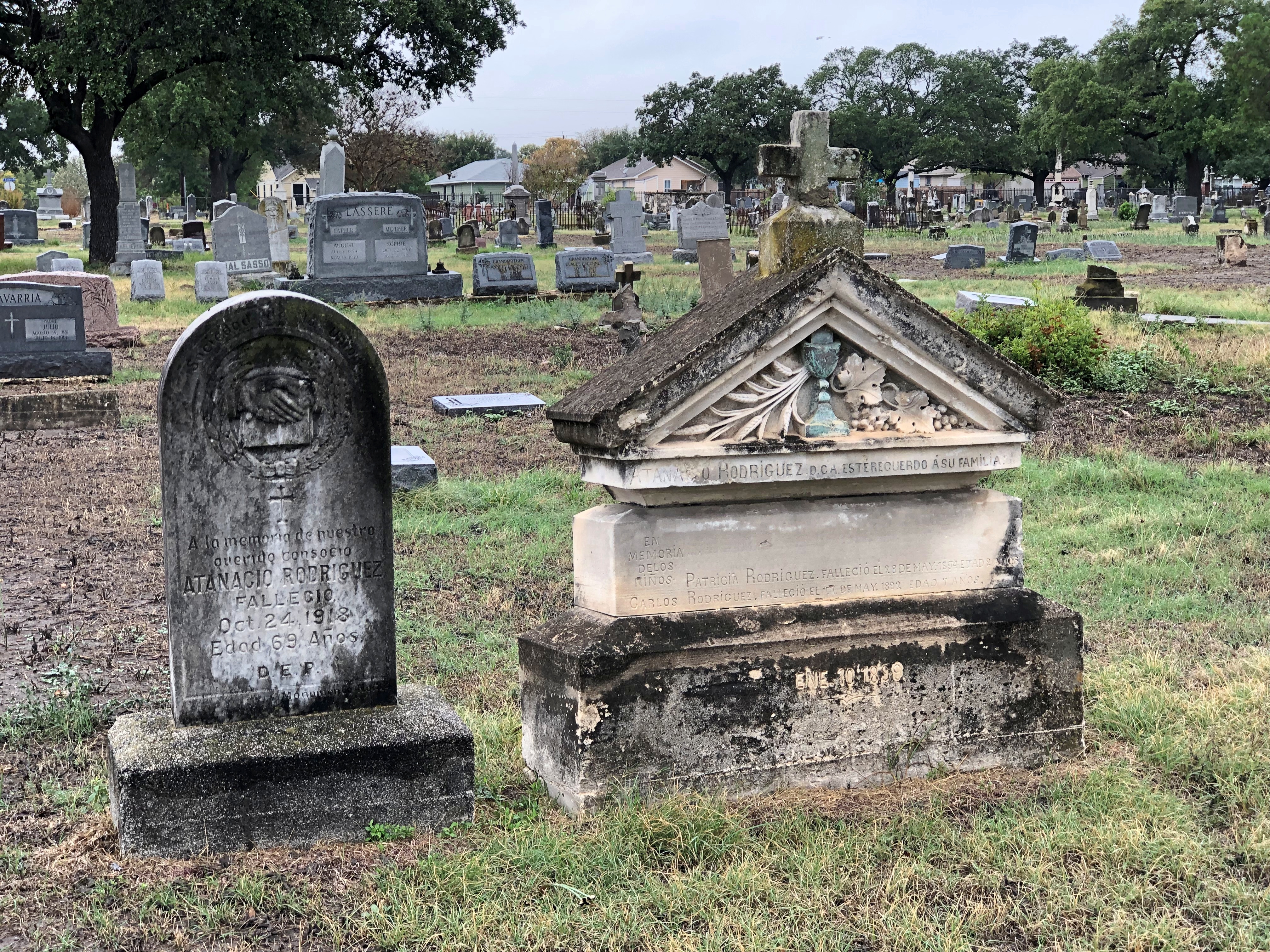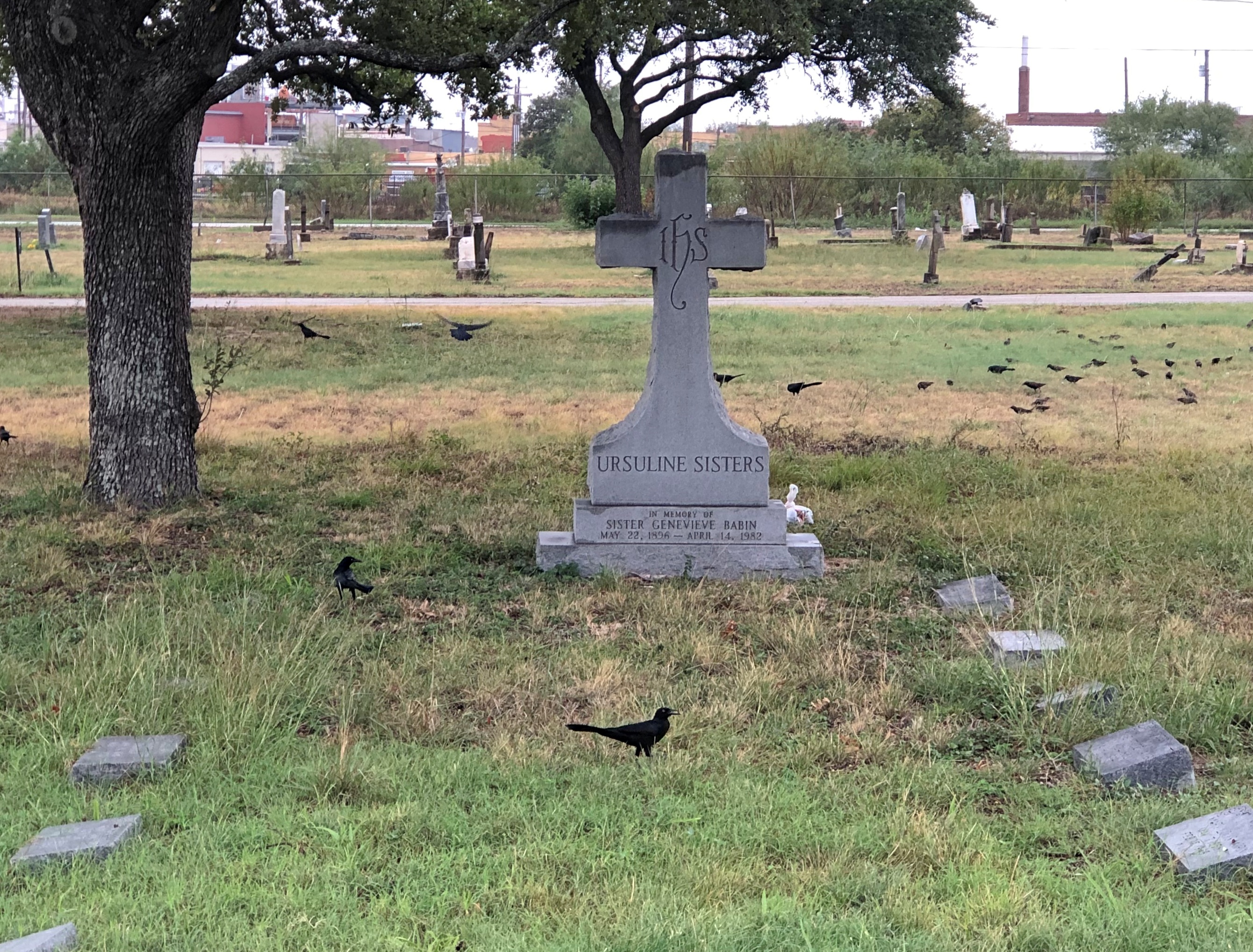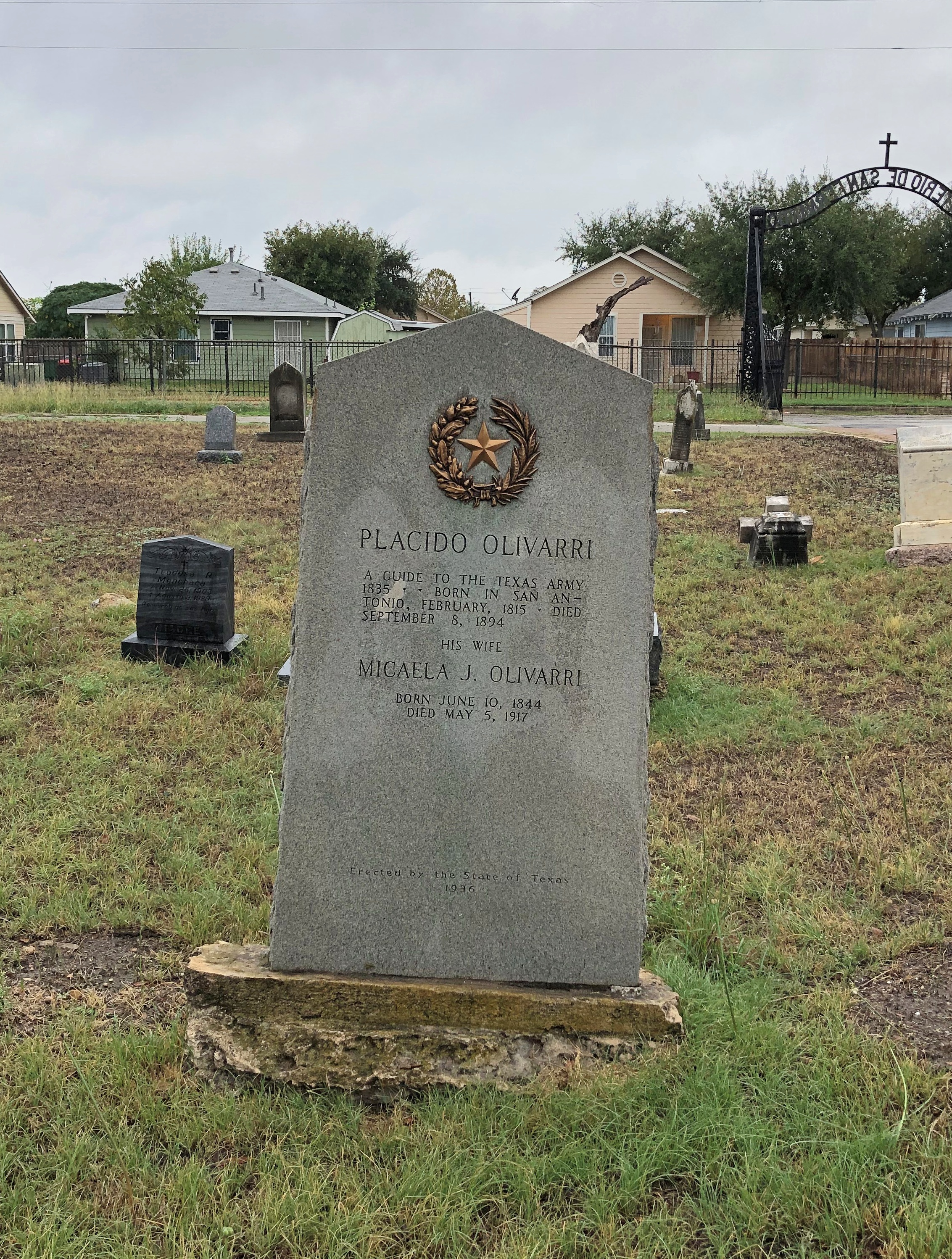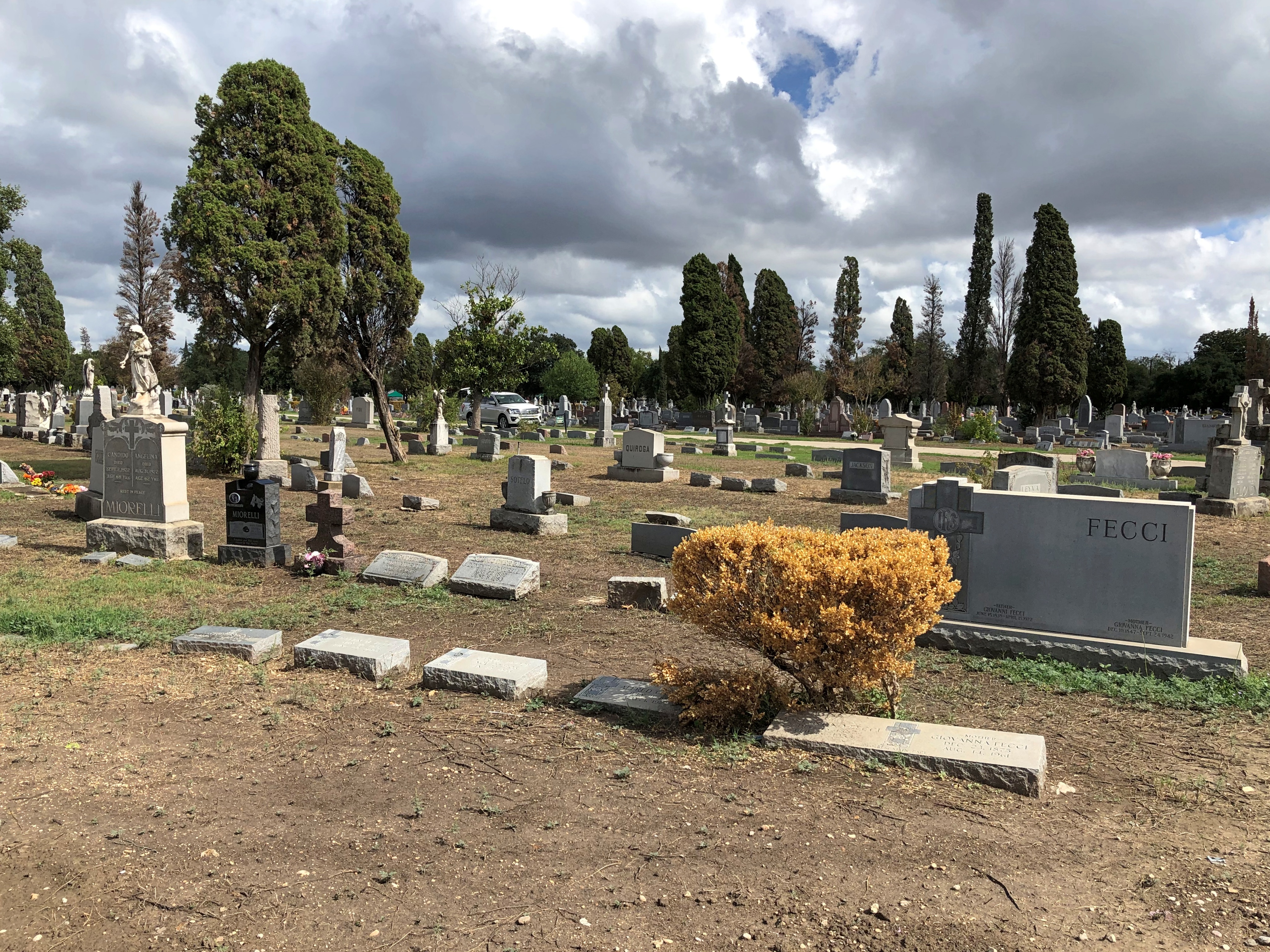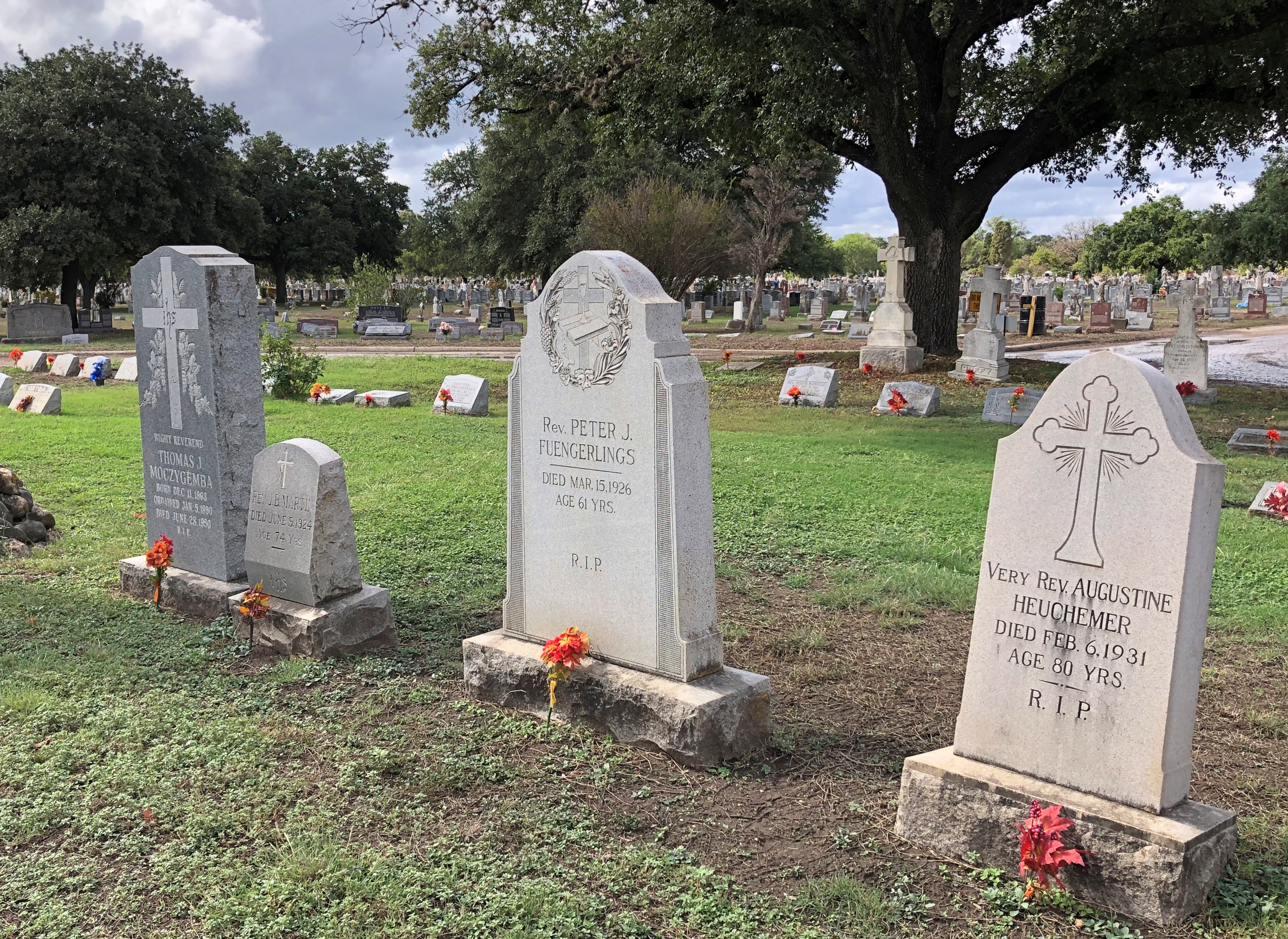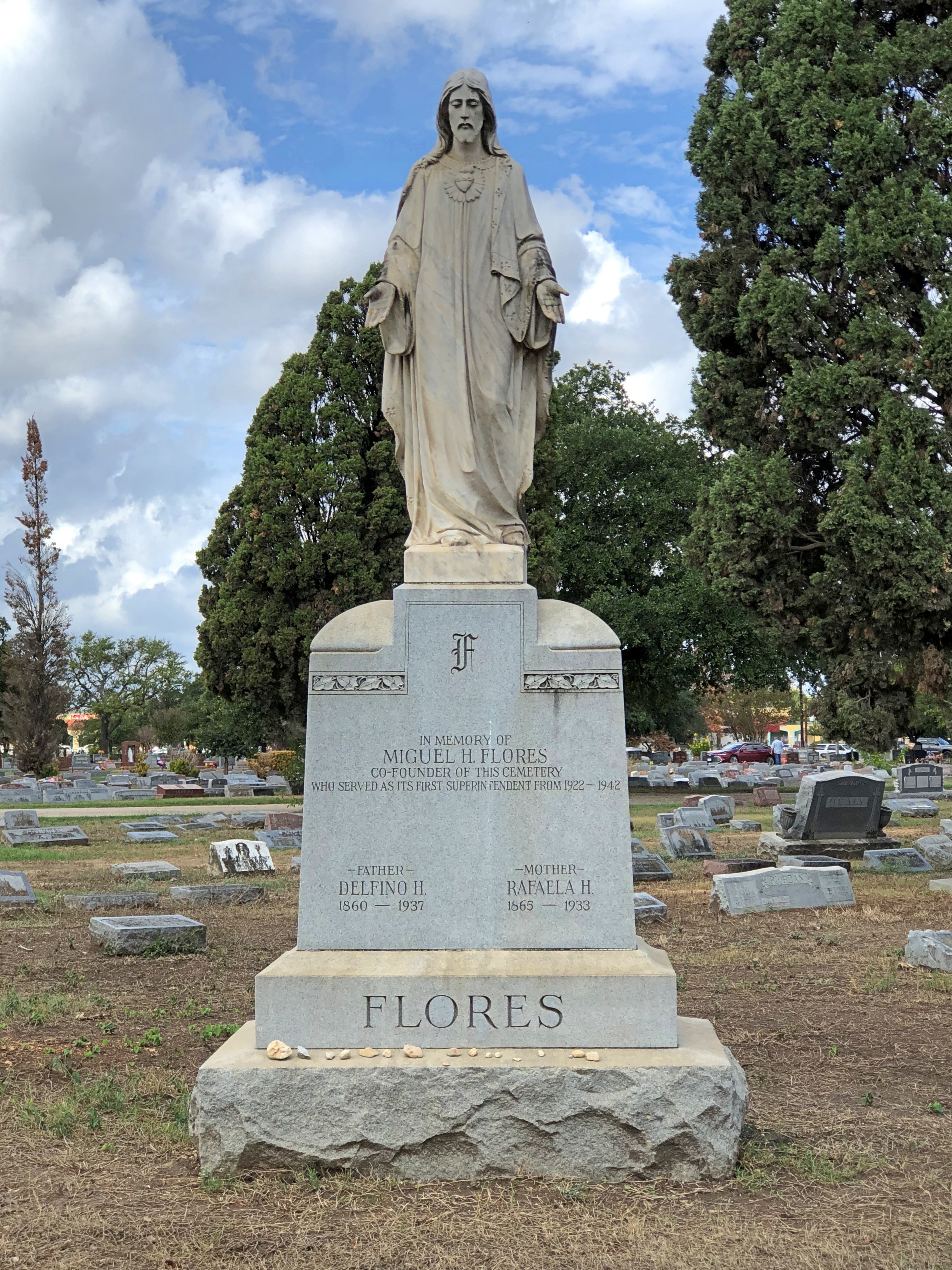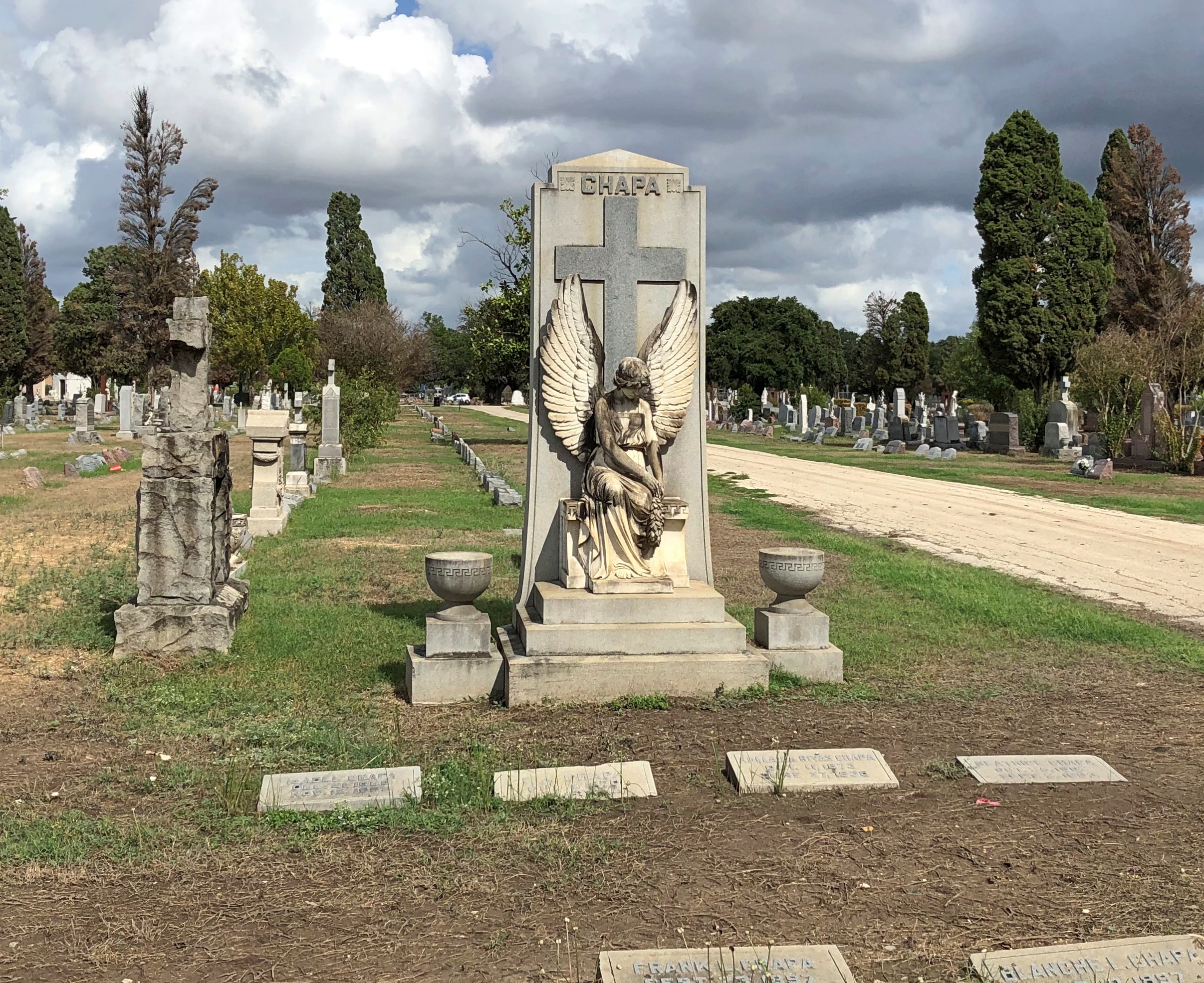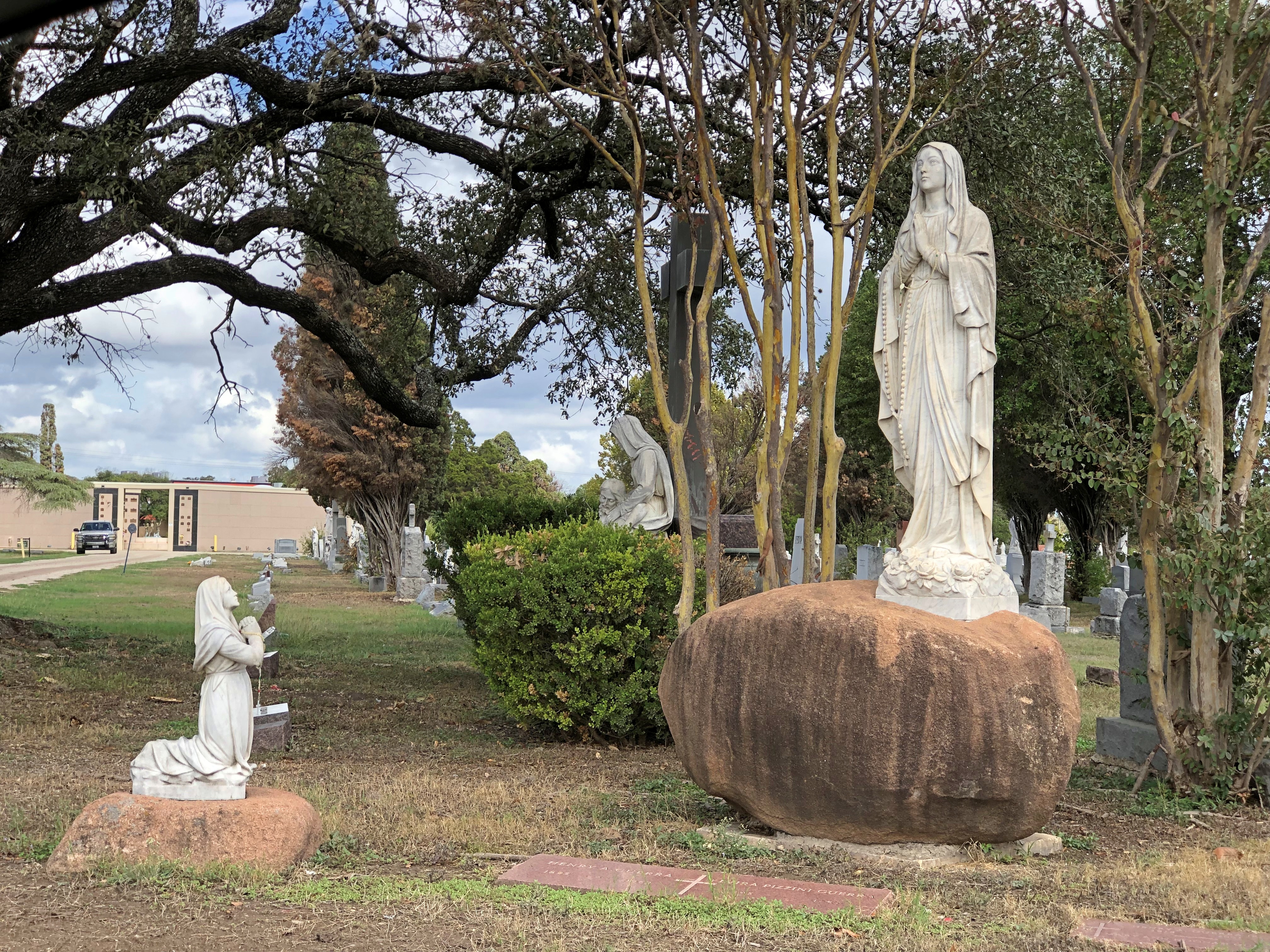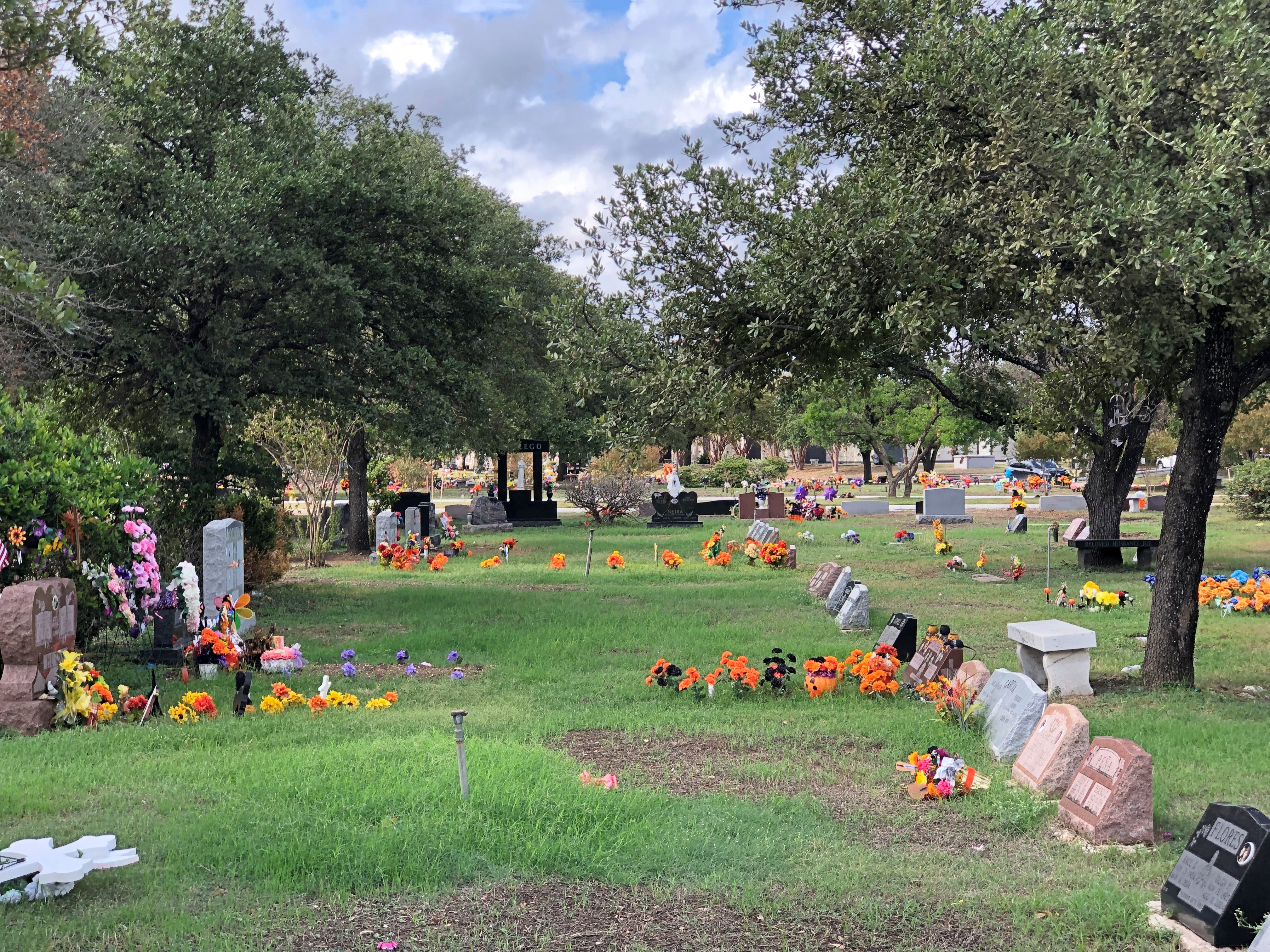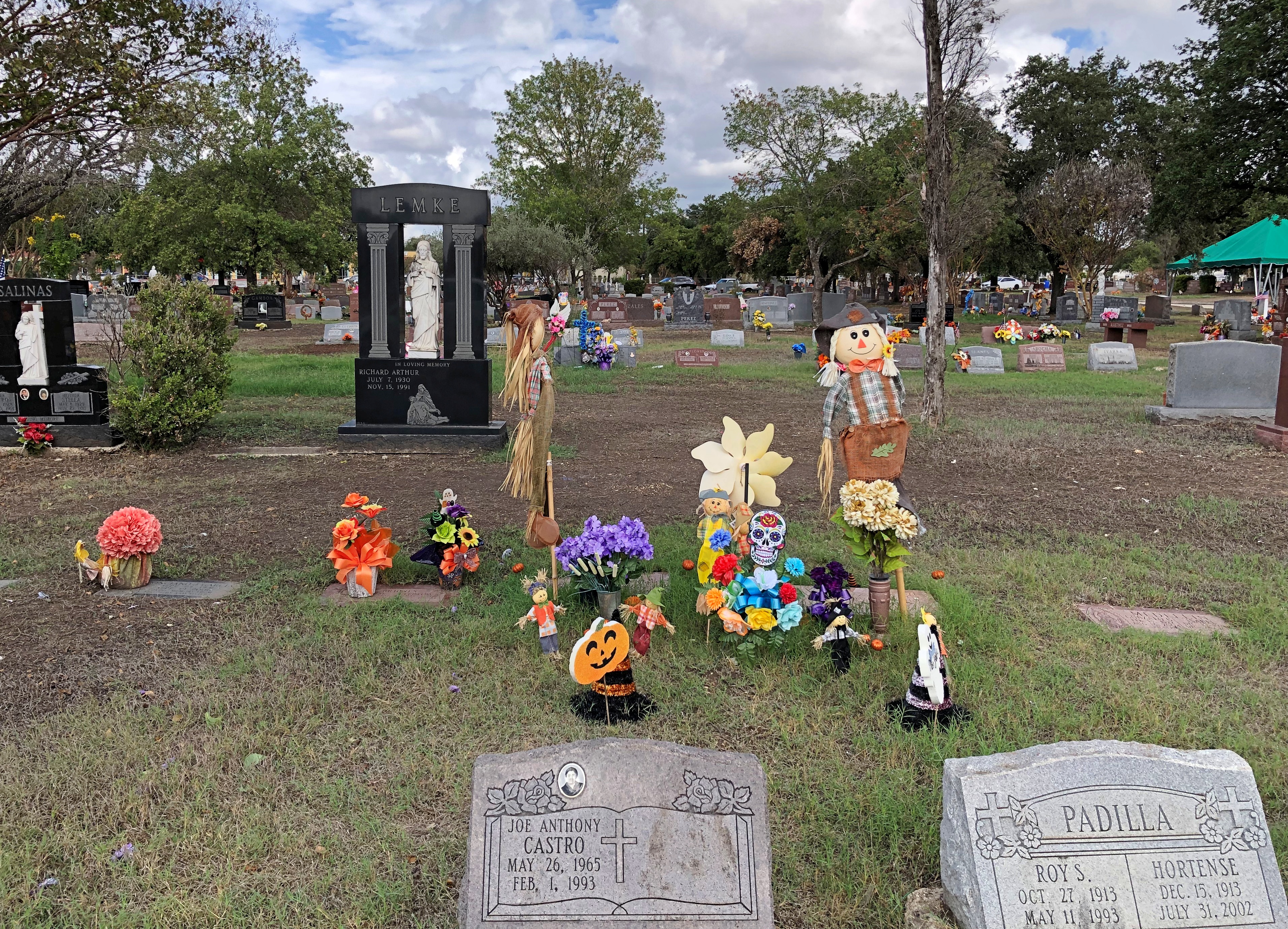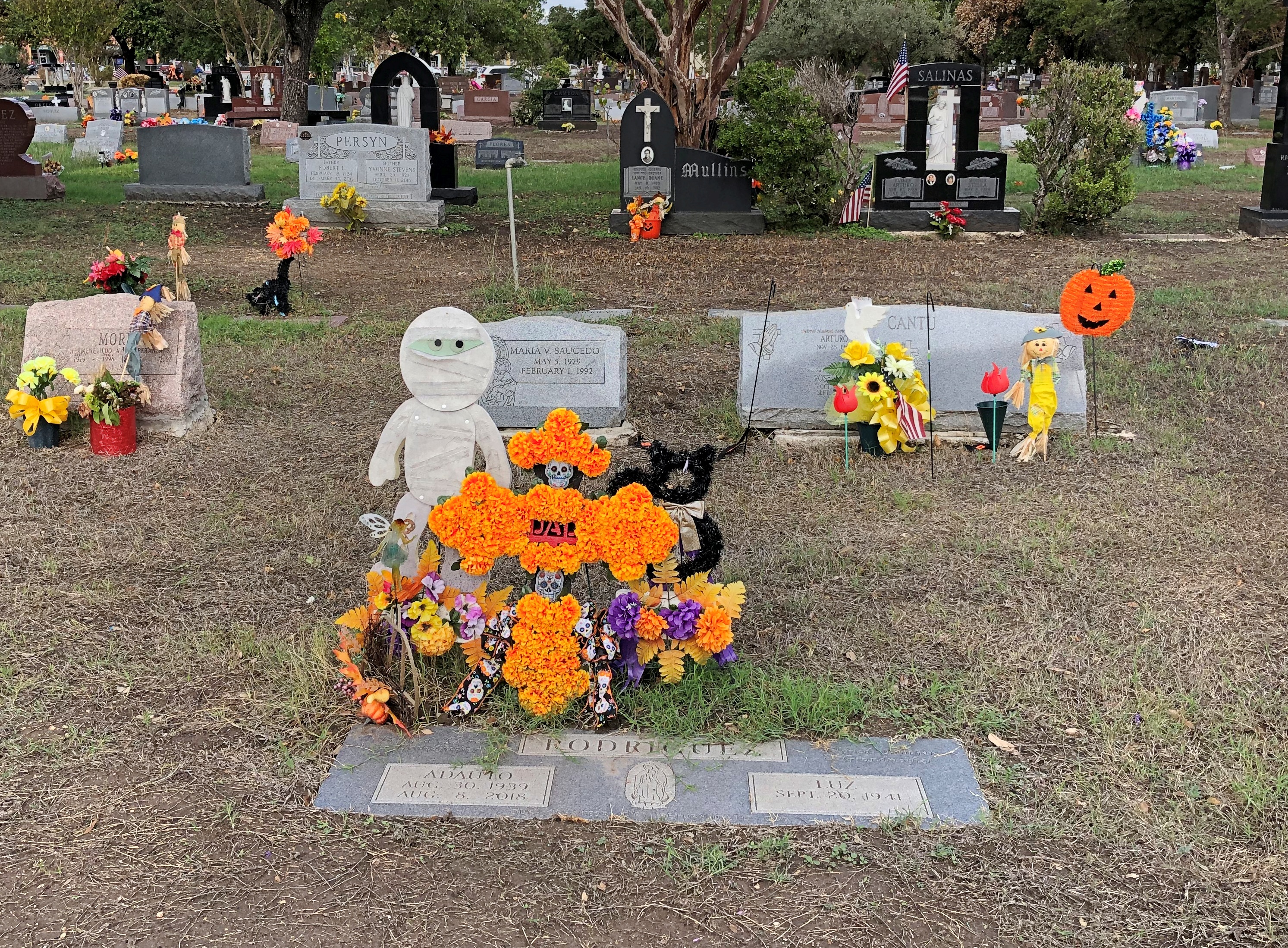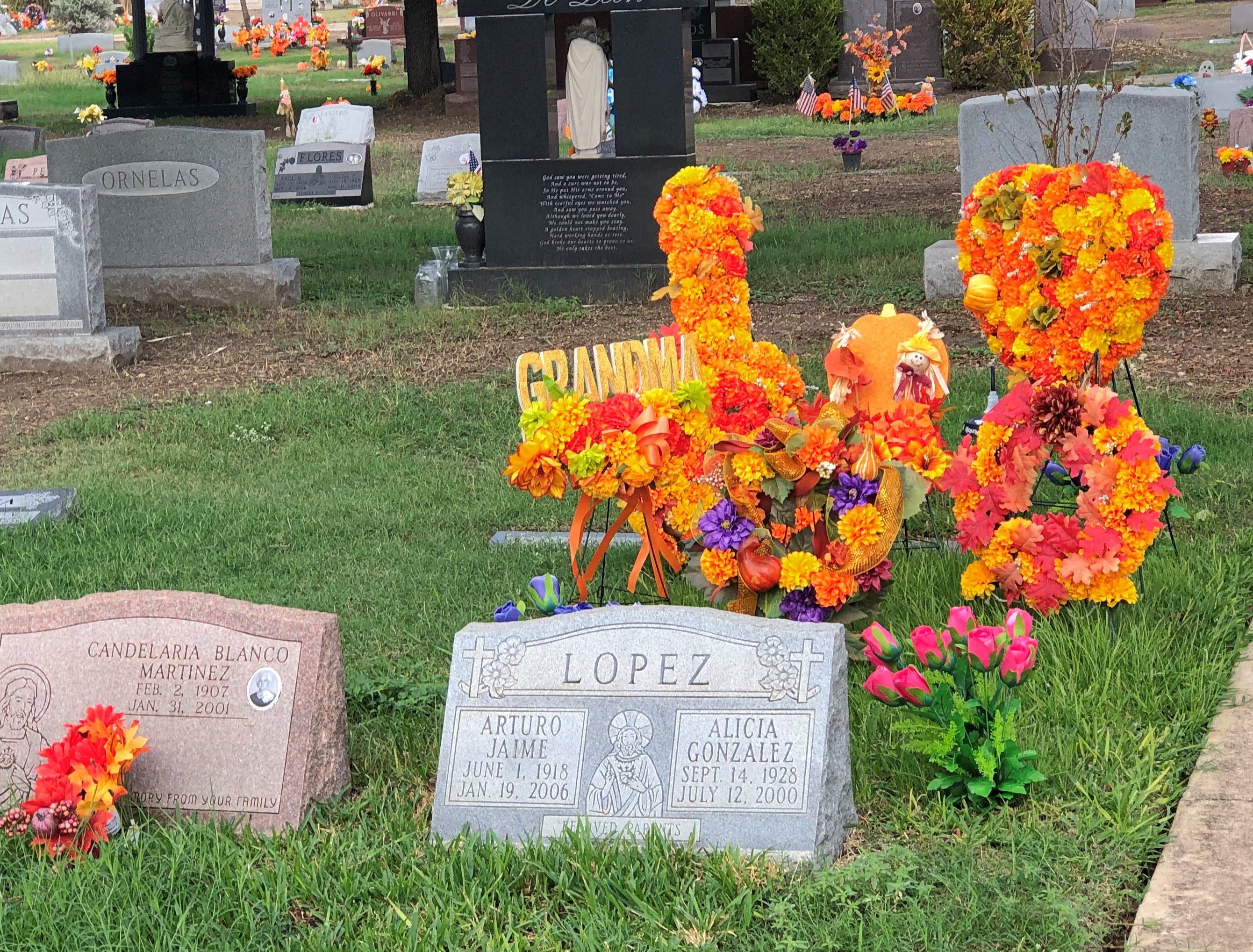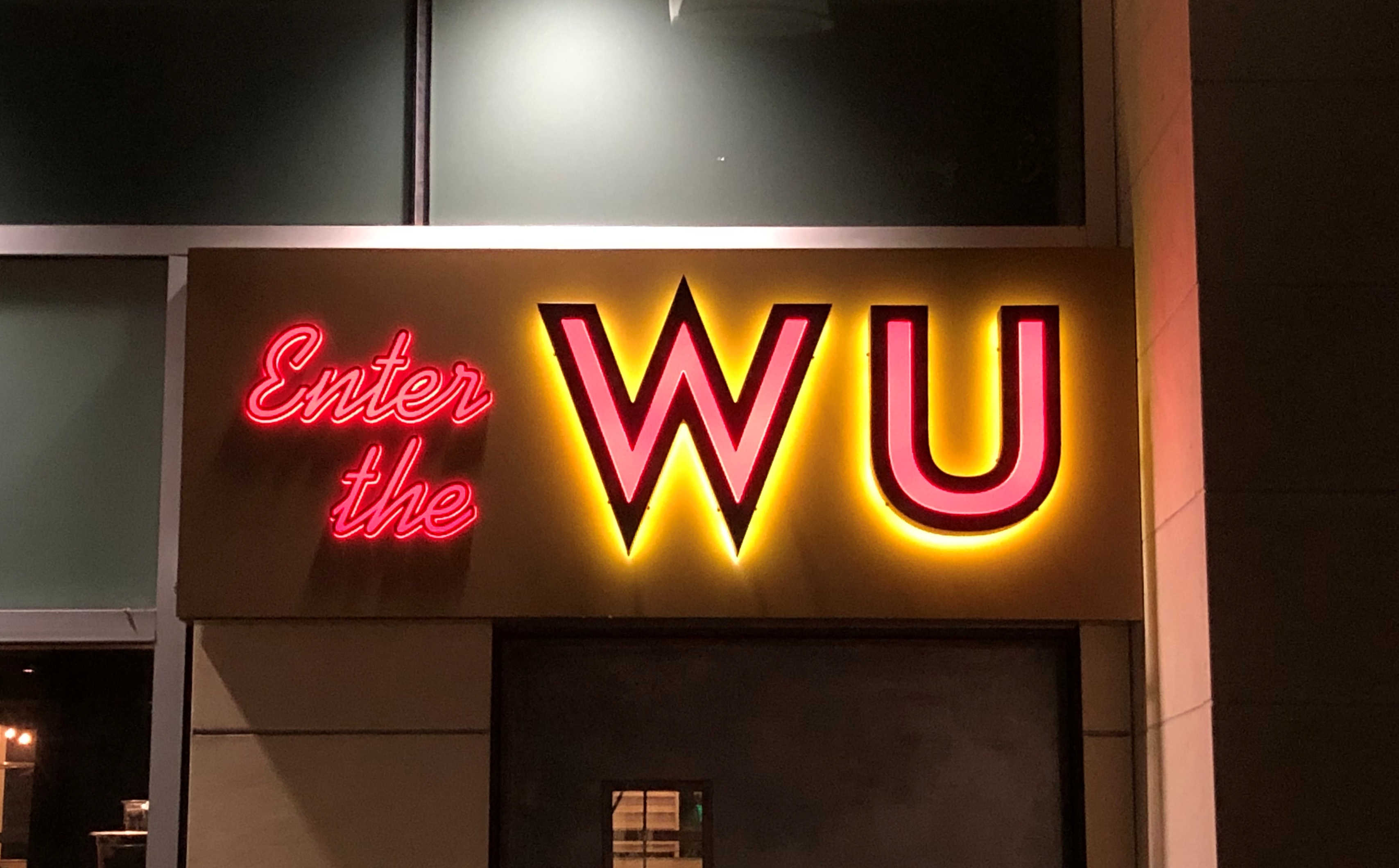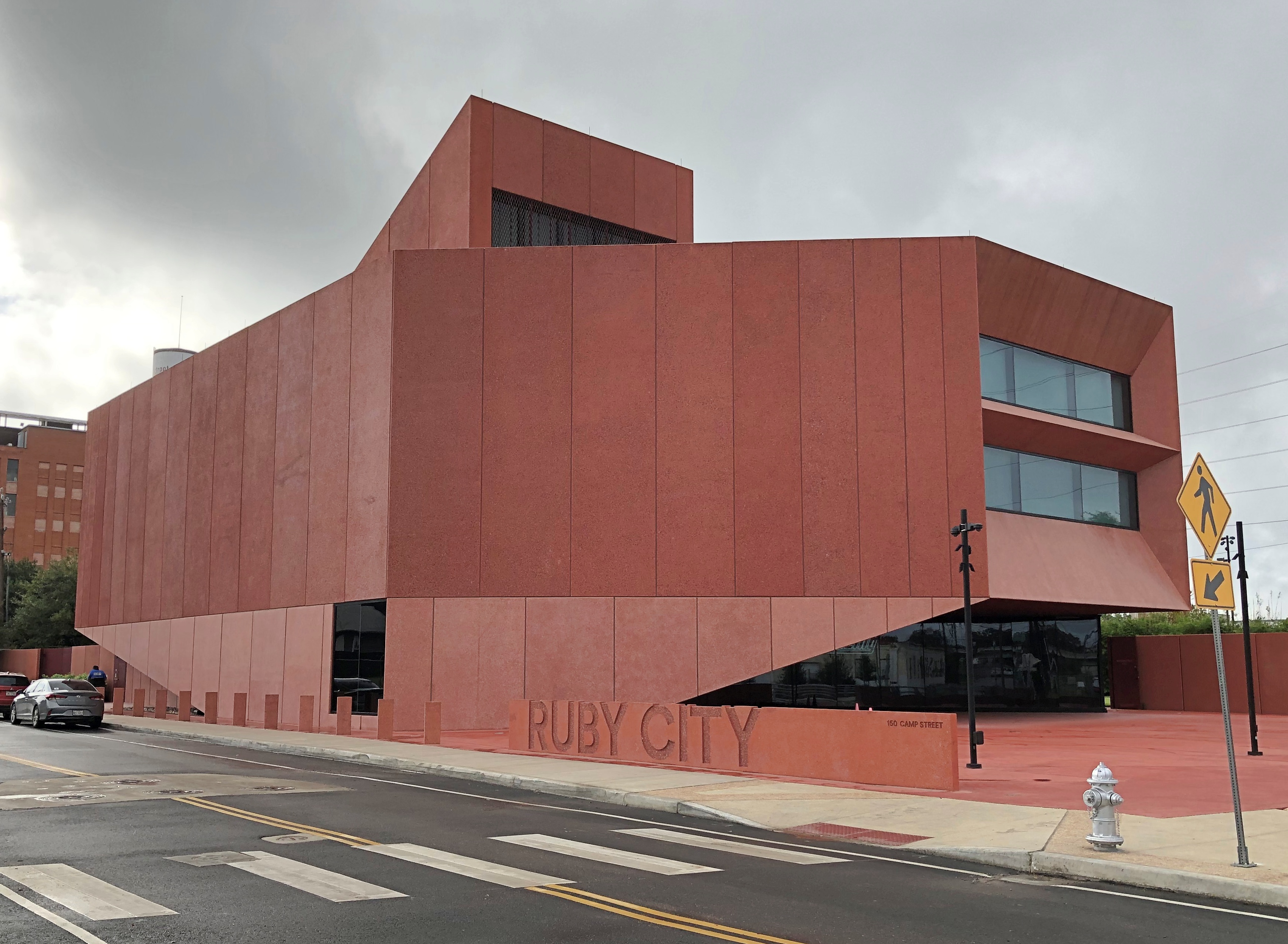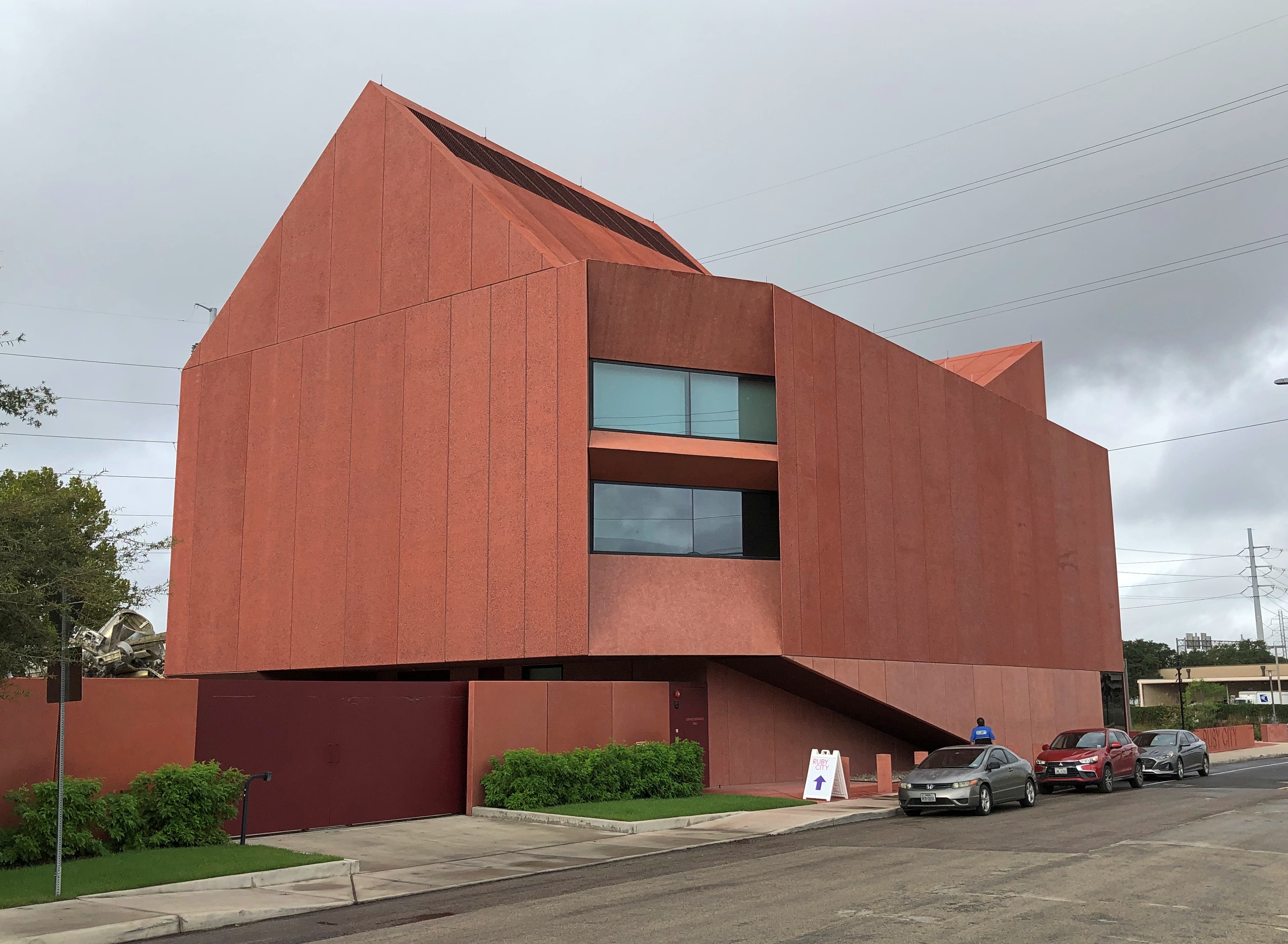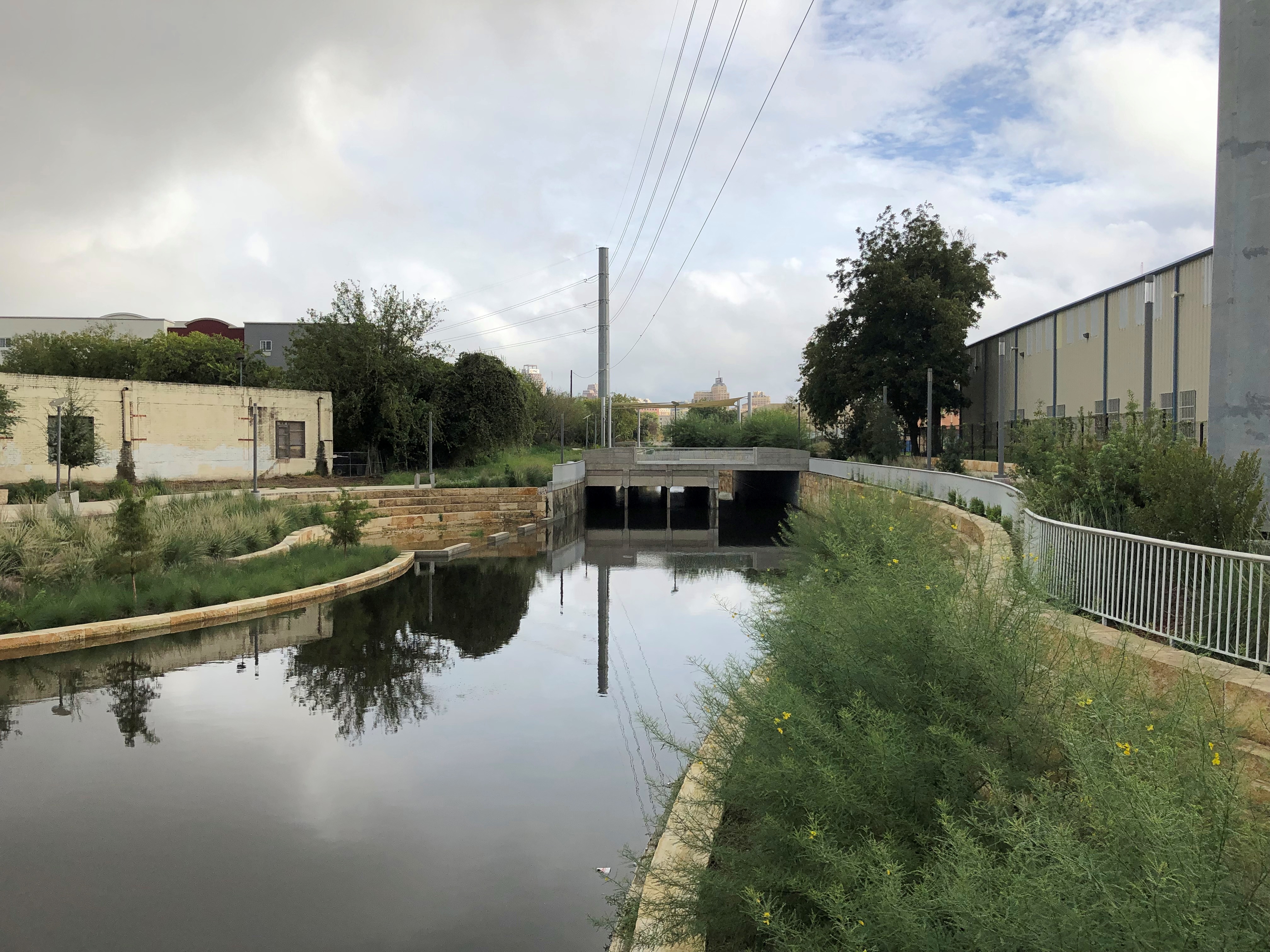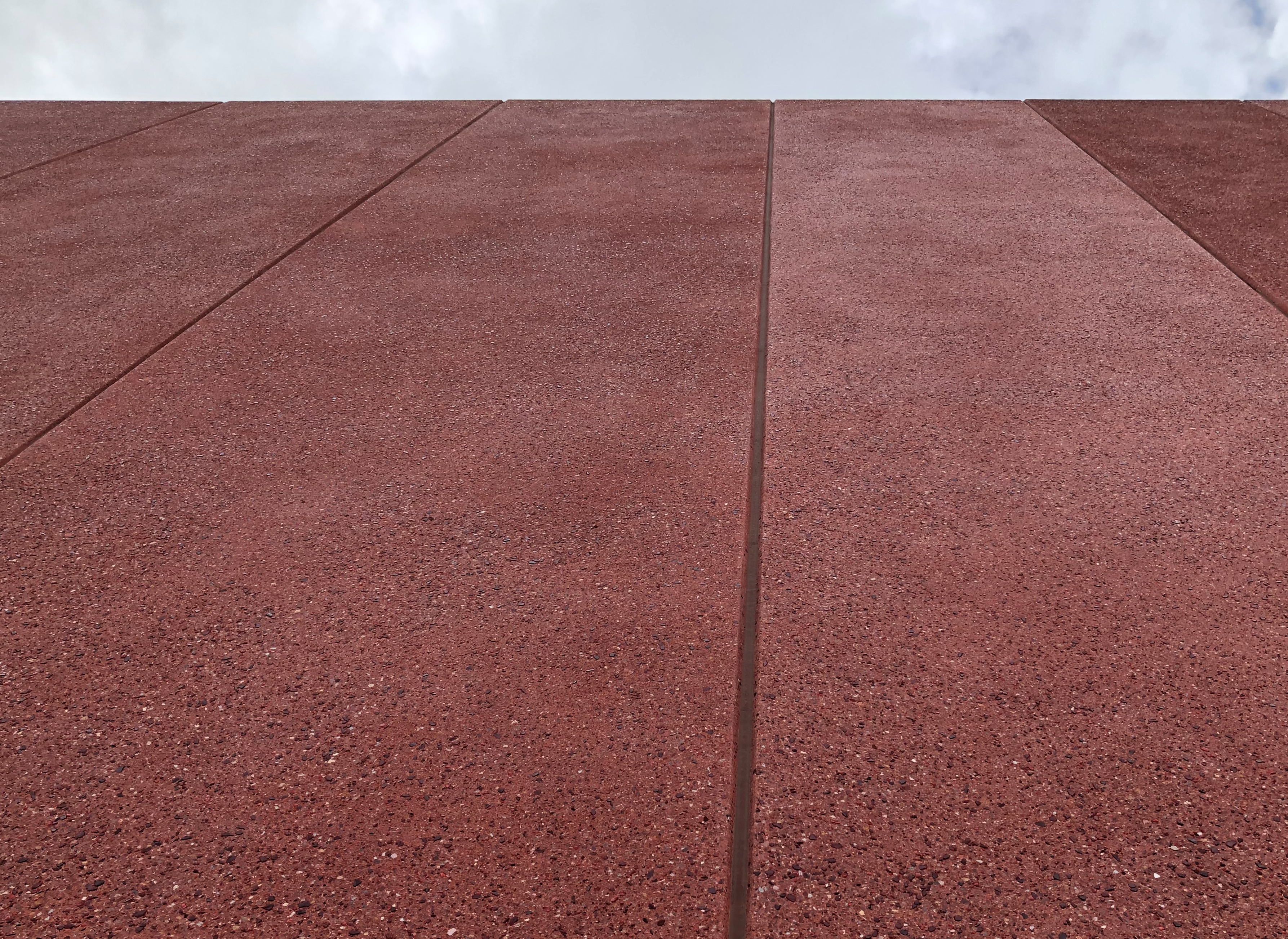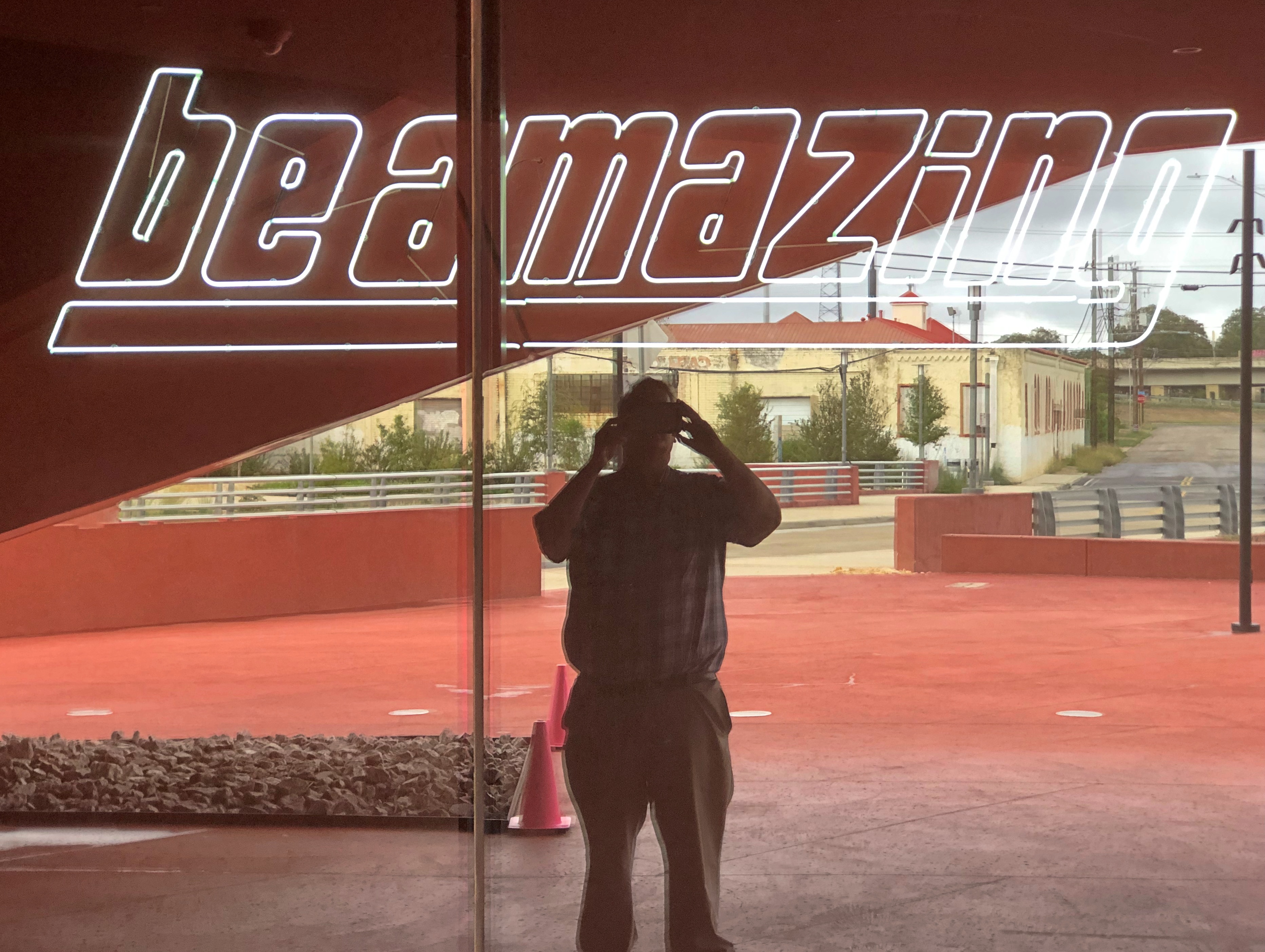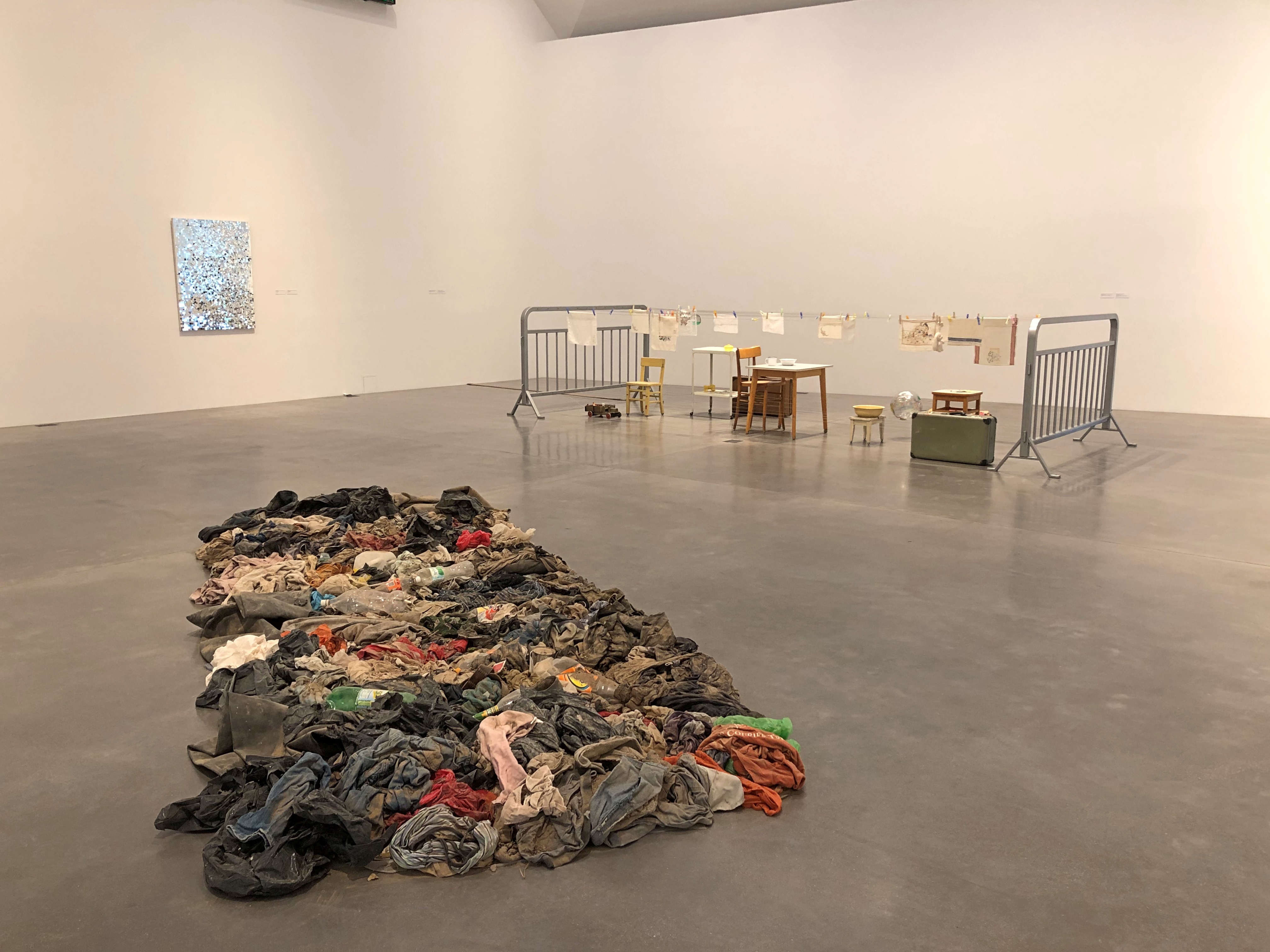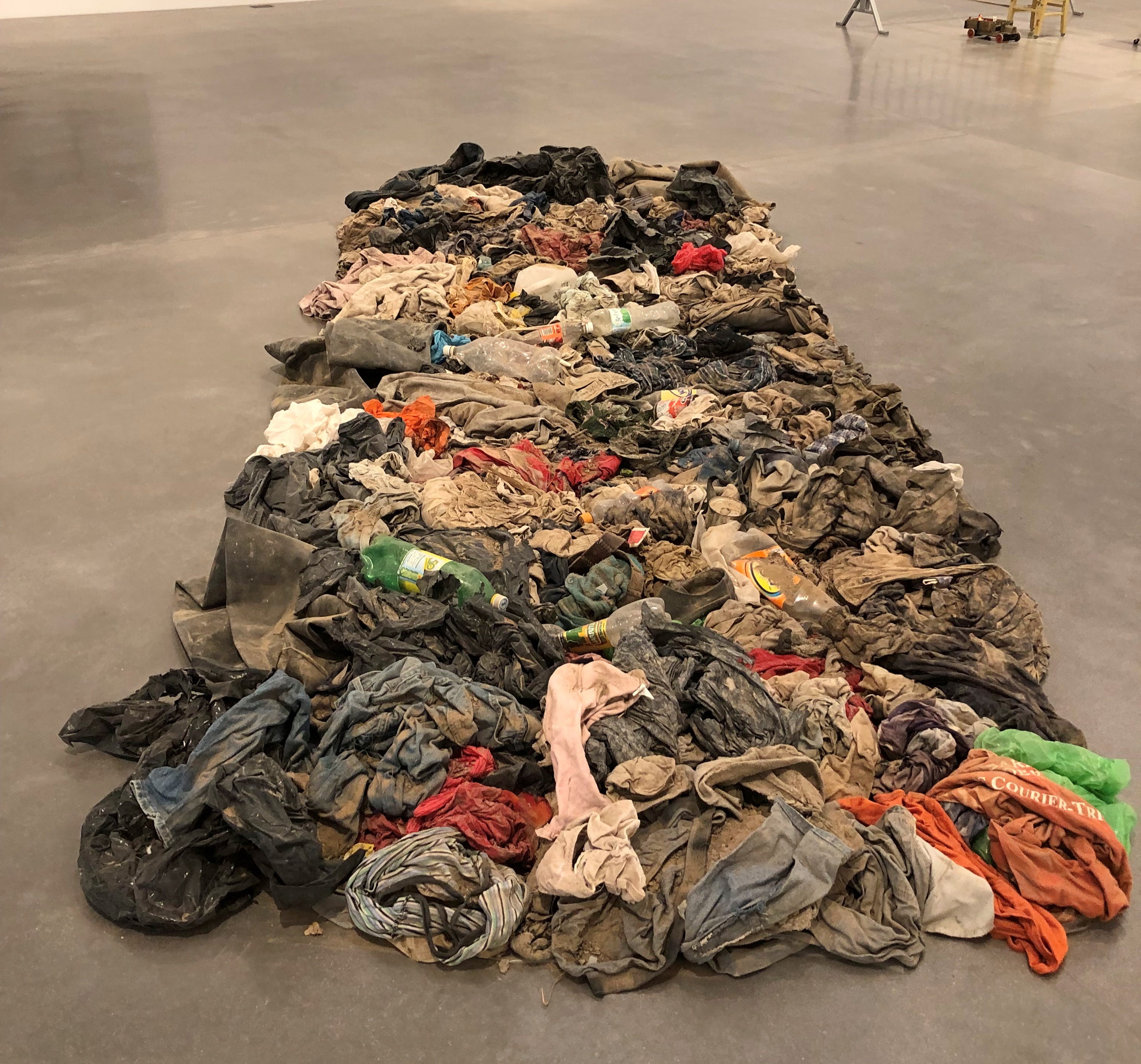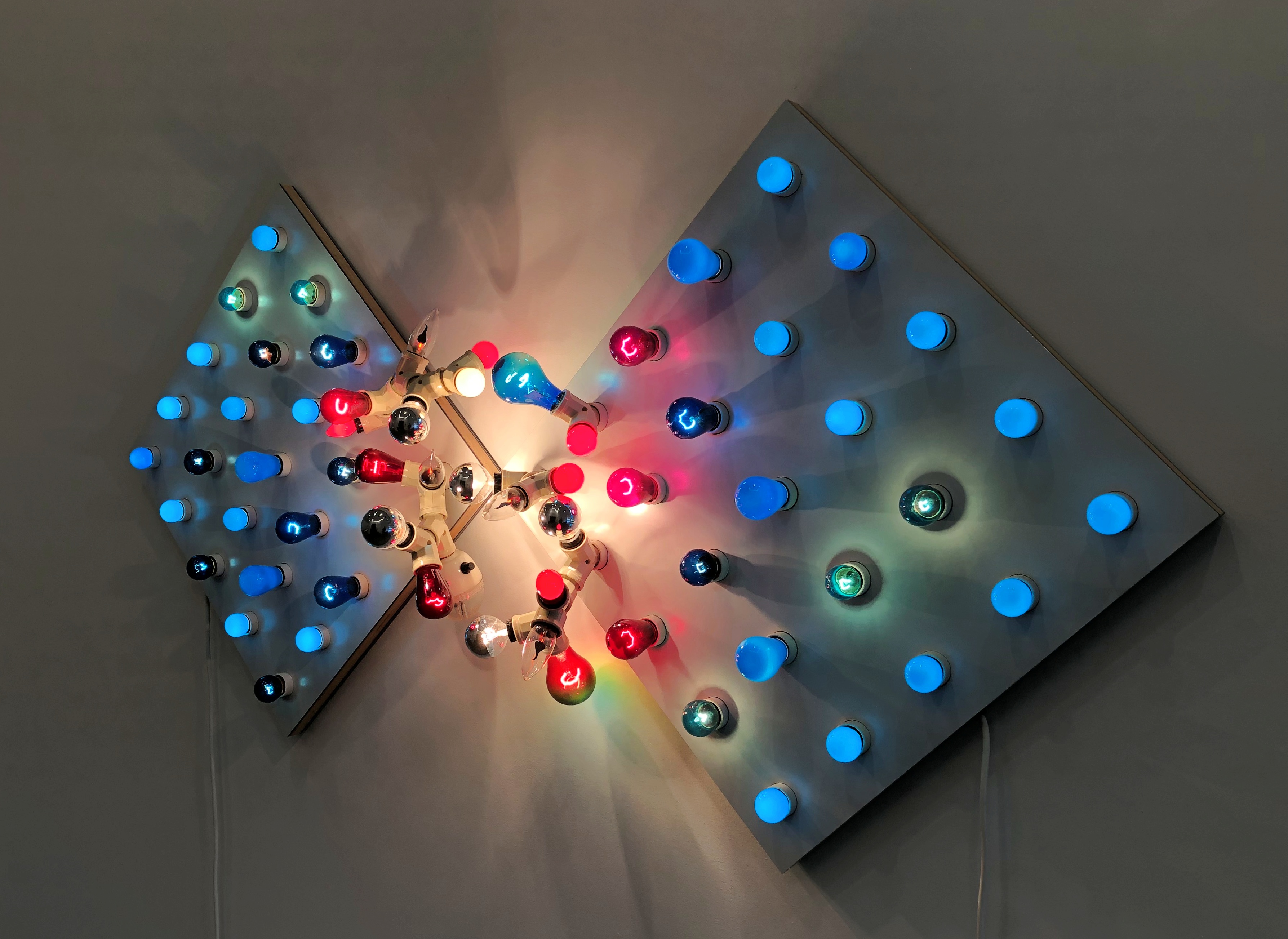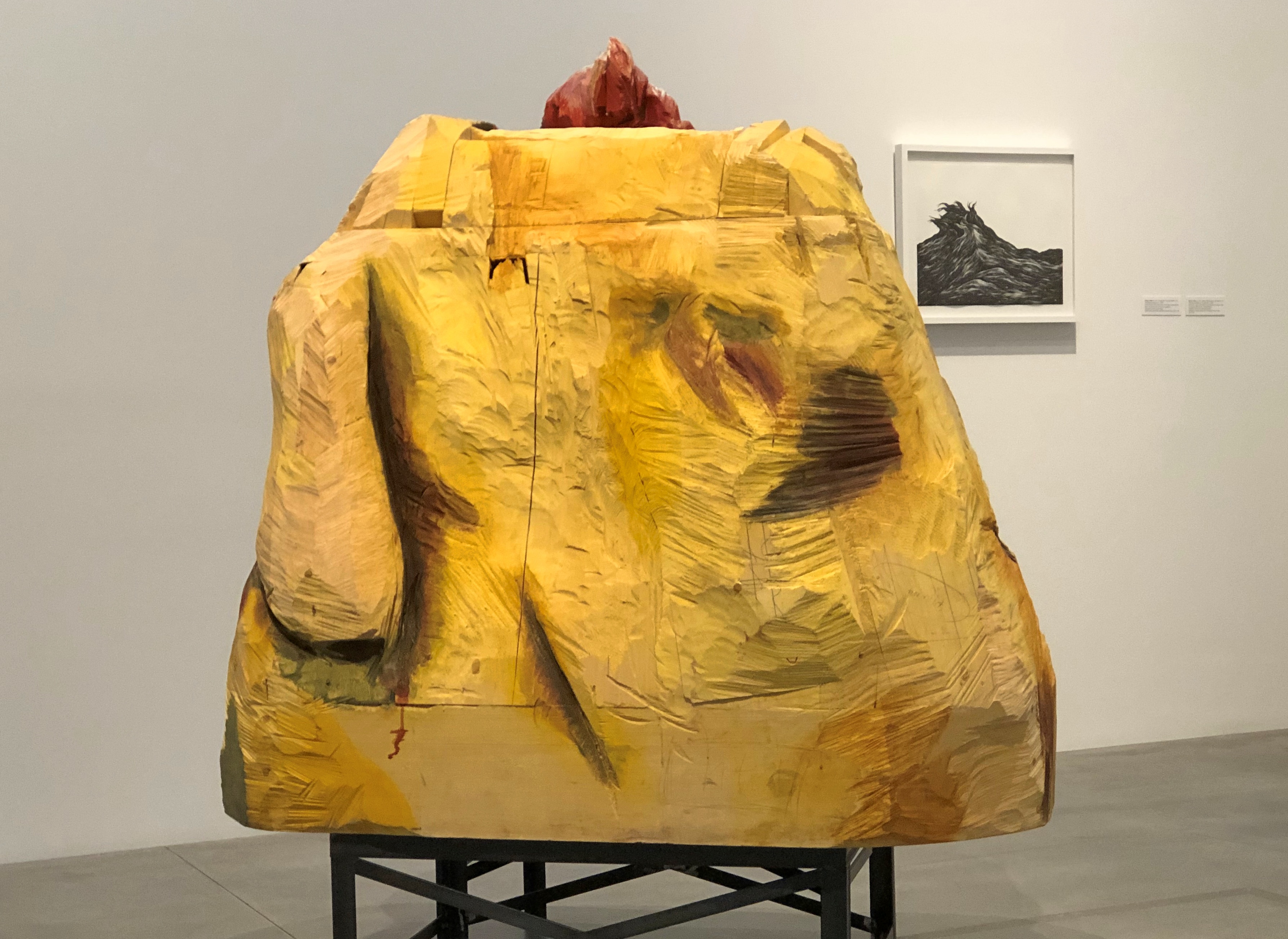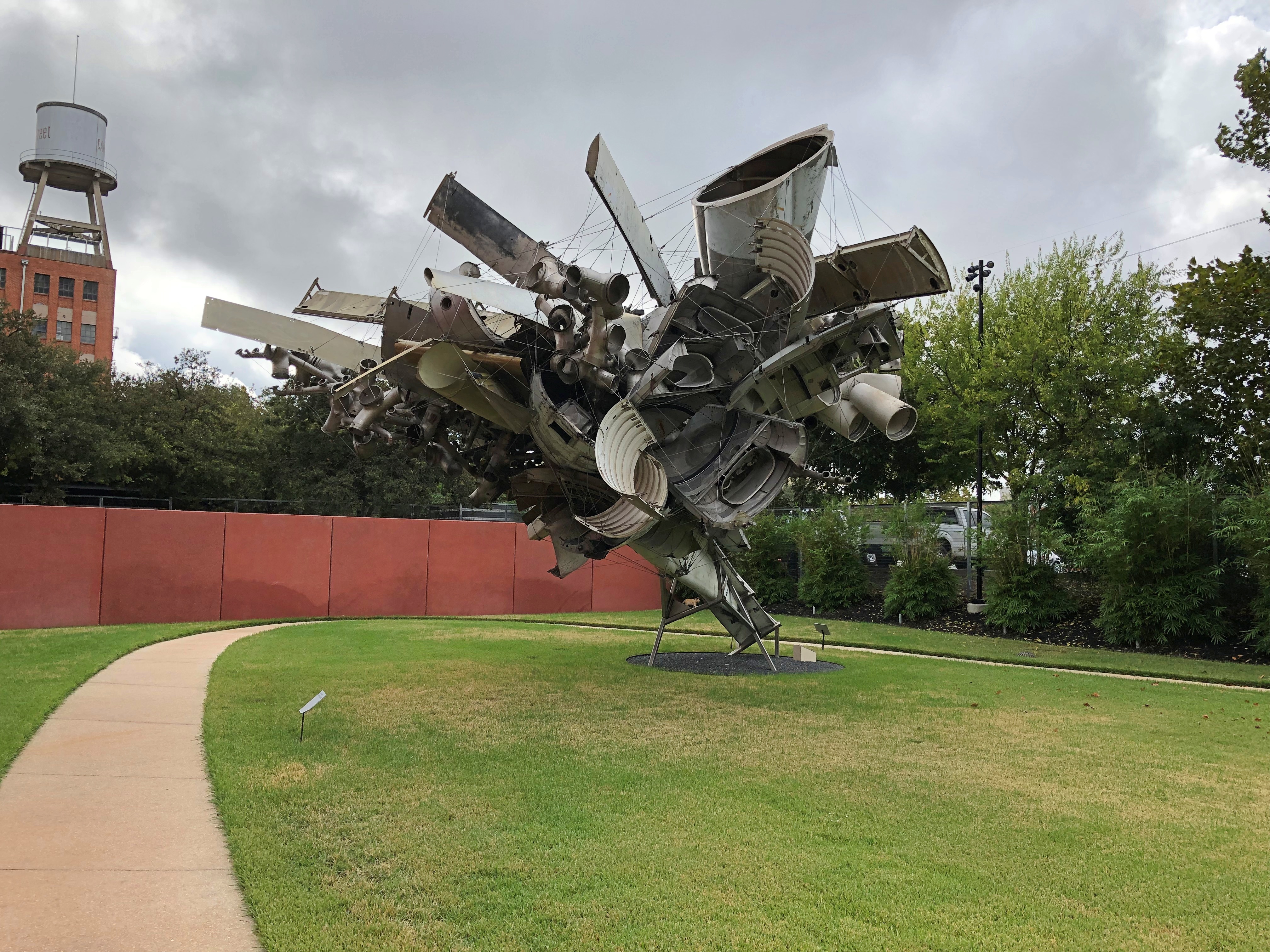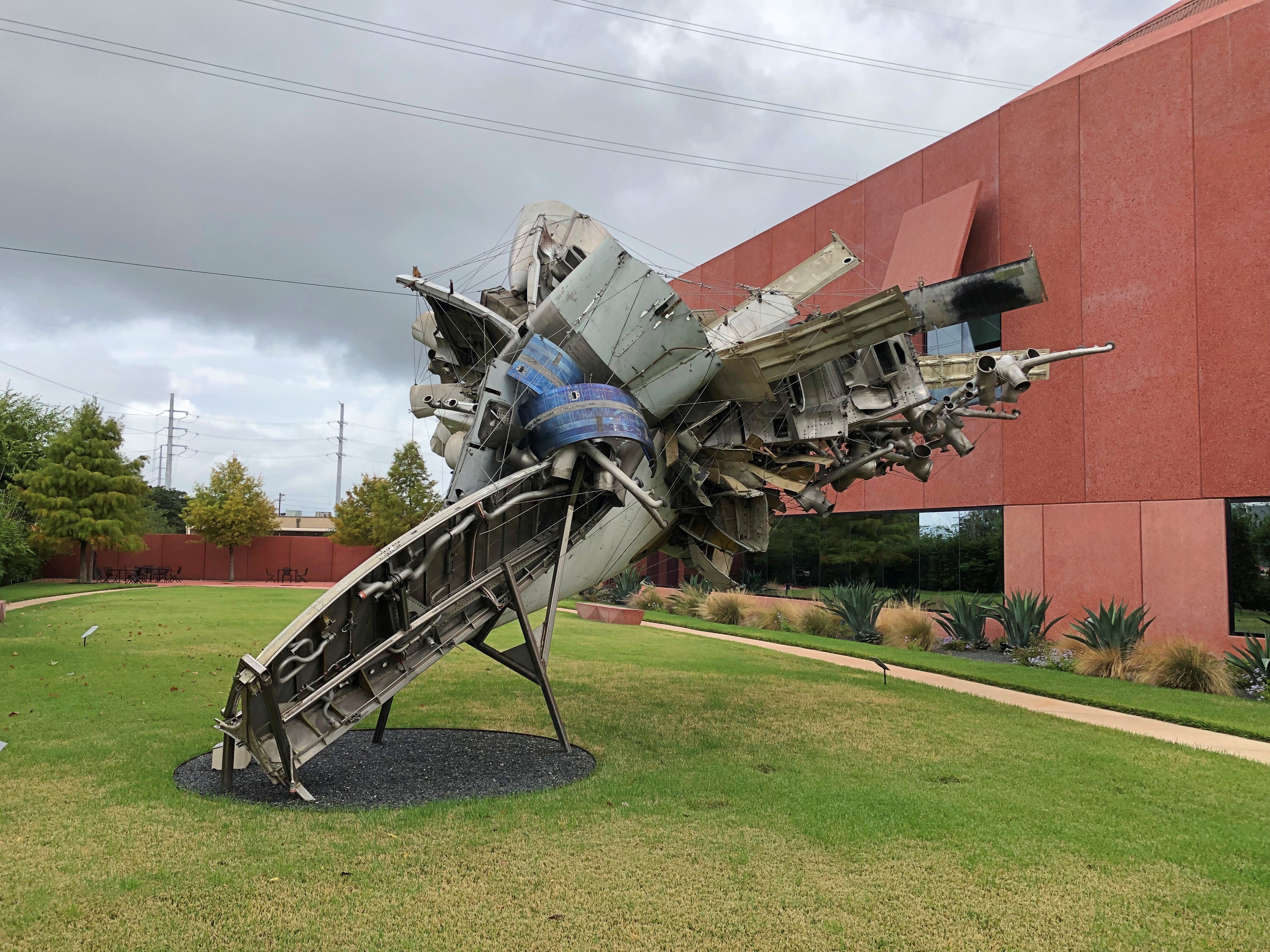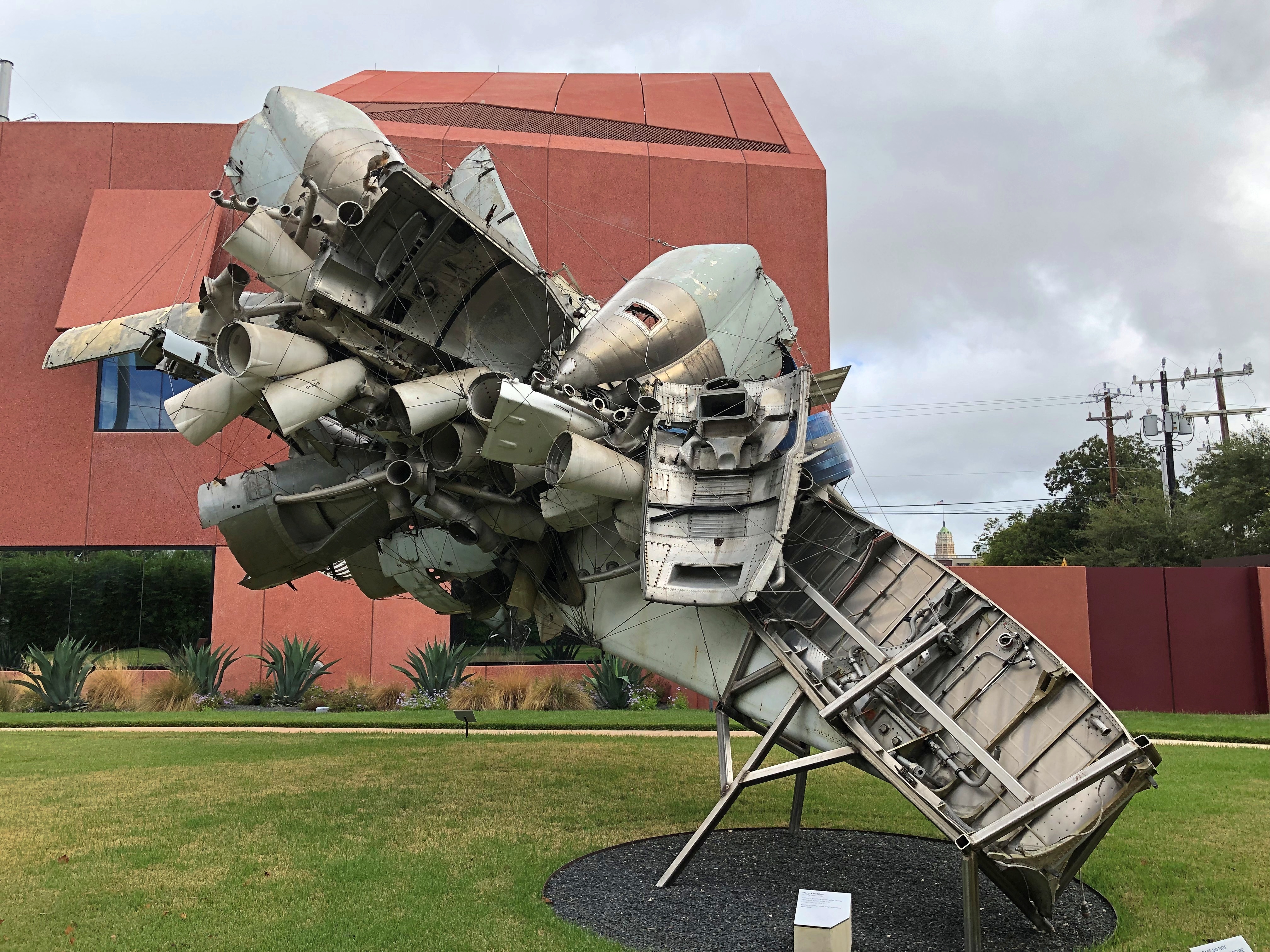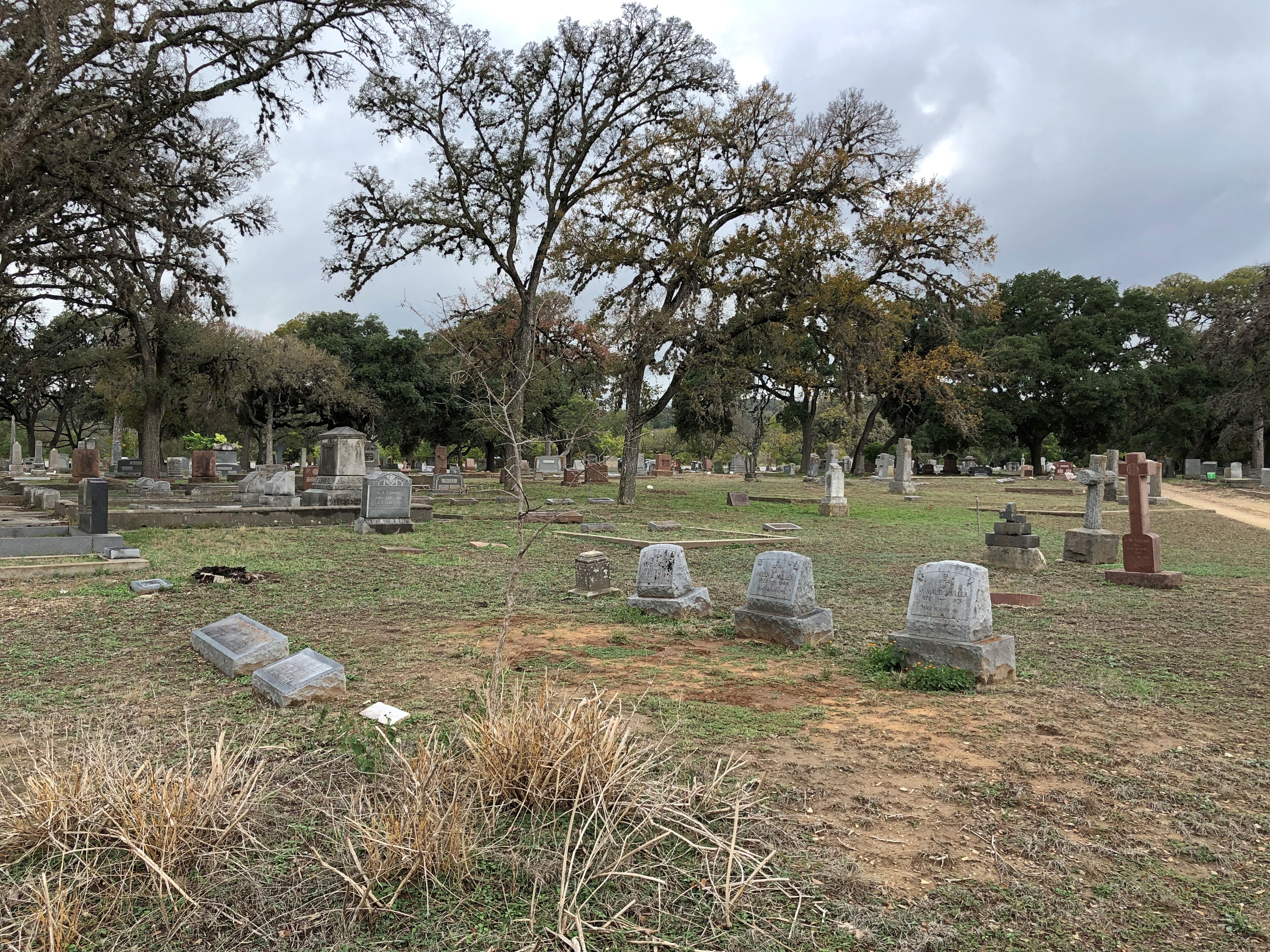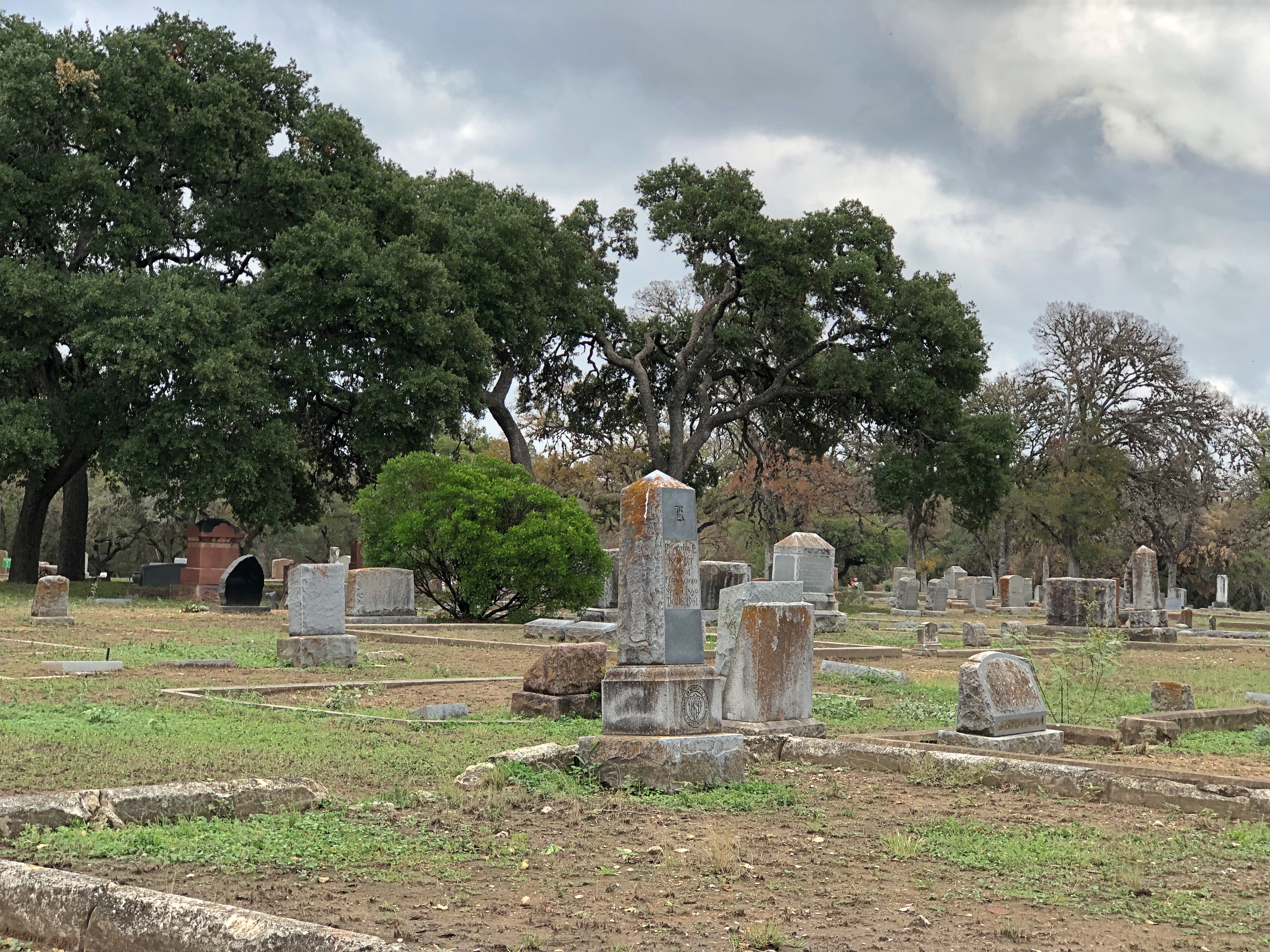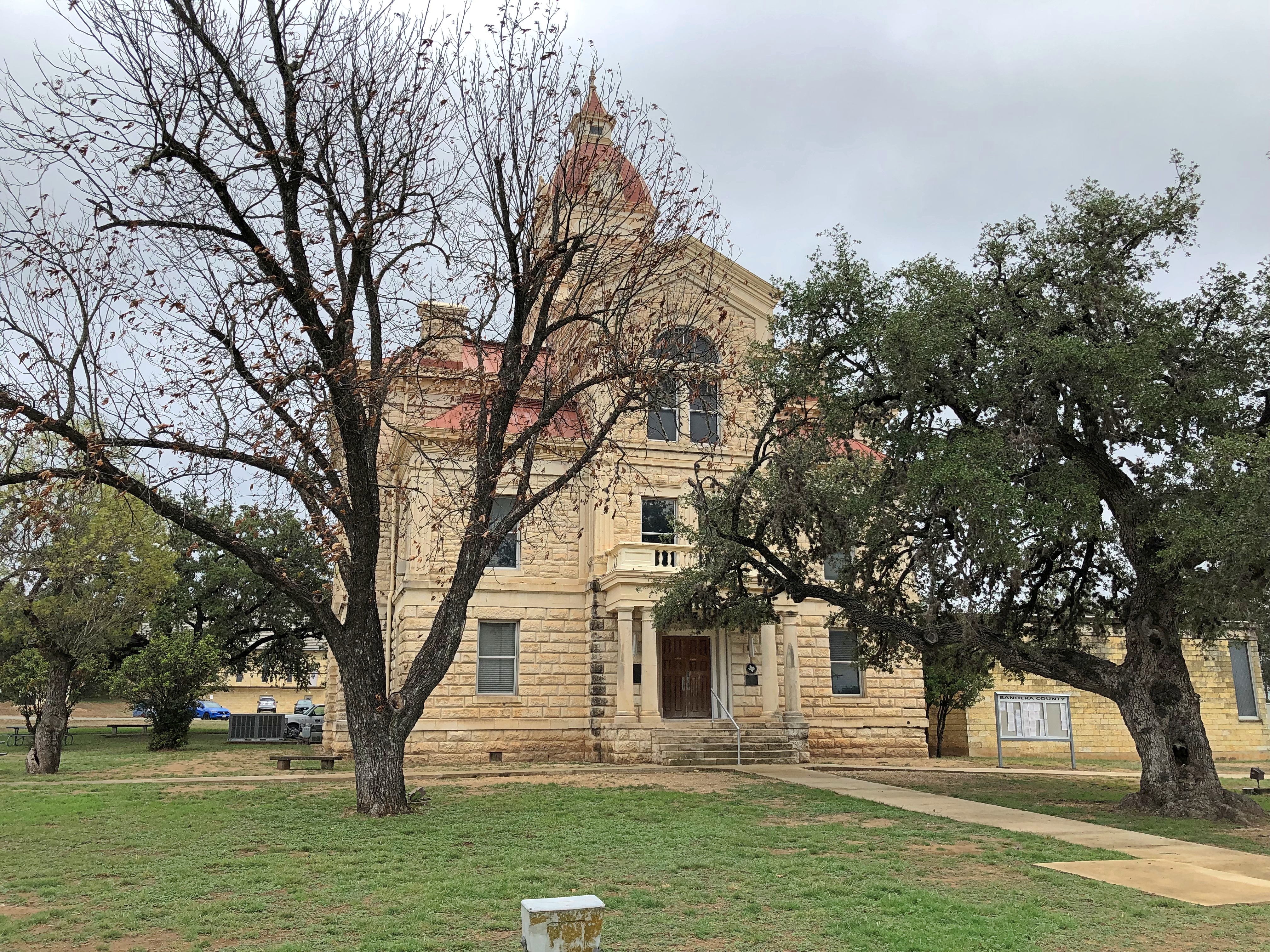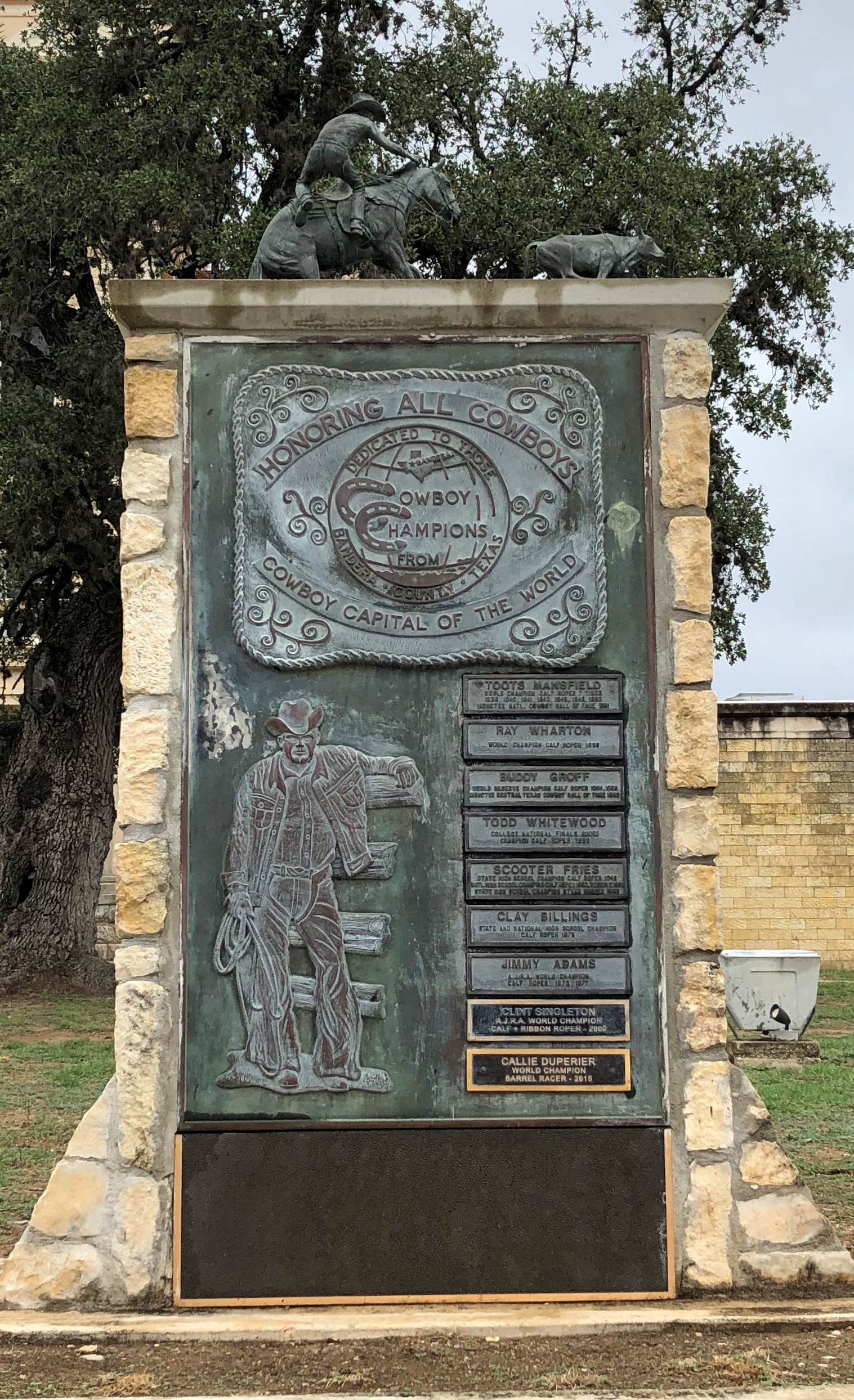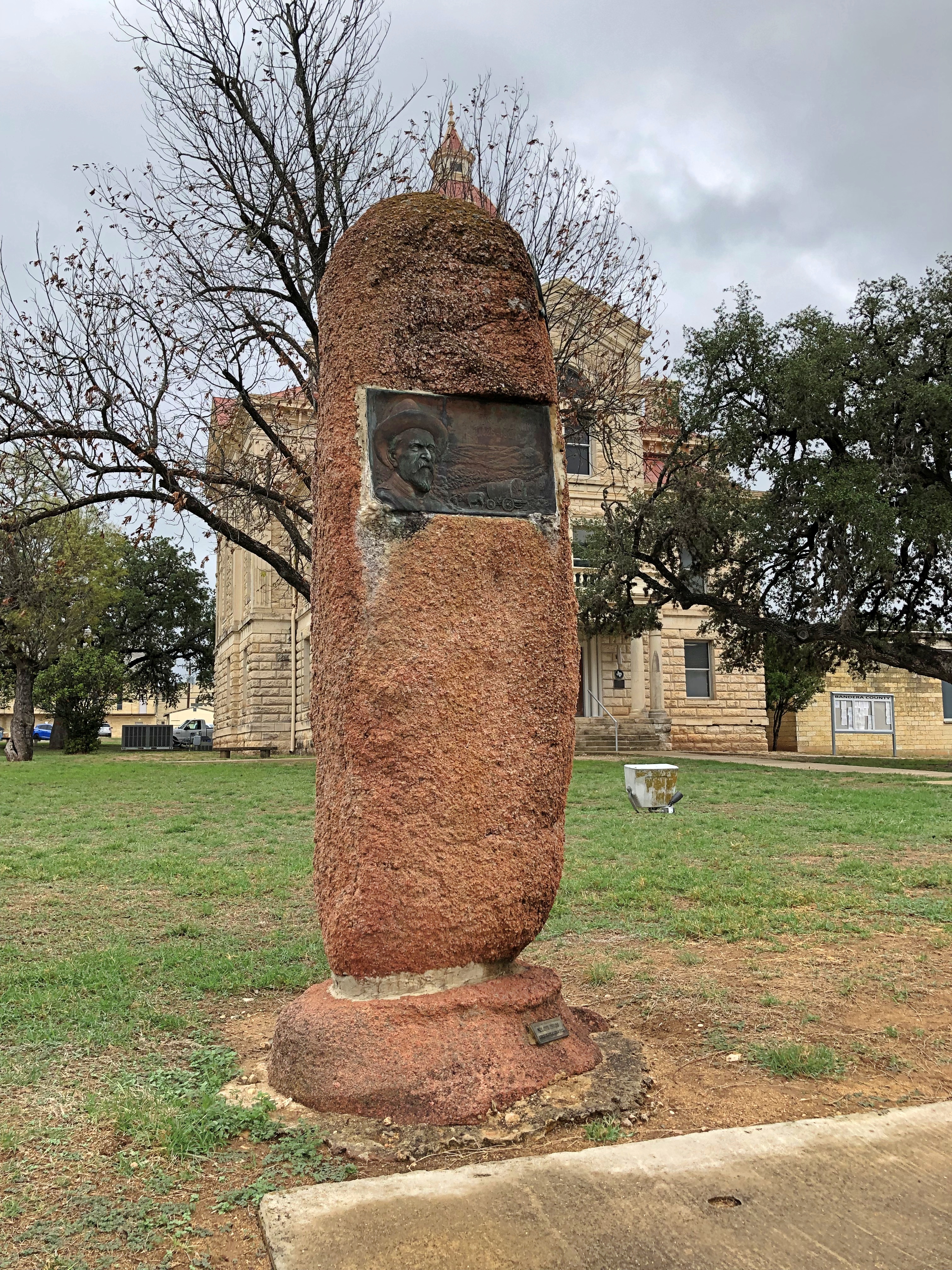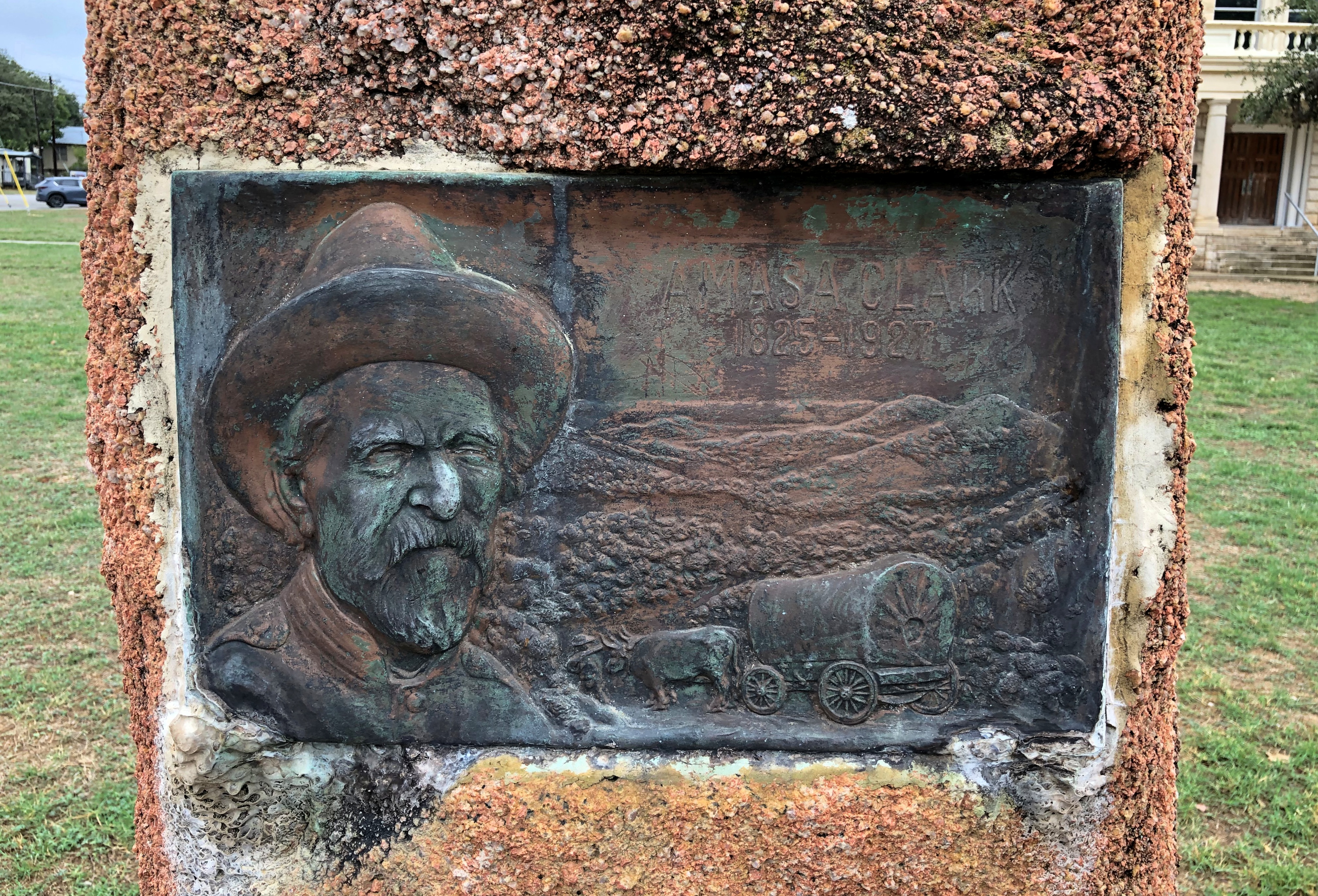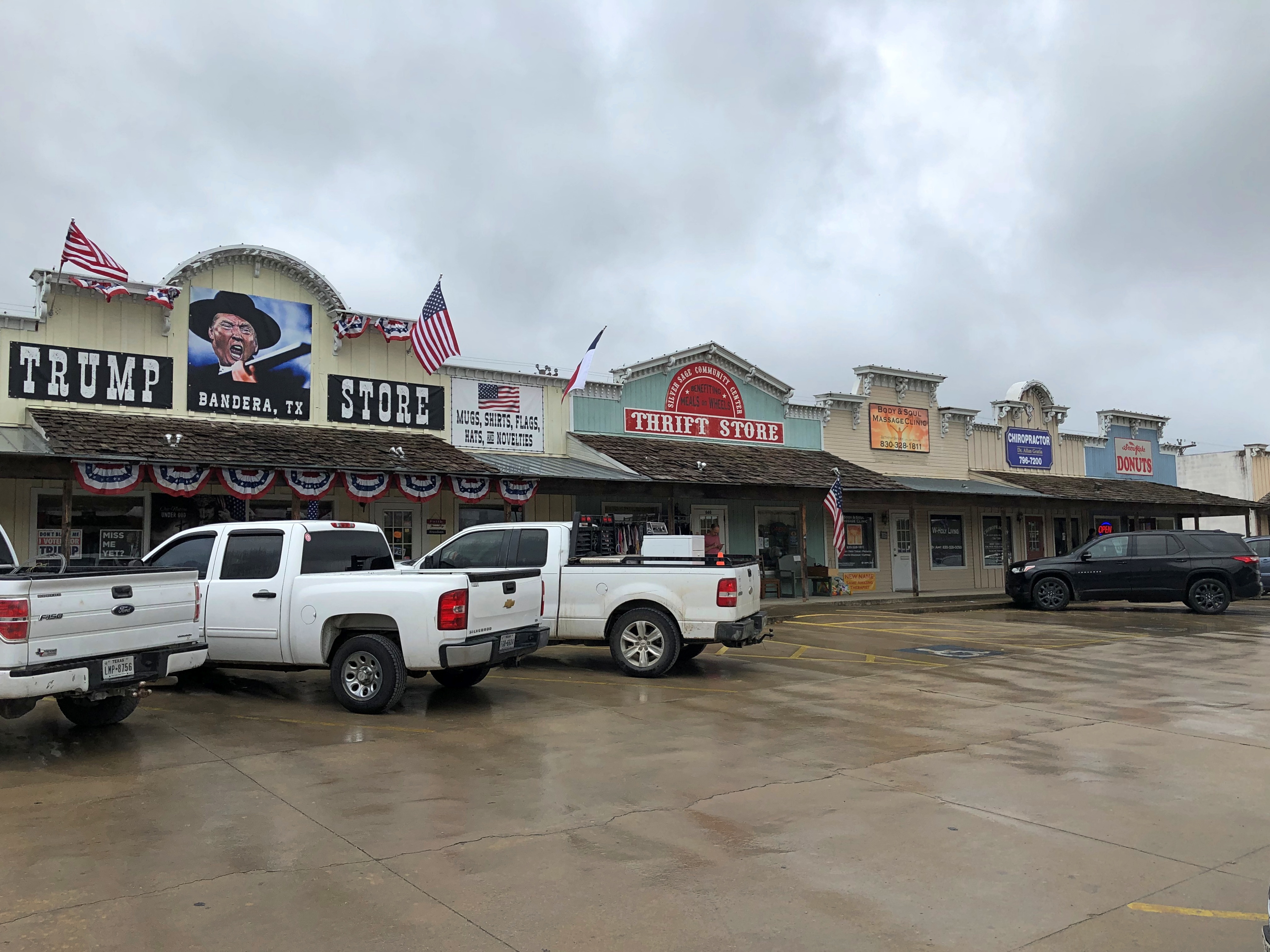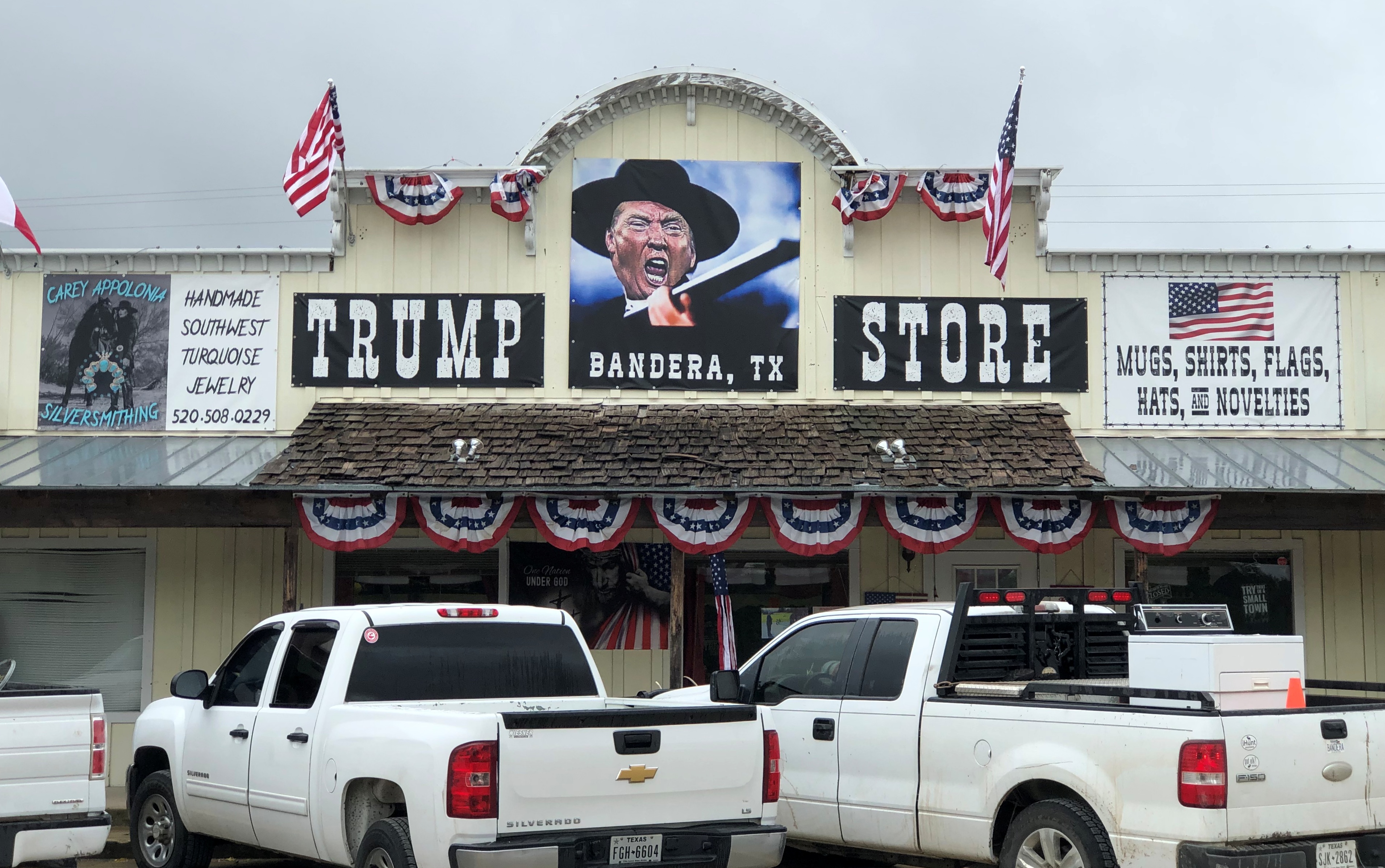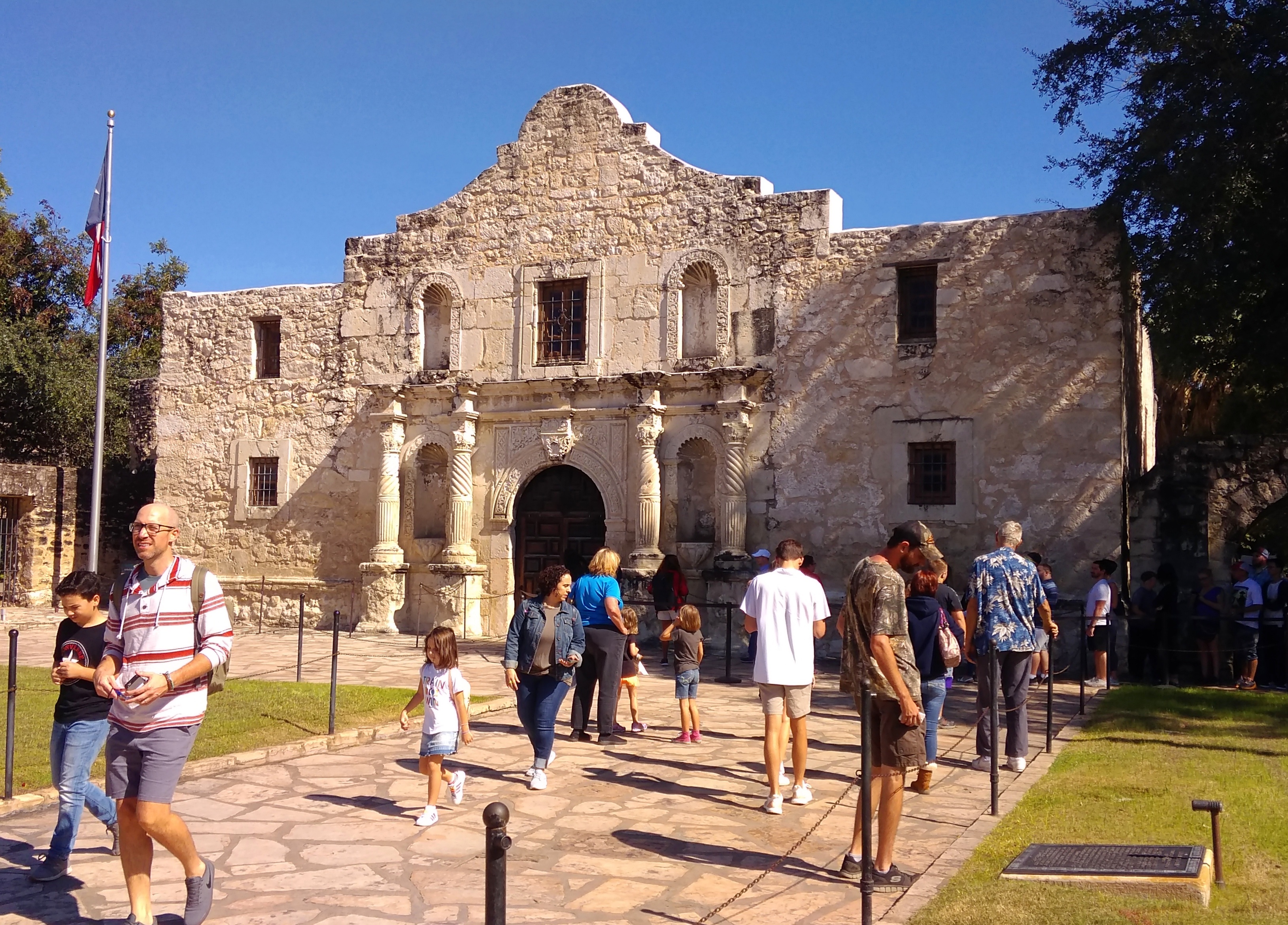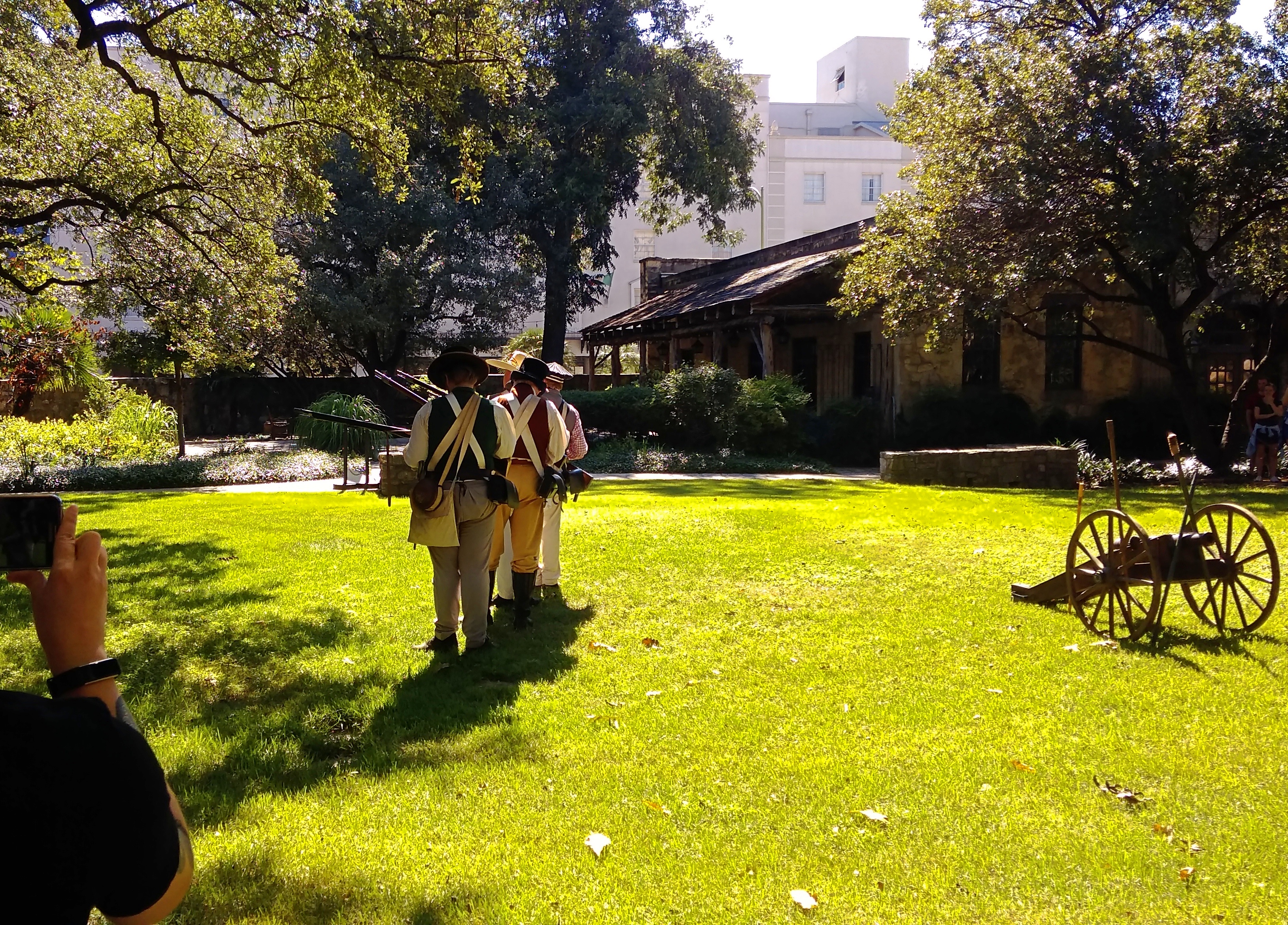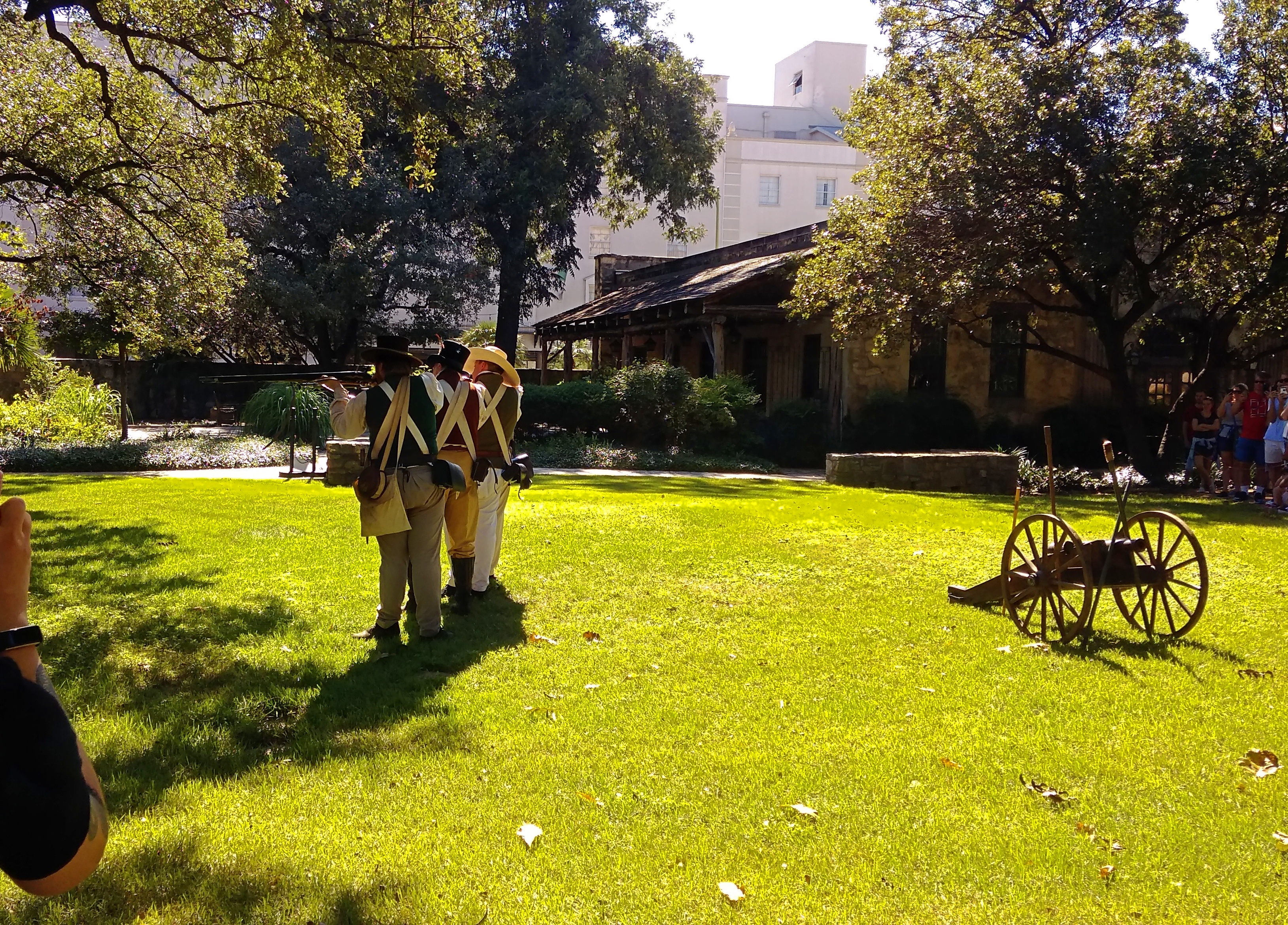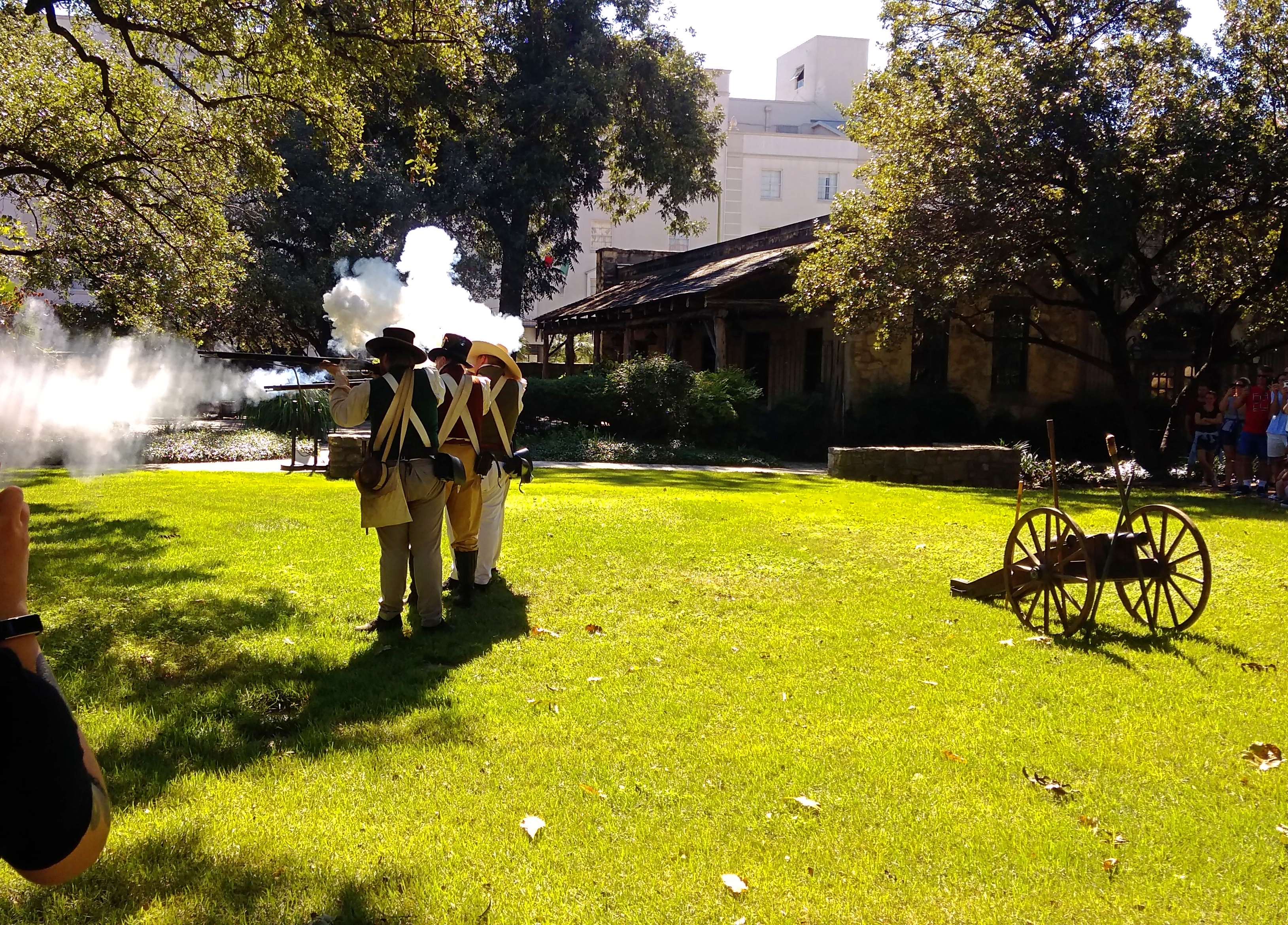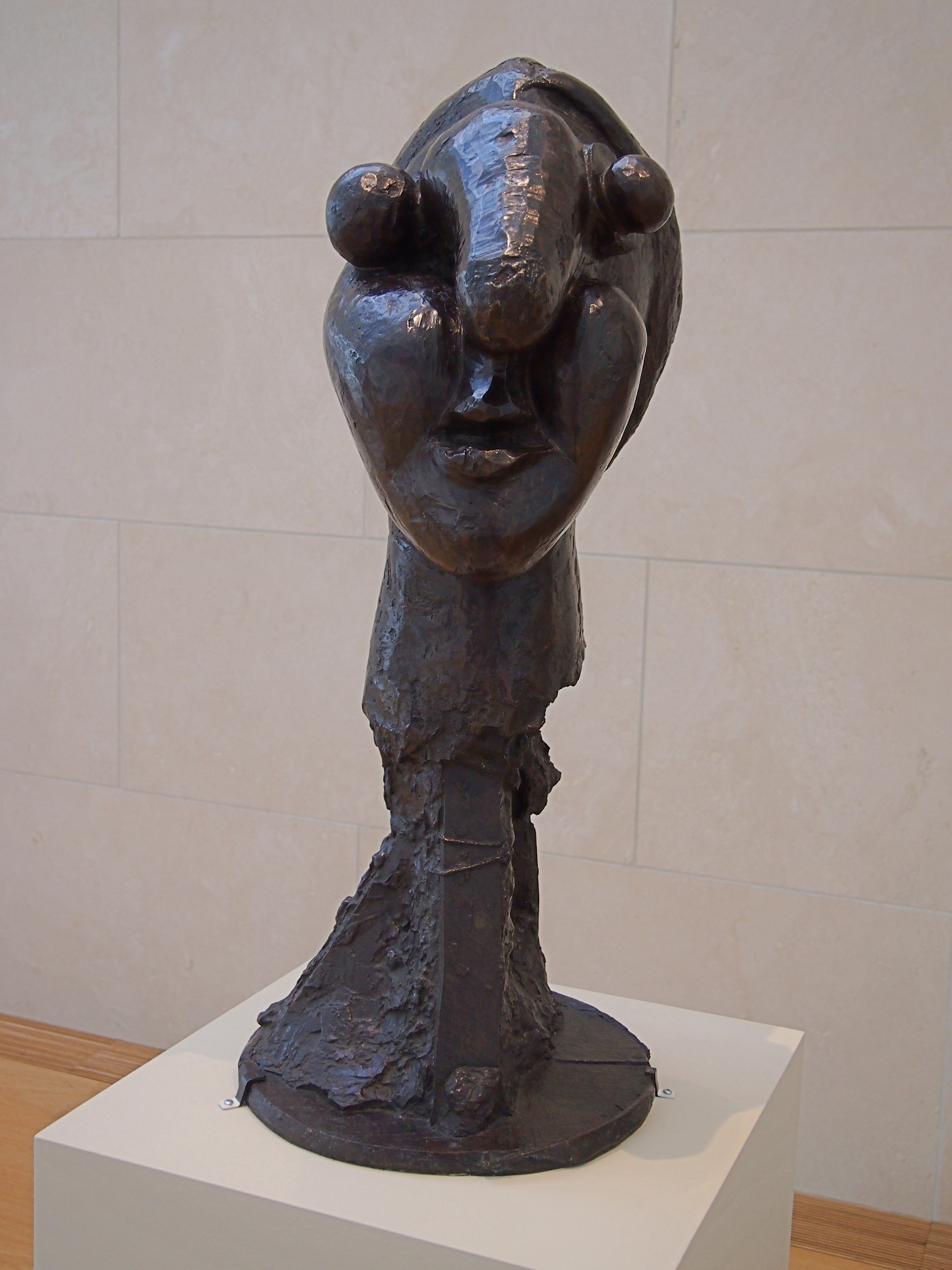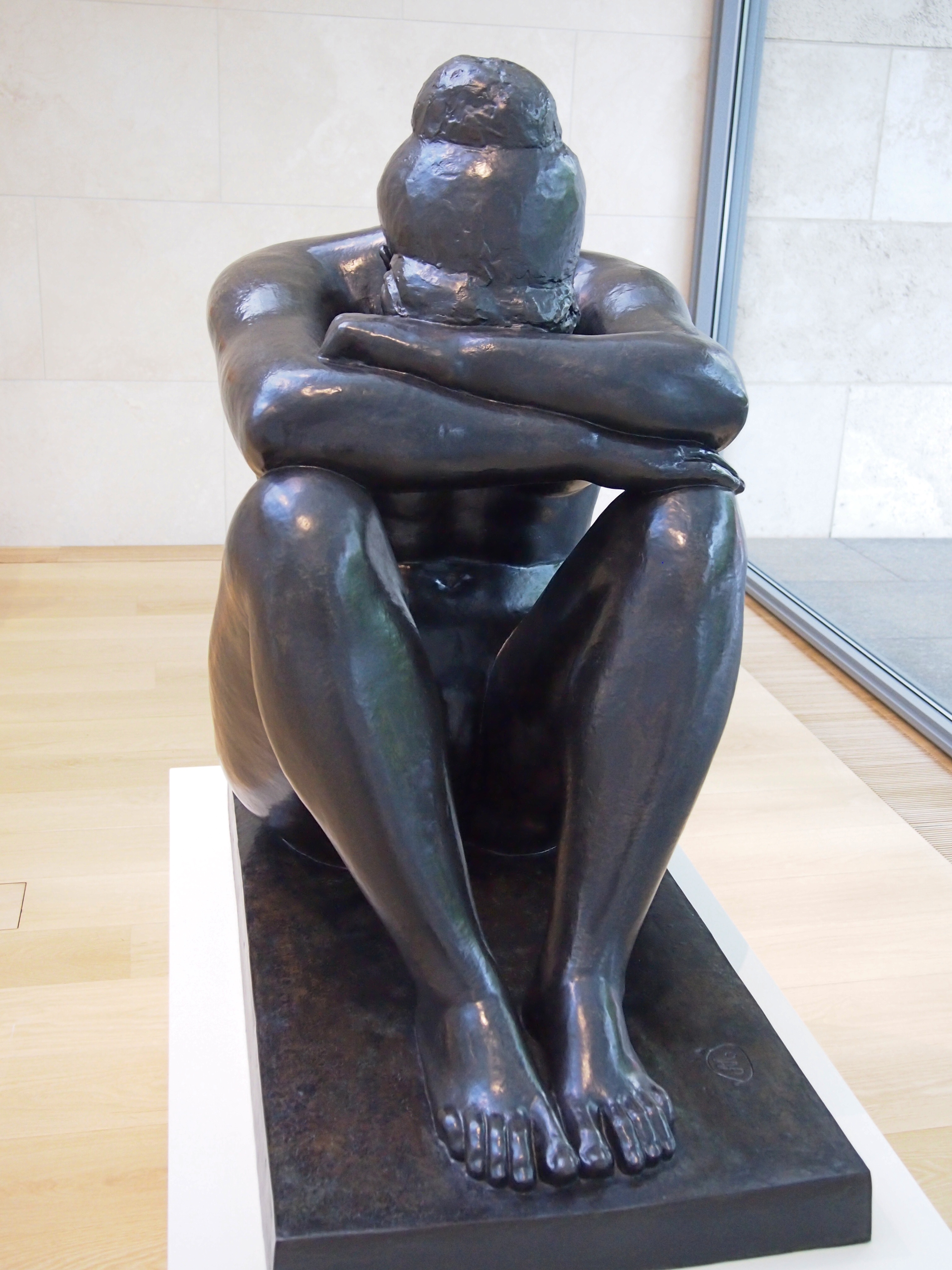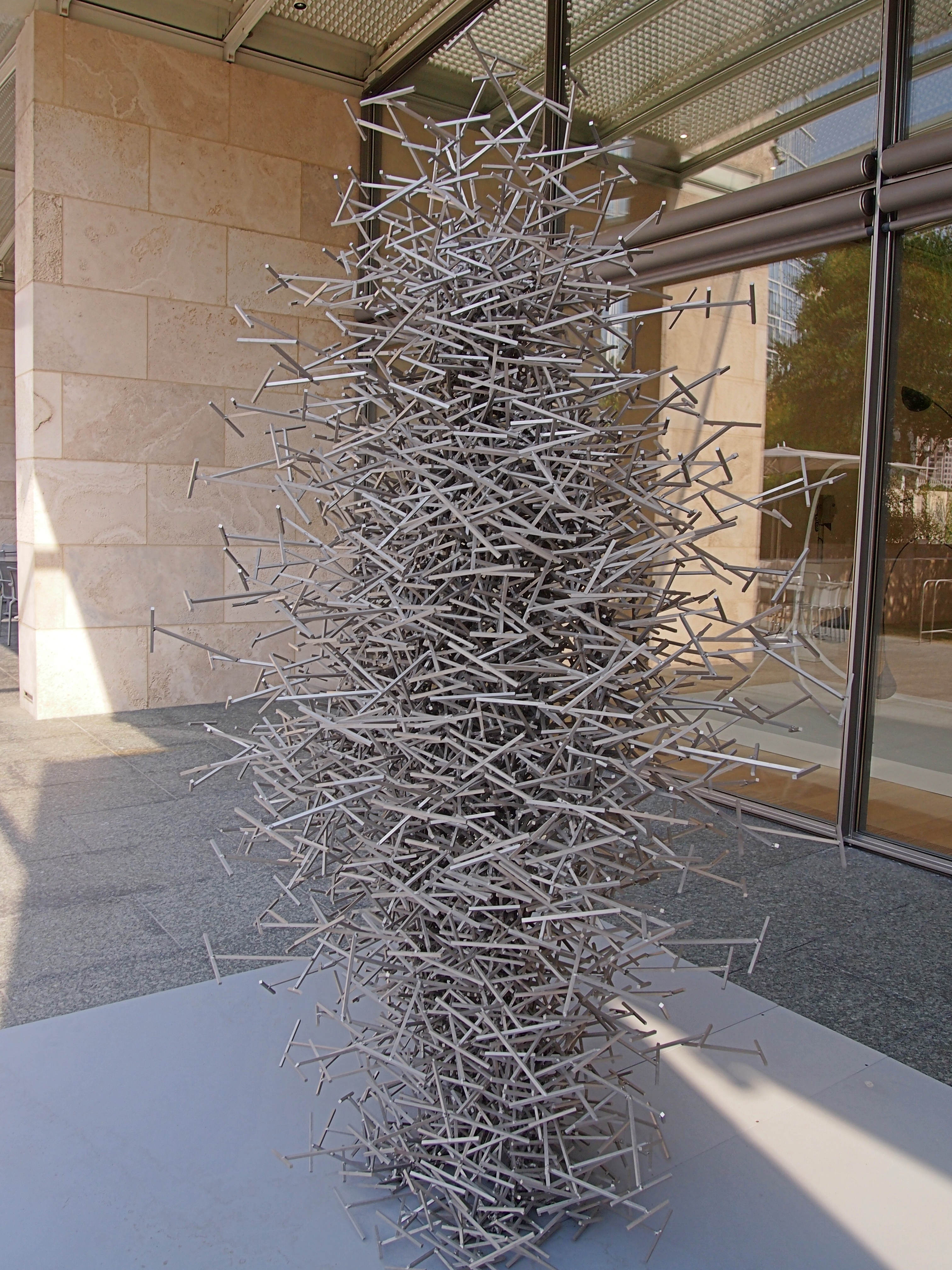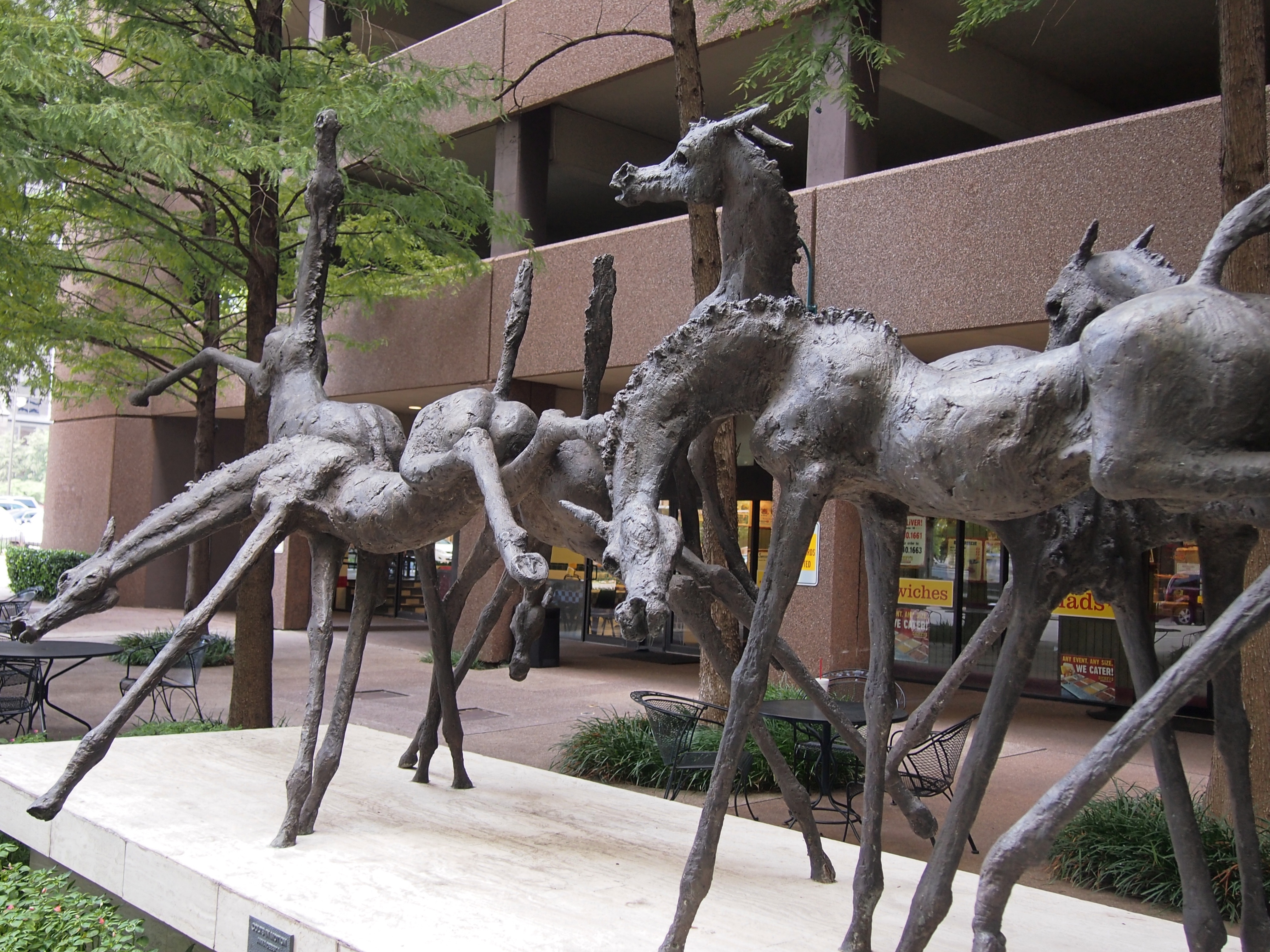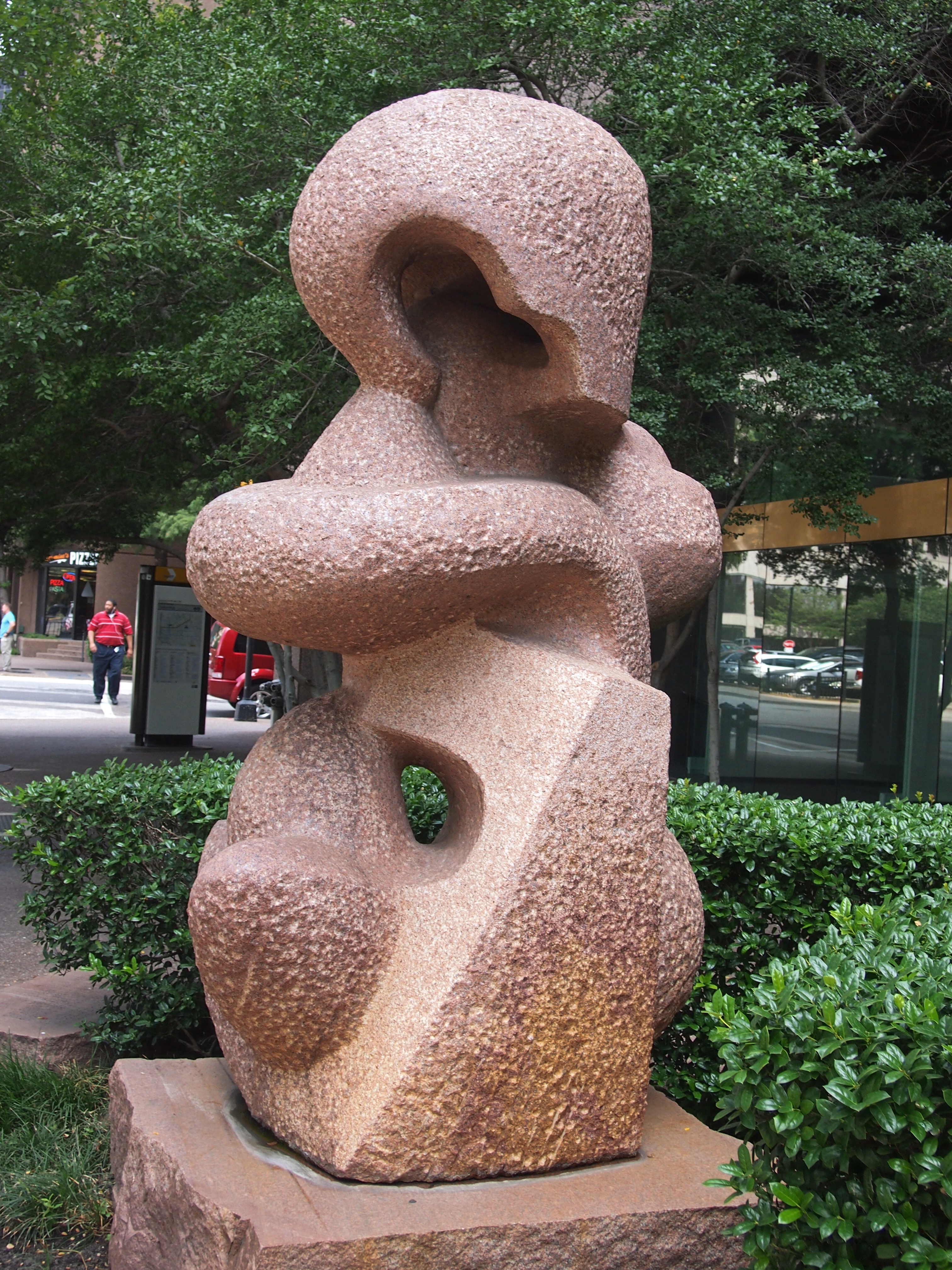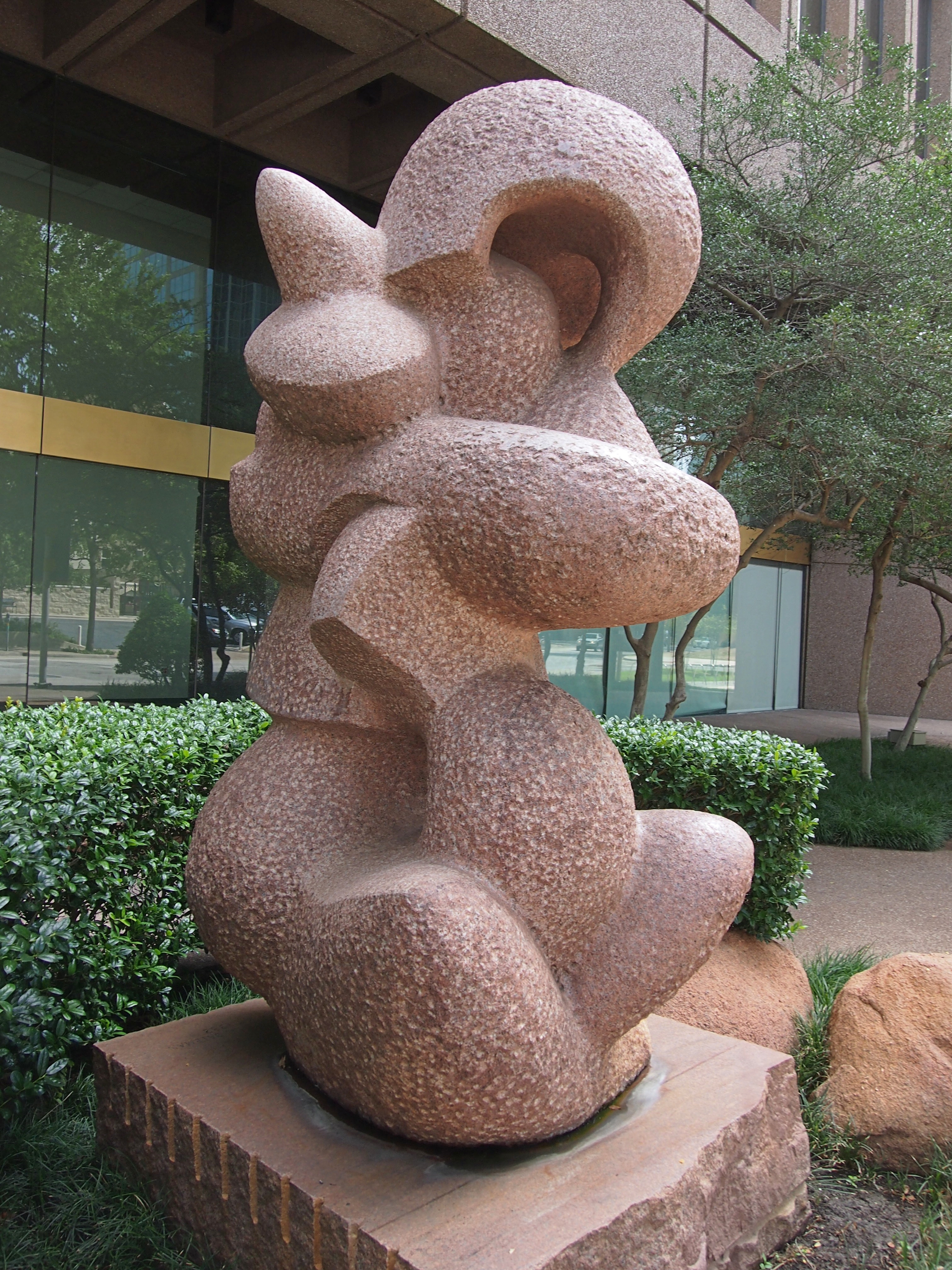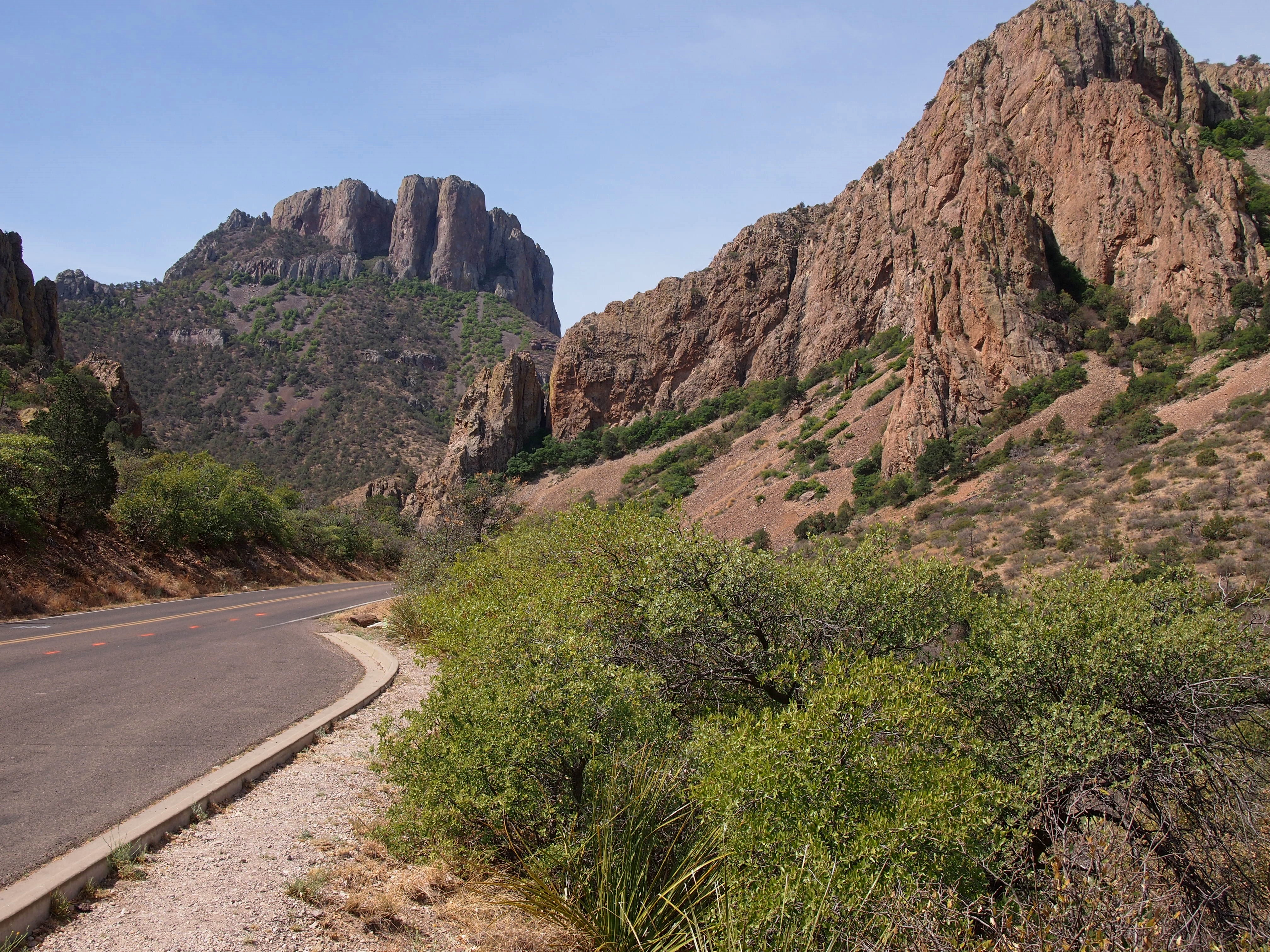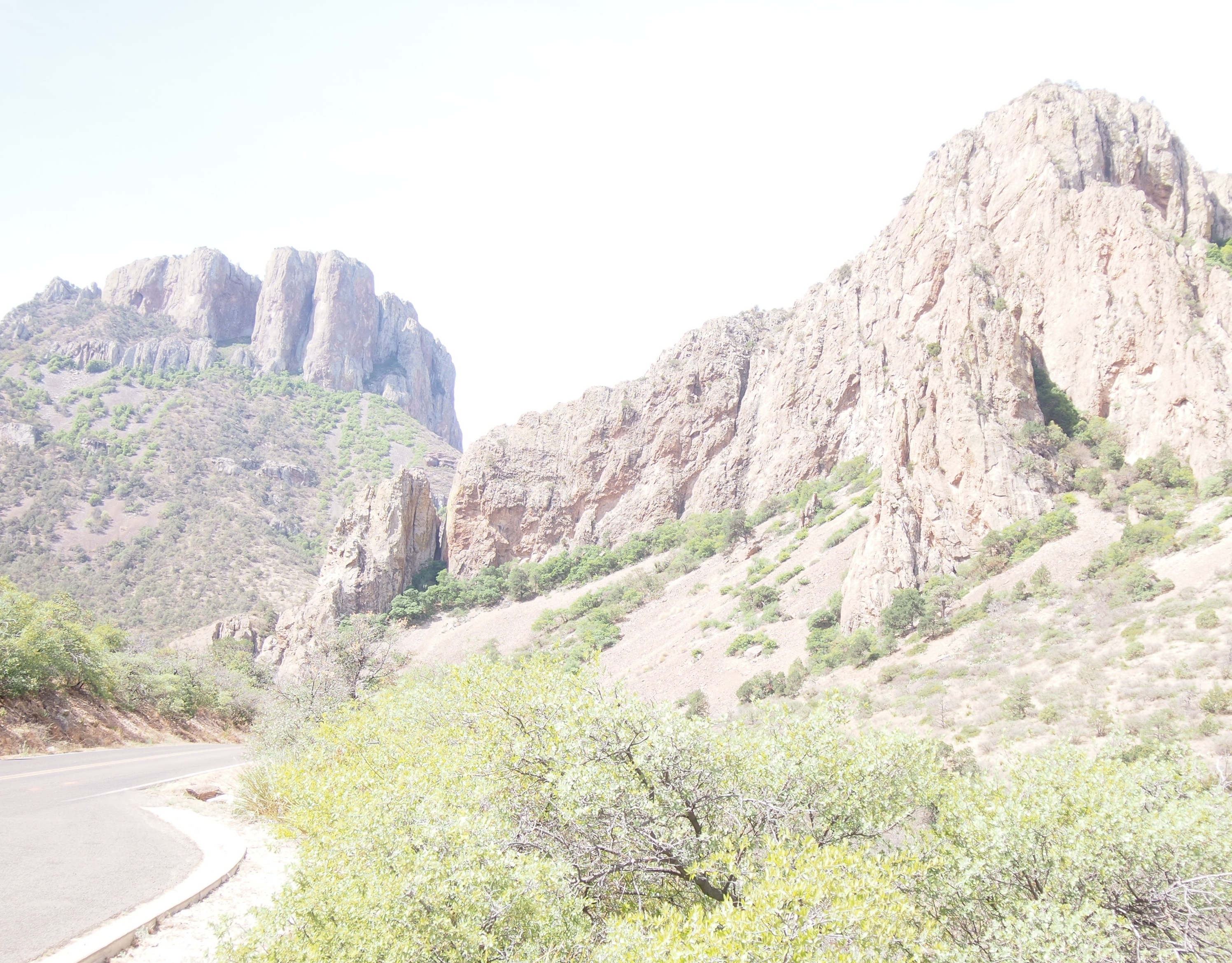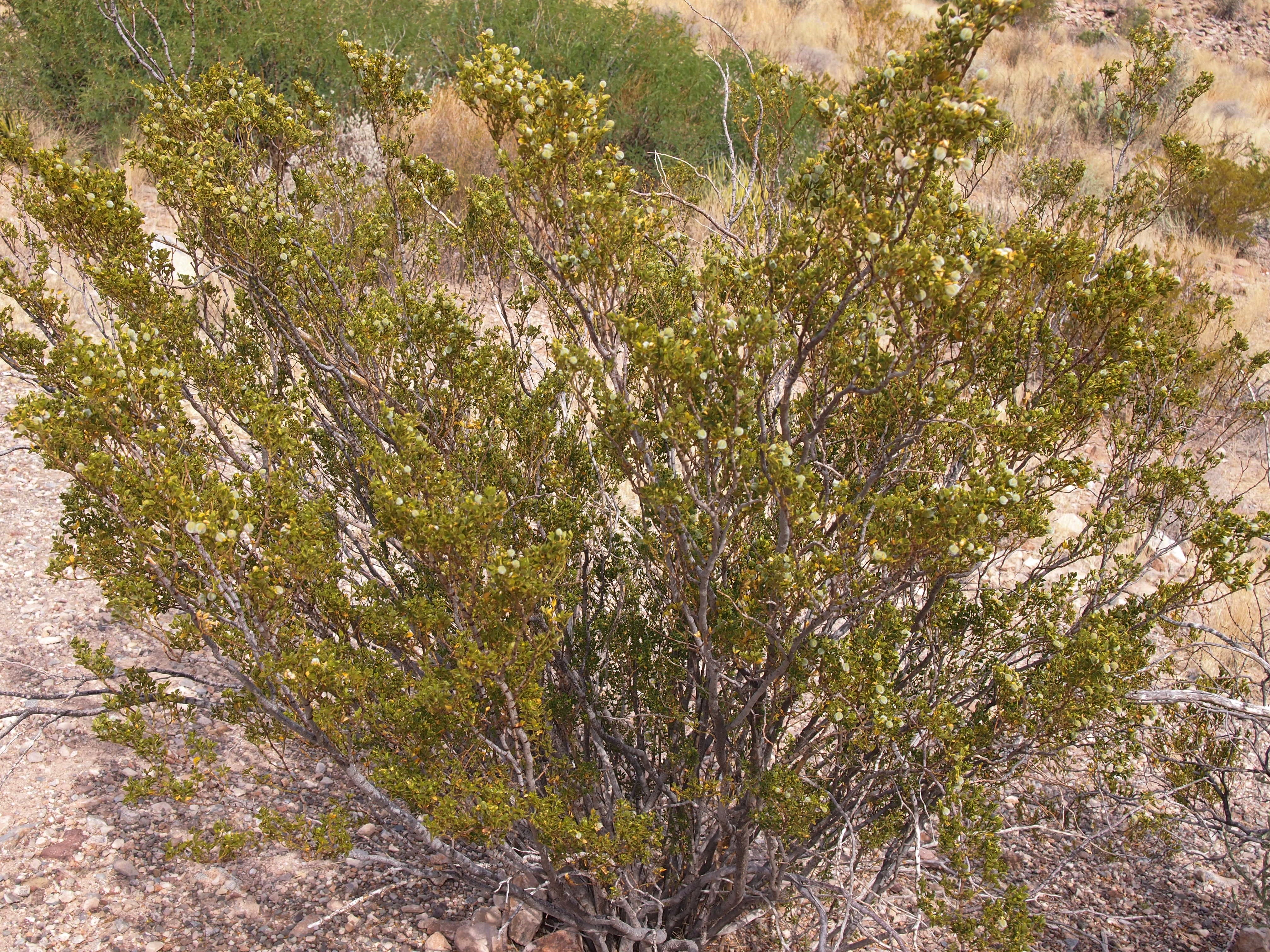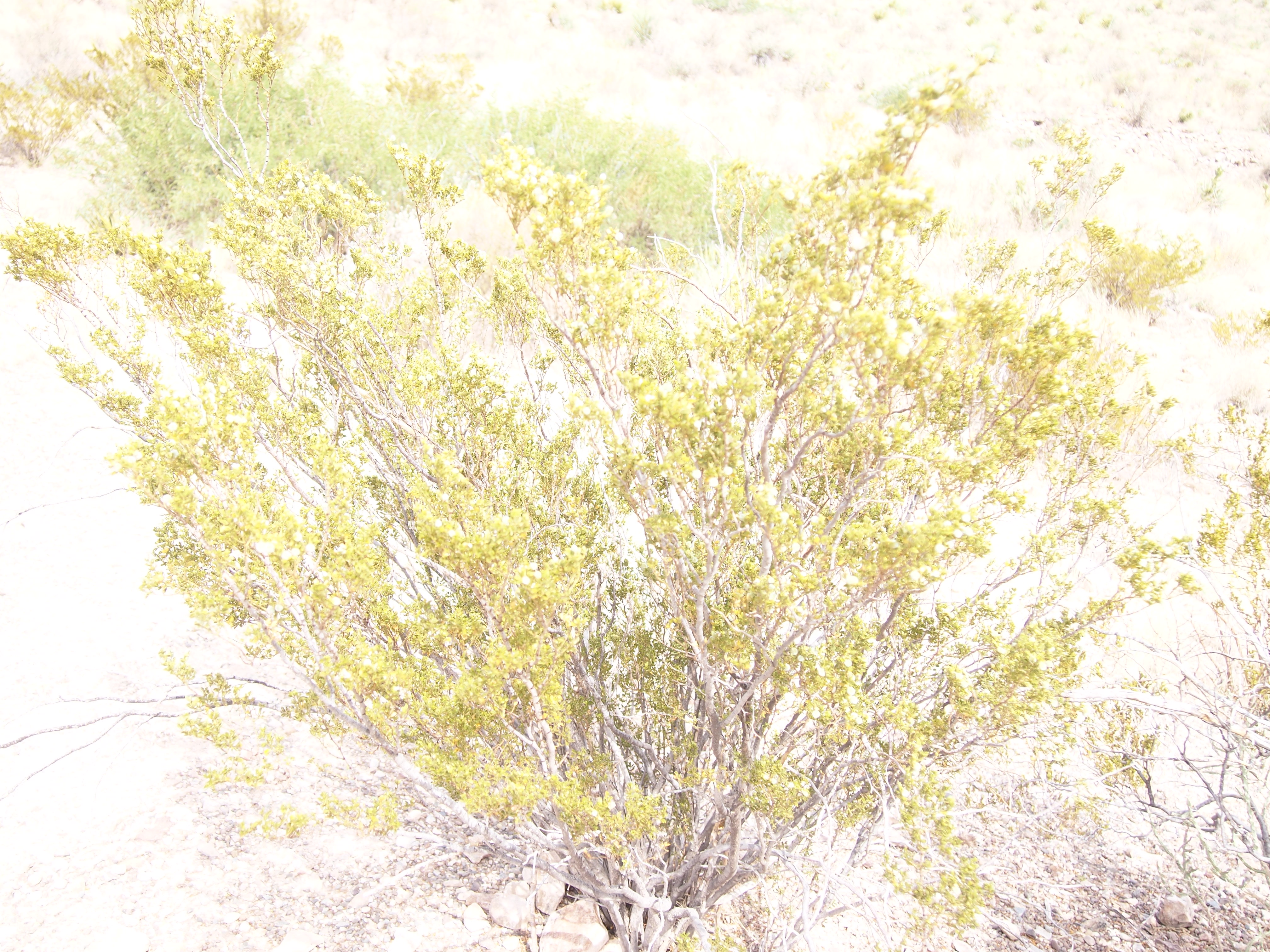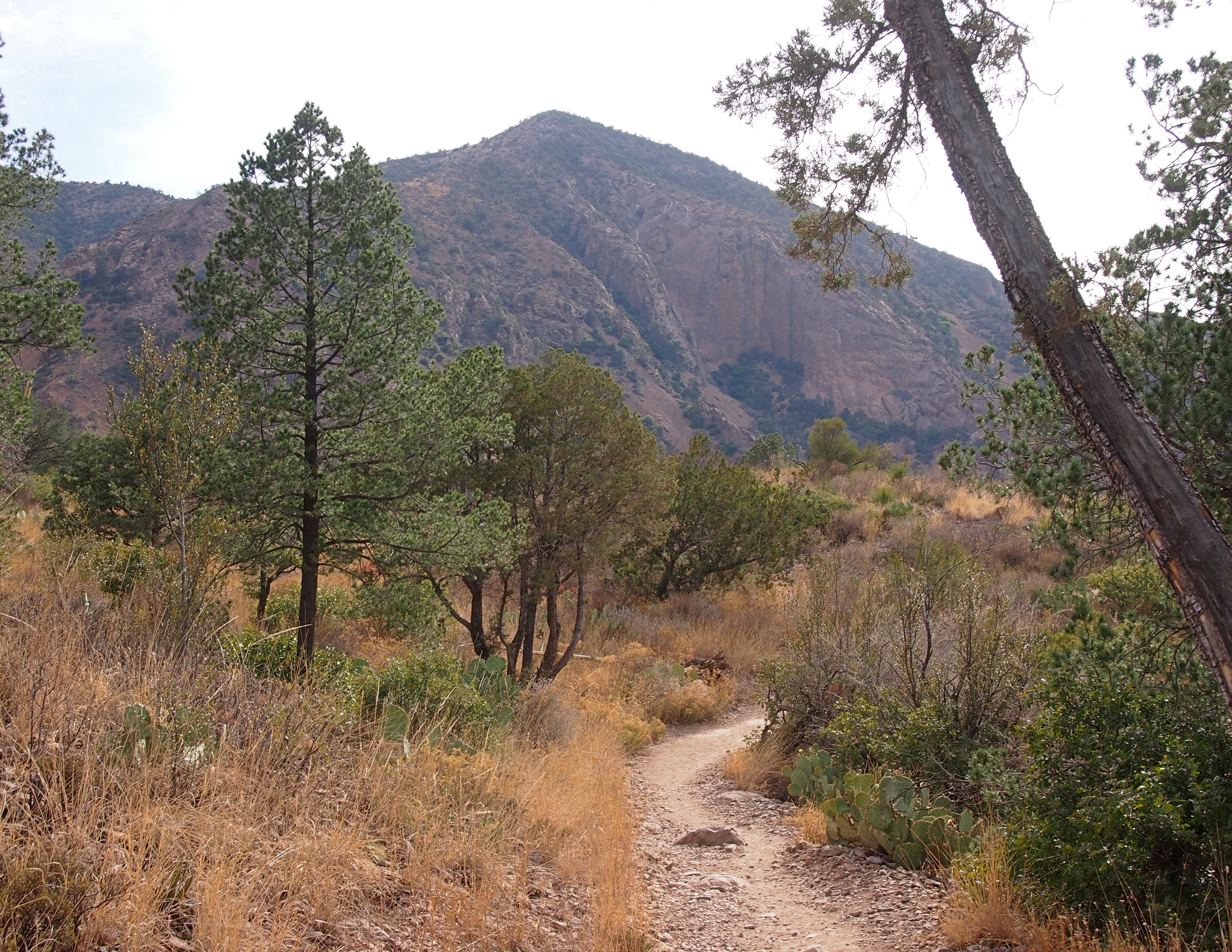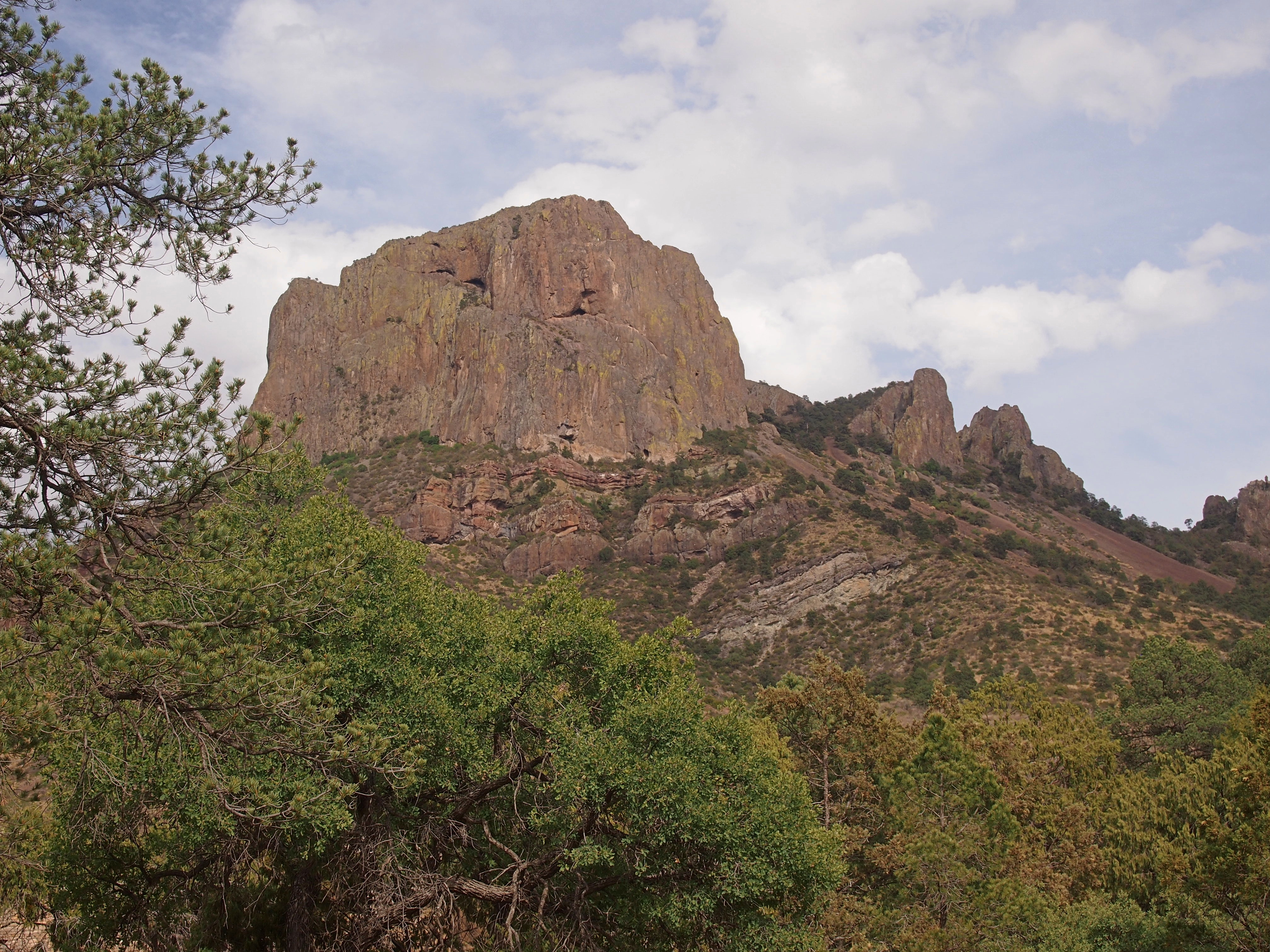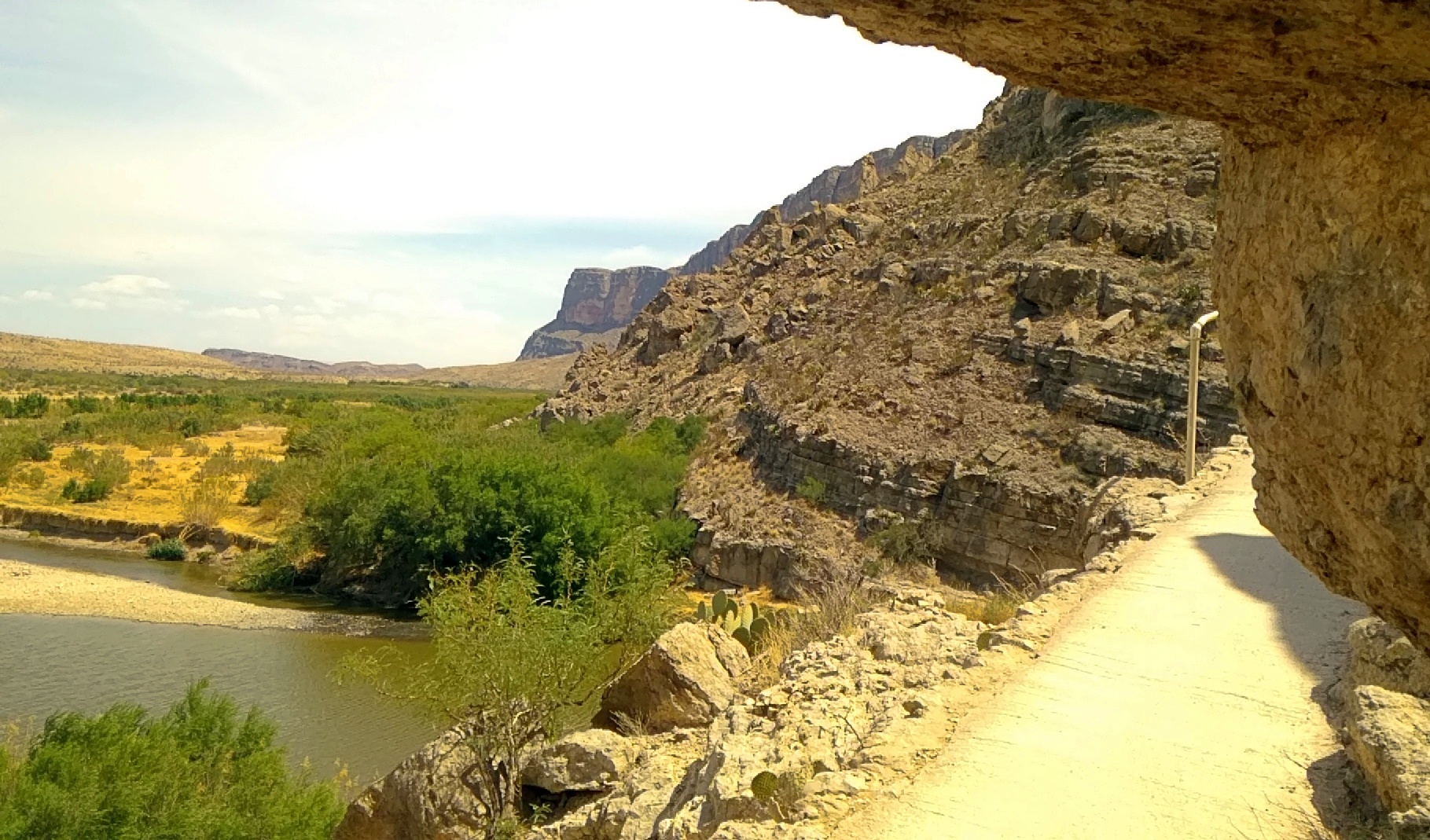Drove from metro Nashville to metro Chicago yesterday, which takes pretty much all day, but remains doable for me. Also doable is a day in which I walk four or five miles. That wasn’t yesterday, but Saturday.
Old friends, the kind you’ve known for decades, exist if you’re inclined toward close friends in the first place — and further inclined to put some effort in keeping up. A lot of people drift away. I’m fortunate in that I have a dozen old friends at least, not including that handful who have died. This fall I saw most of them, in person, first in Austin and then Nashville, and including some in the Chicago area that I visited before my recent travels. I played a large part in organizing the meetings, because it’s a thing much desired.
Austin, October 22, 2023: Me, Catherine, Tom, Jae.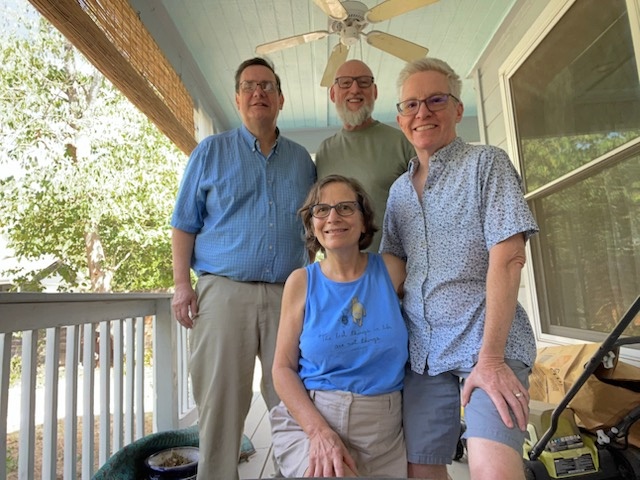
Nashville, November 4, 2023: Dan, Rich, me, Steve.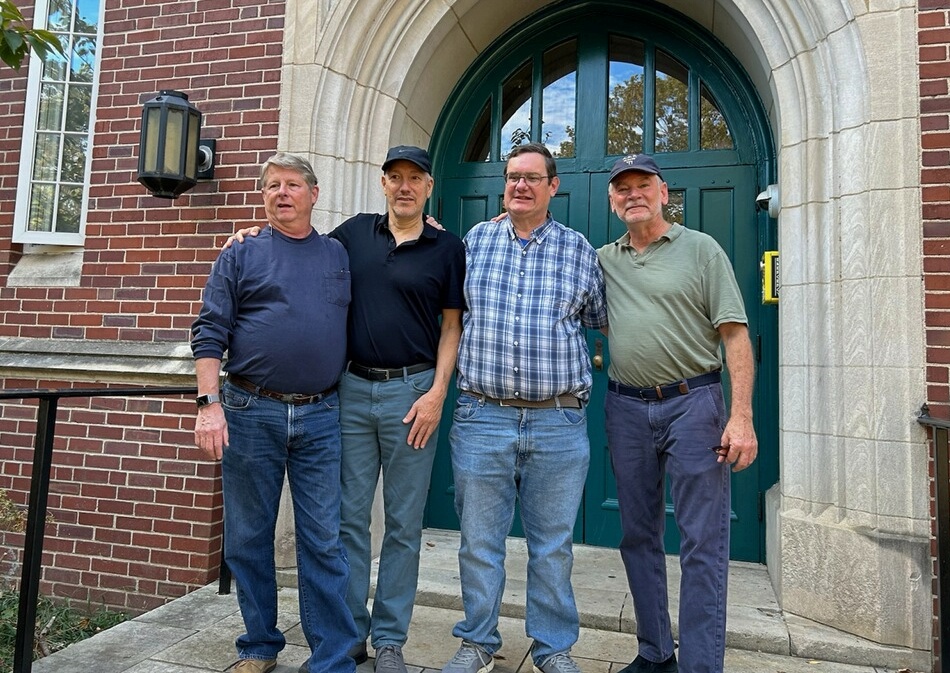
I’ve known the six individuals in the pictures who are not me a total 231 years, and while I haven’t been in contact with every one of them each one of those years, the continuity is there.
After returning from Texas a week ago on Sunday, I left for Nashville last Thursday. The trip had been quite a while in planning. It’s about 500 miles, so a serious commitment of driving time. I left early in the afternoon and drove not quite all that way, but rather far enough to overnight in Cave City, Kentucky, at Wigwam Village No. 2, a preserved tourist court with a faux teepee theme.
The next morning I drove to Nashville and had lunch at the home of Stephanie and her husband Wendall; I’ve known her since 1986. Later, Dan arrived from his home in Alabama, and early that evening, Dan and I picked up Rich and Steve, who had flown in from Massachusetts. We began our visit at a Nashville hot chicken joint that didn’t exist in our student days 40+ years ago.
From Friday evening to Monday morning, we hung out, conversing and laughing and playing cards and listening to music and eating and drinking and walking and driving around the city from our short-term rental apartment near the Vanderbilt campus. For much of Saturday, another old VU friend of ours, Margaret, a Tennessee resident originally from Kentucky, joined us with her husband Dave, as we walked around Vanderbilt, and then had dinner at a Korean storefront – another thing Nashville didn’t have all those decades ago. Among many pleasurable walks I’ve ever taken, this was one of the best.
Late Sunday morning, the four of us visited the grave of our mutual friend Mike, and spent much of the rest of the day in Nashville’s Centennial Park, including the inside of the Parthenon, which neither Rich nor Steve had seen since the monumental statue of Athena had been put in. Dinner at an Italian restaurant capped things off. Dan returned home Sunday night and I took Rich and Steve to the airport Monday morning, after which I drove the 500 miles home, stopping a little while in Louisville.
A complete carpi diem sort of weekend. We had a gas.

